
Autism is a neurodevelopmental disorder that affects a person’s social communications and behavioral domains. Autism Spectrum Disorder (ASD) is named that way because autism presents as a variety of different symptoms and severity levels. Currently in the United States about 1 in 59 children is diagnosed with autism, and approximately 2.21% of adults are ...

As the COVID-19 pandemic all too painfully showed, science, education, and action are all vital to public health. National Public Health Week, which is April 5-11, highlights the urgent need to “Build Bridges to Better Health”.
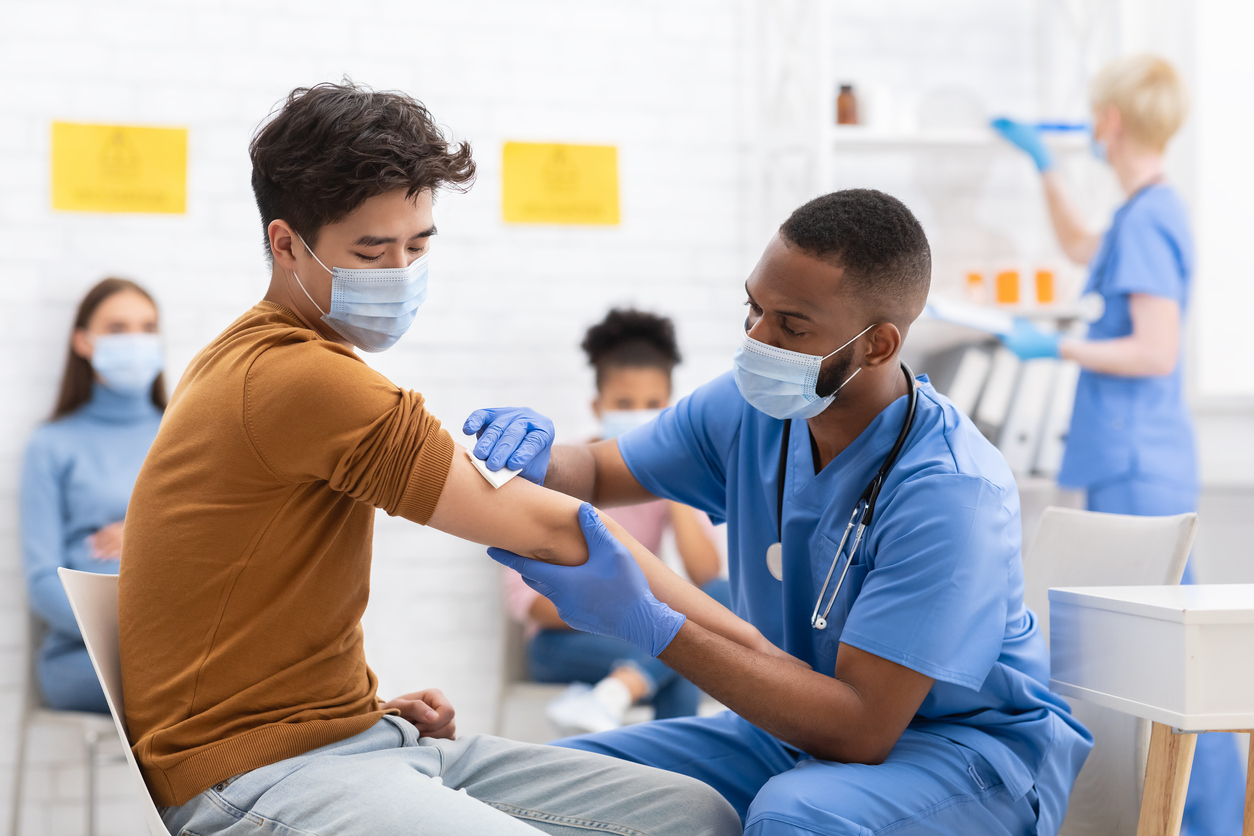
Pocket Nurse® and SimTalk™ Blog believe the solution to better patient outcomes is better education and a culture of patient safety. Our work supports healthcare education and simulation in order to reduce medical errors. We take our responsibility to future healthcare professionals and ...
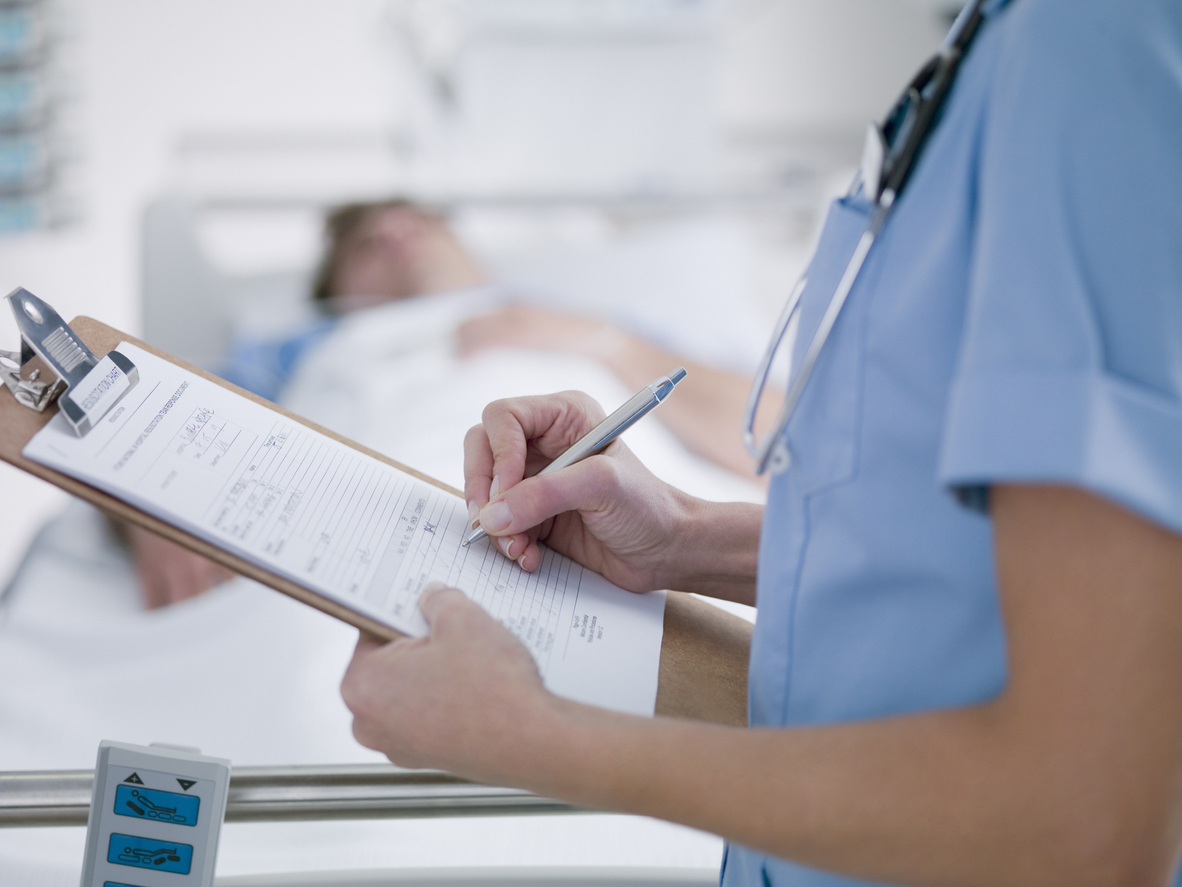
Linda Richards (full name Malinda Ann Judson Richards, b. July 27, 1841 - d. April 16, 1930) spent a lifetime as a caregiver, and made history as a nurse on several fronts.

On December 27, 2020, President Trump signed the Coronavirus Response and Relief Supplemental Appropriations Act 2021 (CRRSAA) into law. This action gave the U.S. Department of Education additional COVID-19 relief funding for institutions of higher education. The CRRSAA includes the same Higher Education Emergency Relief Fund (HEERF) model as the CARES ...
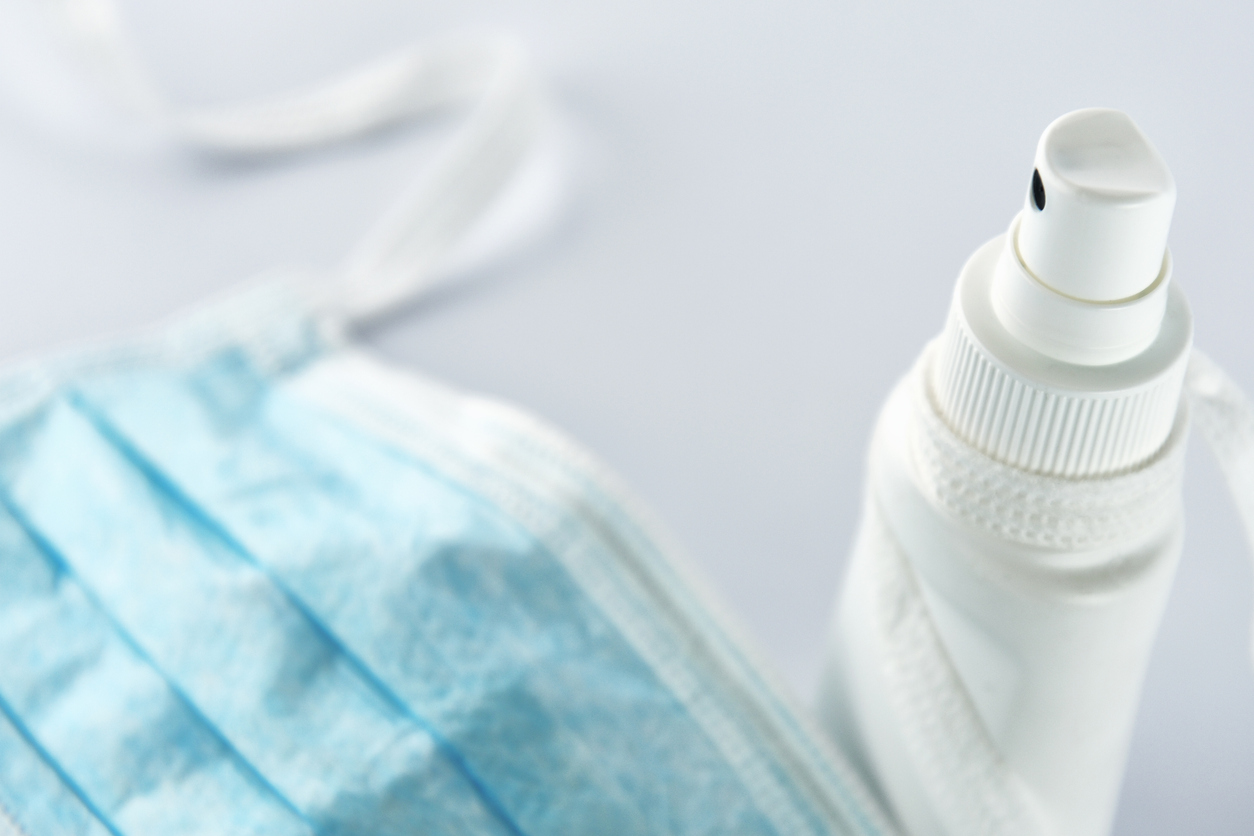
The general principles of infection control include universal precautions, also sometimes referred to as standard precautions. These principles are based on assessed risk, and make use of common-sense practice and personal protective equipment (PPE). Standard precautions are used in all patient care settings and in healthcare educational settings. The ...
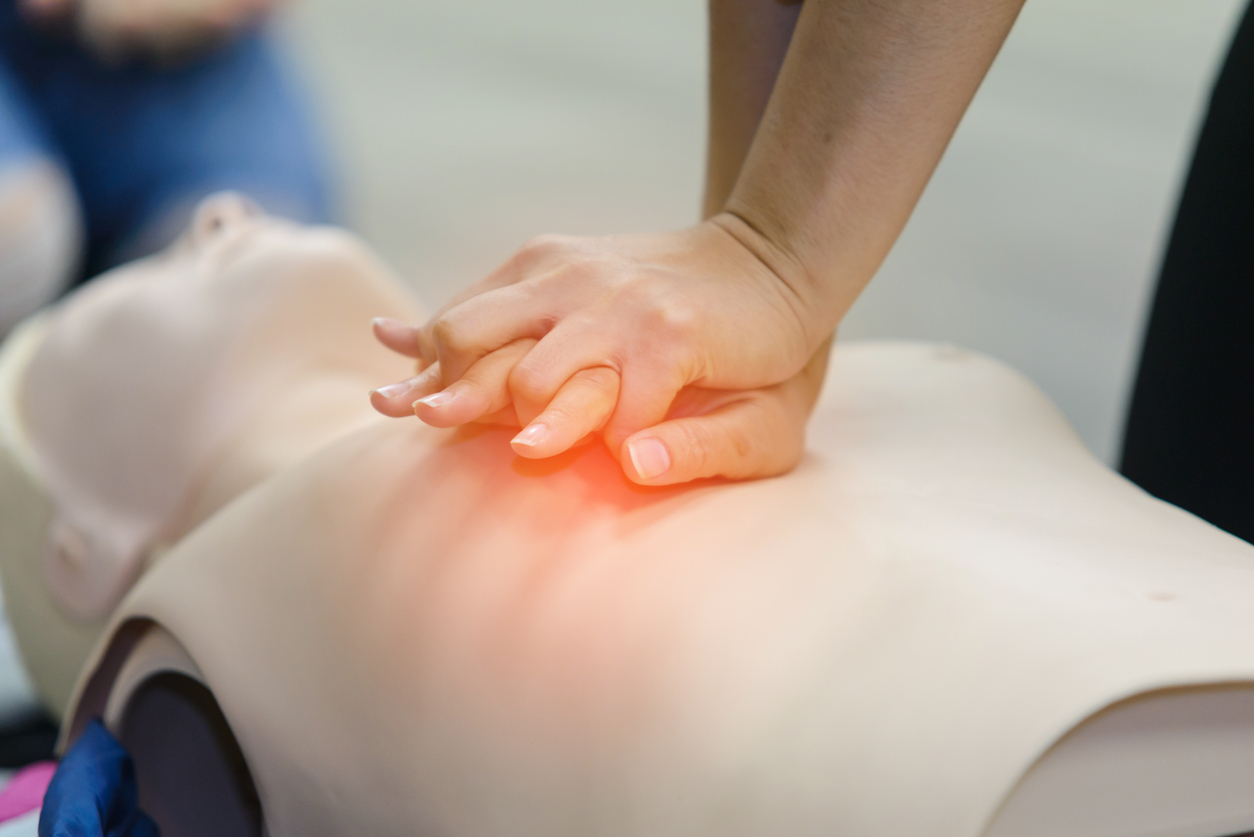
In-person learning is gradually opening up as the COVID-19 vaccine is distributed. In most states, healthcare workers, including those in emergency medical services, are first in line to get their vaccinations. School nurses, nursing educators, and EMS personnel are often certified CPR instructors on top of their other job duties. As such, they are ...
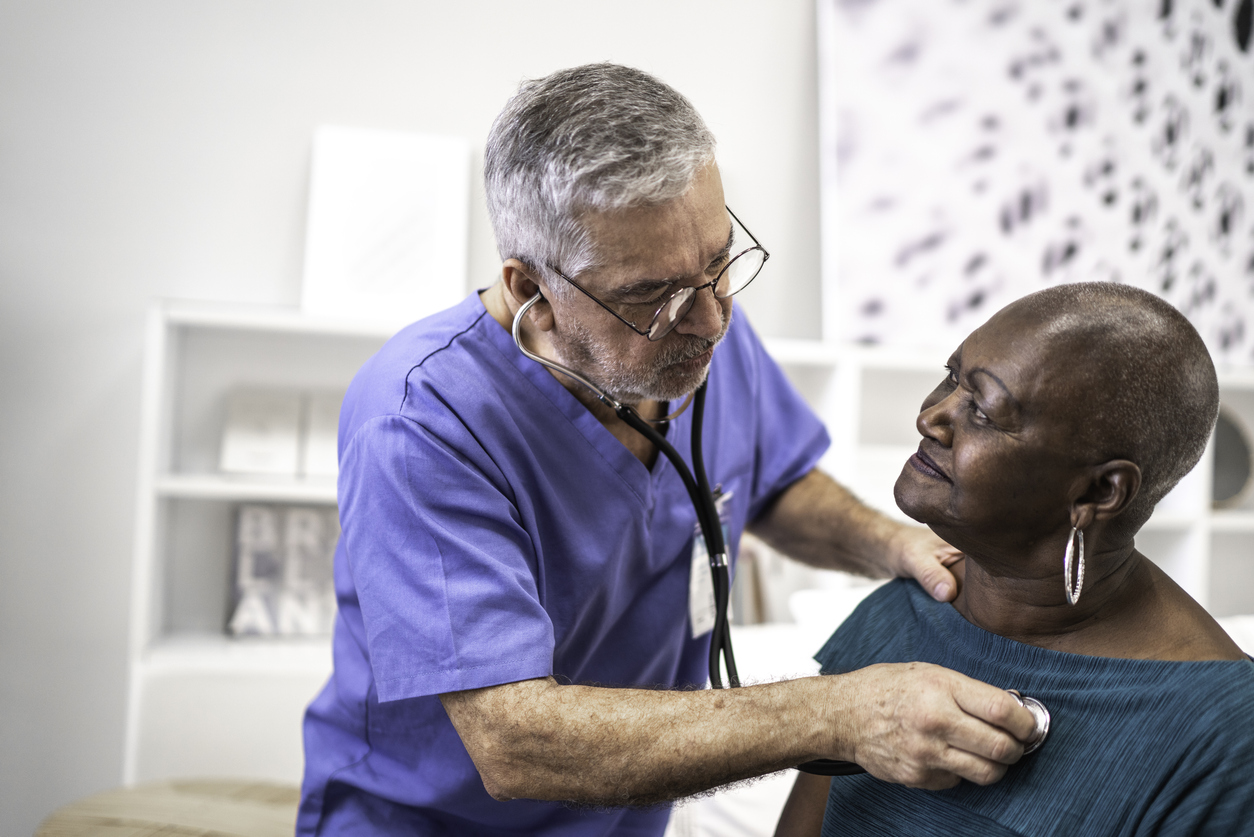
Although COVID-19 is primarily a virus that effects the respiratory system, healthcare professionals (HCPs) suspect that before long, secondary cardiac effects of the pandemic will start to surface. As TIME magazine puts it in a recent article:

Even as the end of remote learning and remote work slowly comes into view, we can take many lessons from the year that was 2020. Here is hoping we can adopt what we have learned regarding remote classrooms and virtual learning, and use them to our advantage going forward.
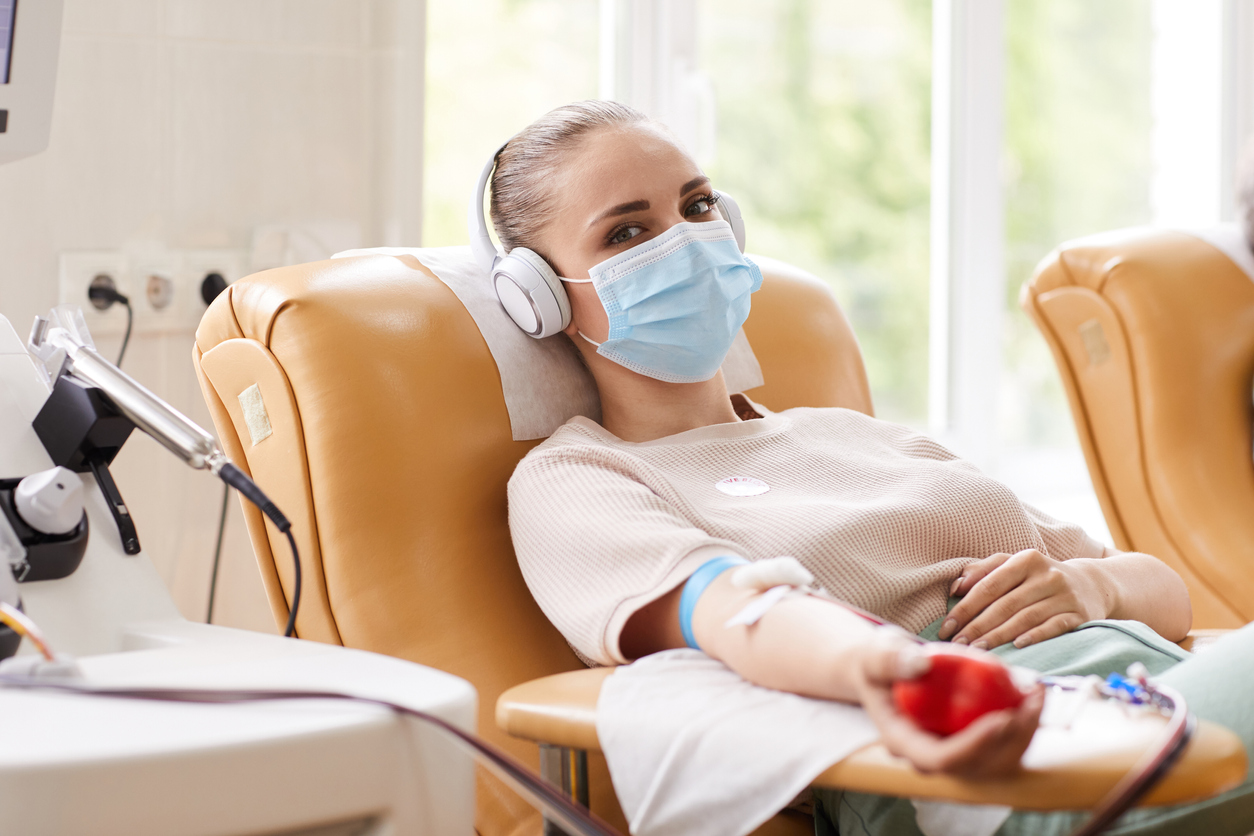
Even as the COVID-19 pandemic is the top concern in the healthcare community, people will have other reasons to seek care in a hospital: chemotherapy, trauma and accidents, childbirth. And some of those patients will need blood transfusions.

The first week back to work at the beginning of a new year can be a blur, and amid a busy schedule of preparations for the arrival of students for in-person and online learning, setting time aside to think about goals can feel like just one more item on a miles-long to-do ...

While this year has been challenging for all of us, I wanted to take a moment to express my sincere gratitude for your ongoing loyalty.

In the strange year that 2020 has been, we are happy that we can support your educational goals with accurate and informational articles. We look forward to bringing you more great content in 2021!
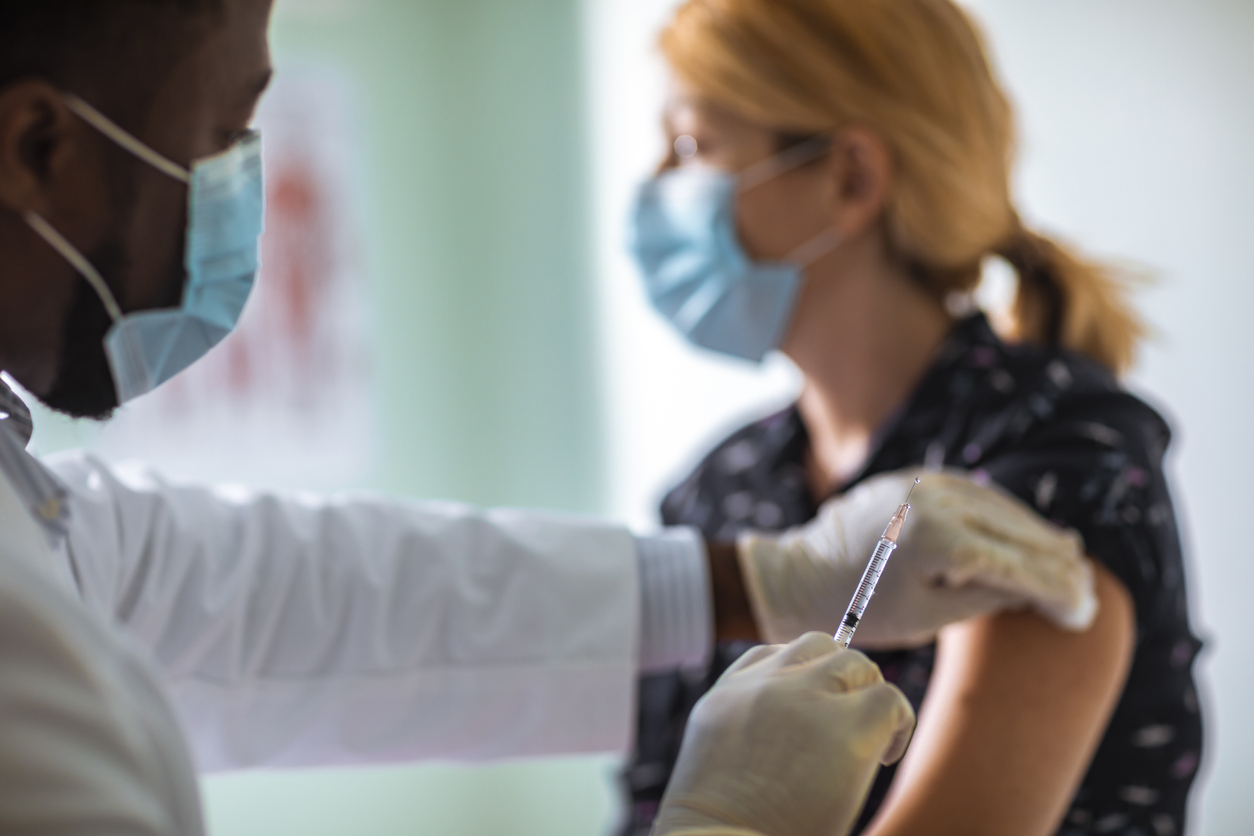
As we come upon Thanksgiving Day, Pocket Nurse wants to express our thanks that we have been able to meet the challenges of 2020. We have worked very hard to meet the demand for personal protective equipment (PPE), hand sanitizers, disinfectant cleaning supplies, face masks and shields, and protective barriers.
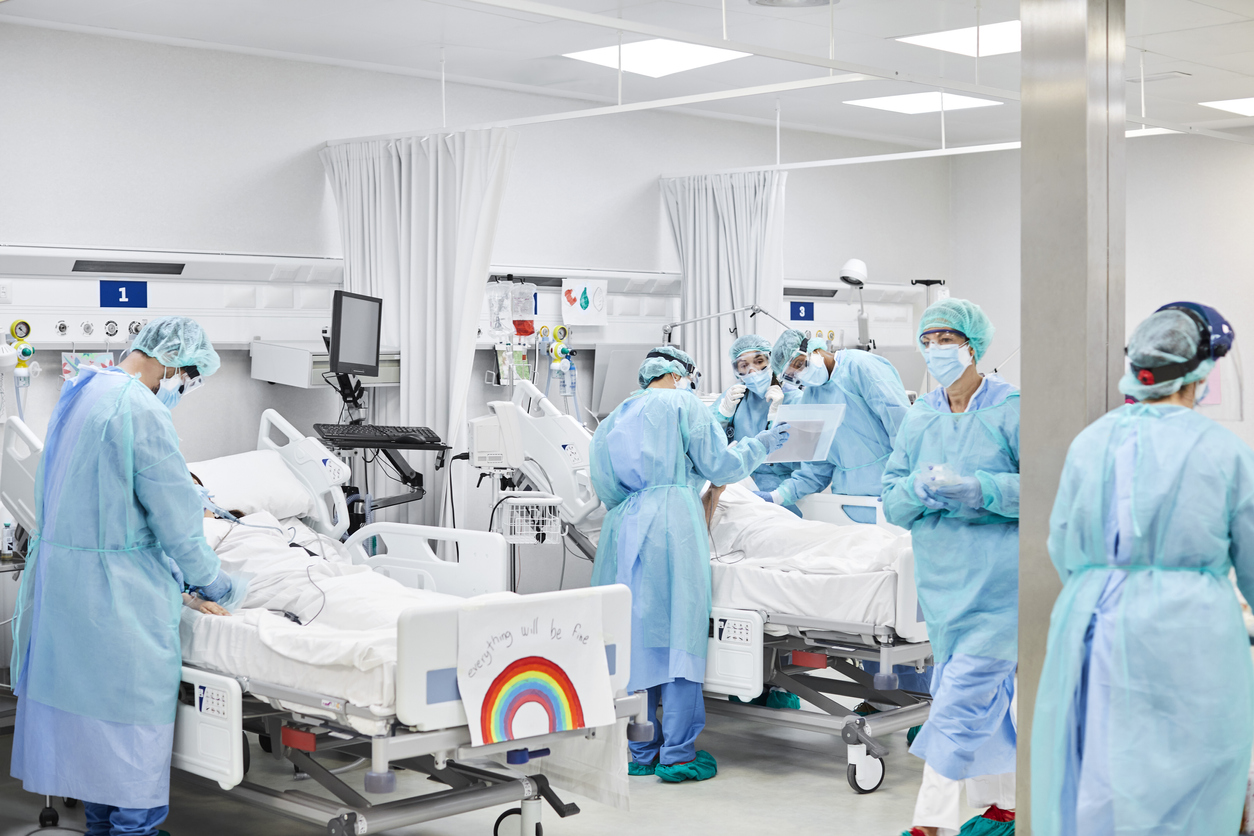
The Coronavirus Aid, Relief, and Economic Security (CARES) Act allocated $14 billion to post-secondary institutions to use with the Higher Education Emergency Relief Fund (HEERF) portion. Schools can use these funds for distance learning equipment, financial aid to students, and other supplies and equipment that support their curricula.
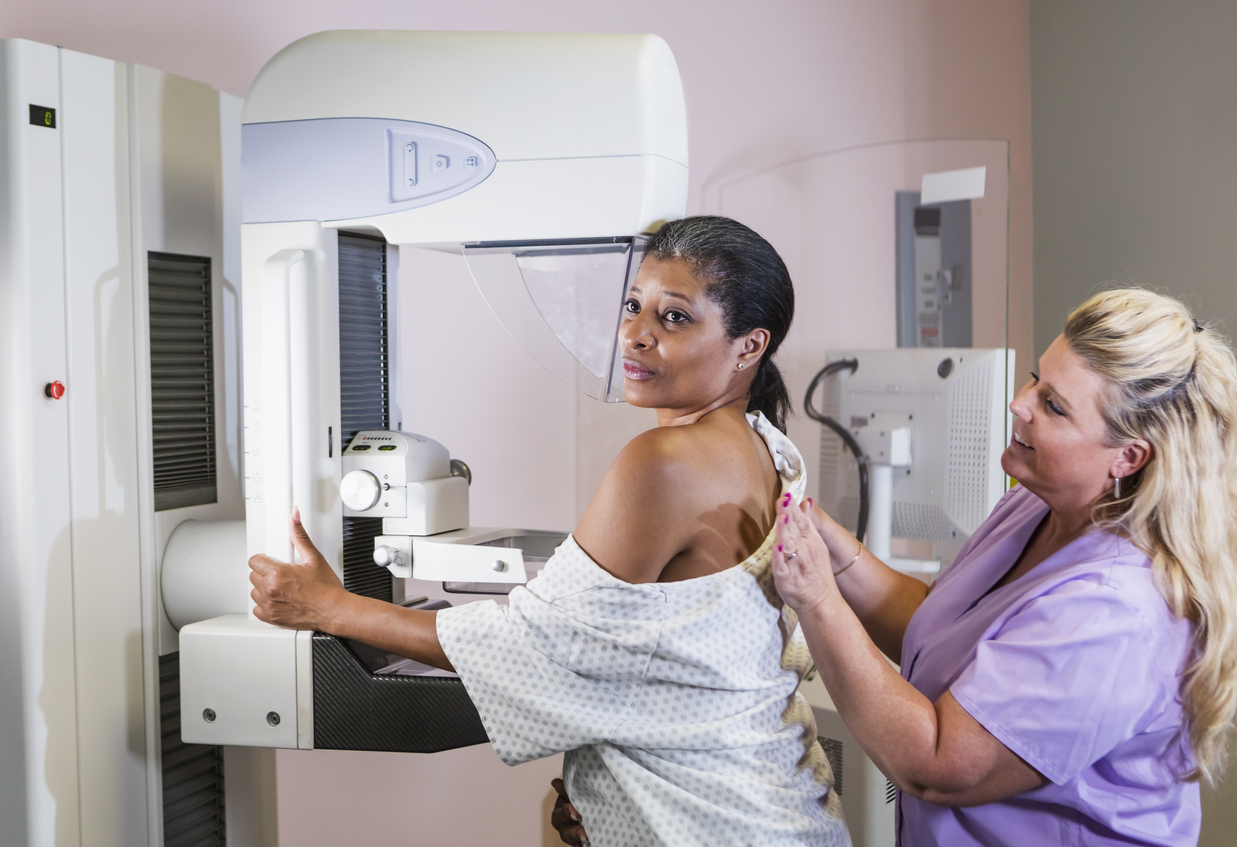
As is well known by now, breast cancer is the second most common cancer in women. White women and black women in the United States get breast cancer at similar rates, but black women die of breast cancer at a higher rate than white women.
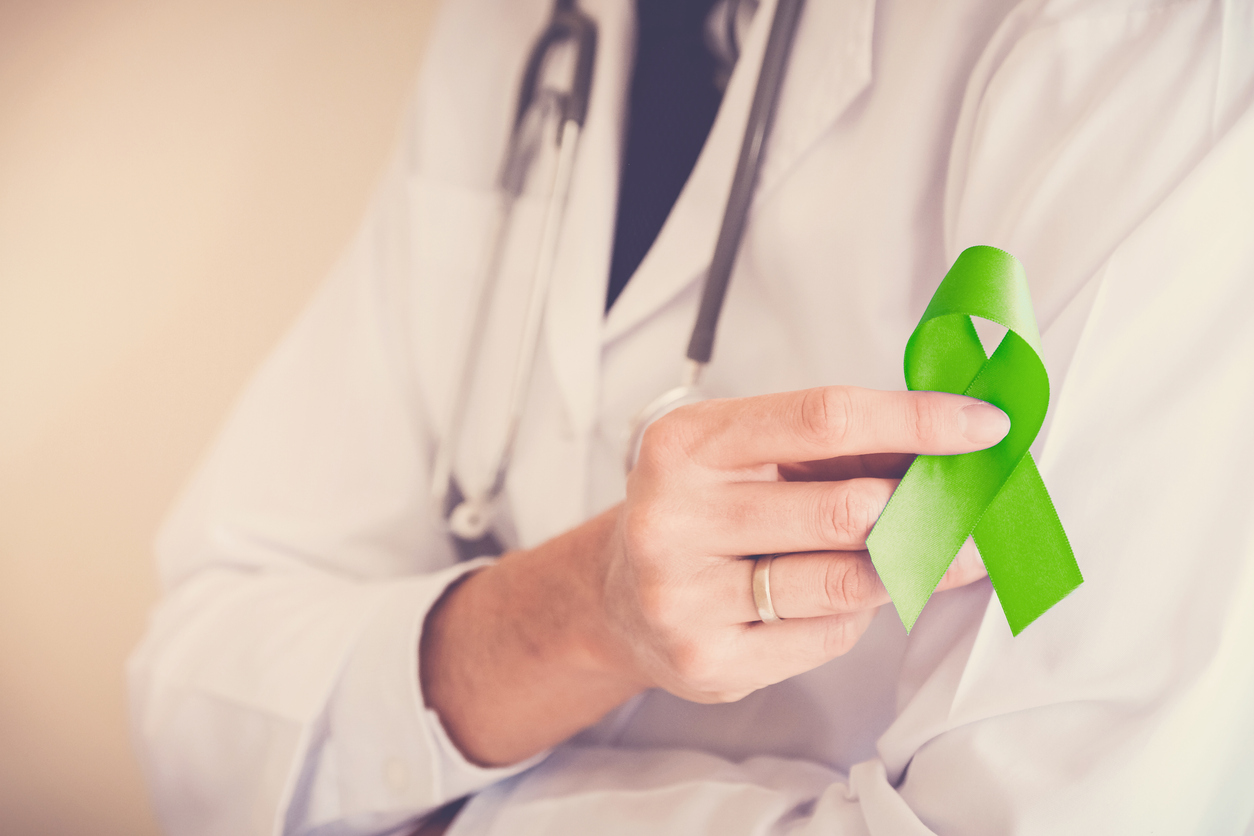
Nearly one in five adults in the United States lives with a mental illness, which can range in severity from mild to moderate to severe.1 World-wide, approximately 450 million people suffer with a mental or behavioral problem that impacts their daily living. According to the World Health Organization (WHO), among the ten leading causes of disability are ...
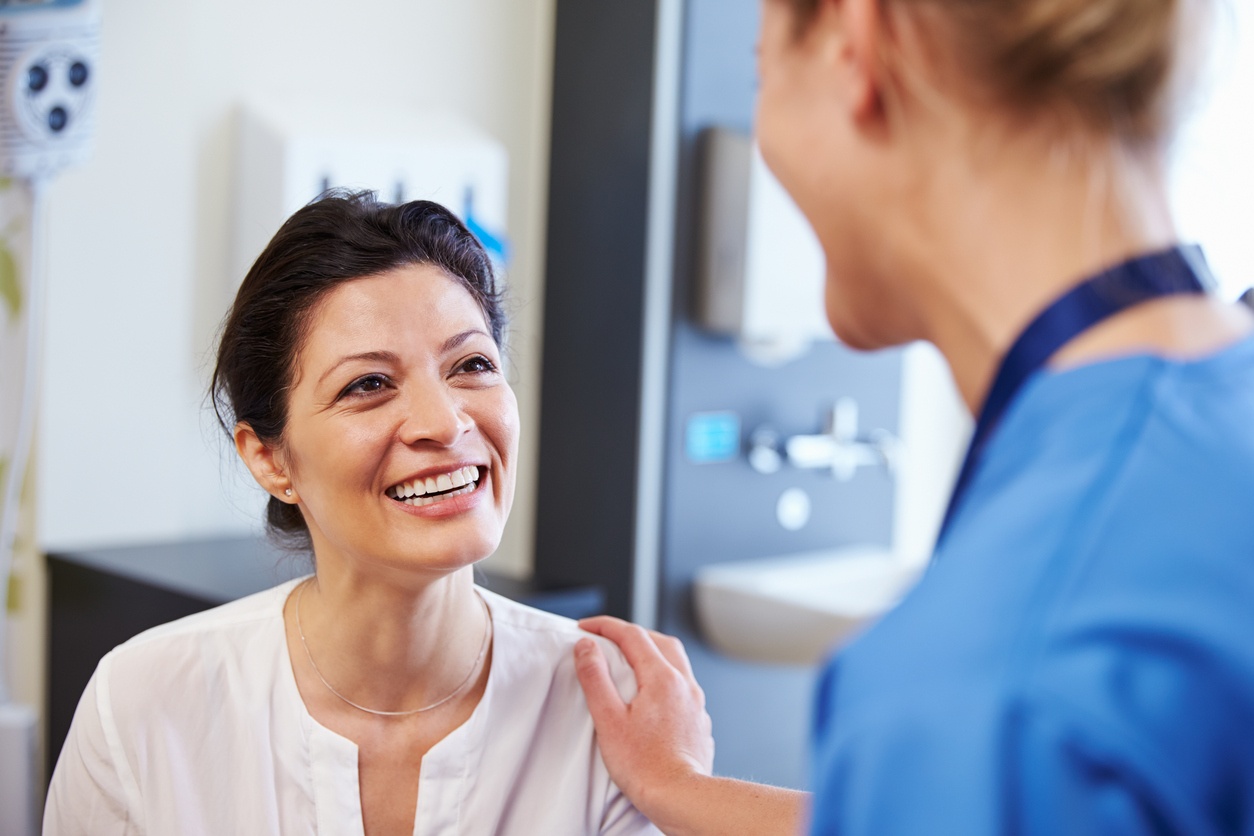
One of the most important soft skills needed for future healthcare professionals, empathy is often considered the ability to put oneself in another person’s shoes and respectfully seek to understand their perspective. It involves active listening, respect for patients, and a desire to work with them to achieve their health goals, rather than dismissing ...

Pocket Nurse® recently sent out a survey asking healthcare educators to share the challenges they are facing as they transition to online education. Many educators responded that they are struggling to engage their students and build camaraderie among their class.

Pocket Nurse® recently sent out a survey (

Midwives have been practicing as long as women have been having babies. The history of midwifery, obstetrics, and gynecology date back to earliest human times. However, midwifery practice didn’t appear officially in the United States until 1925, when
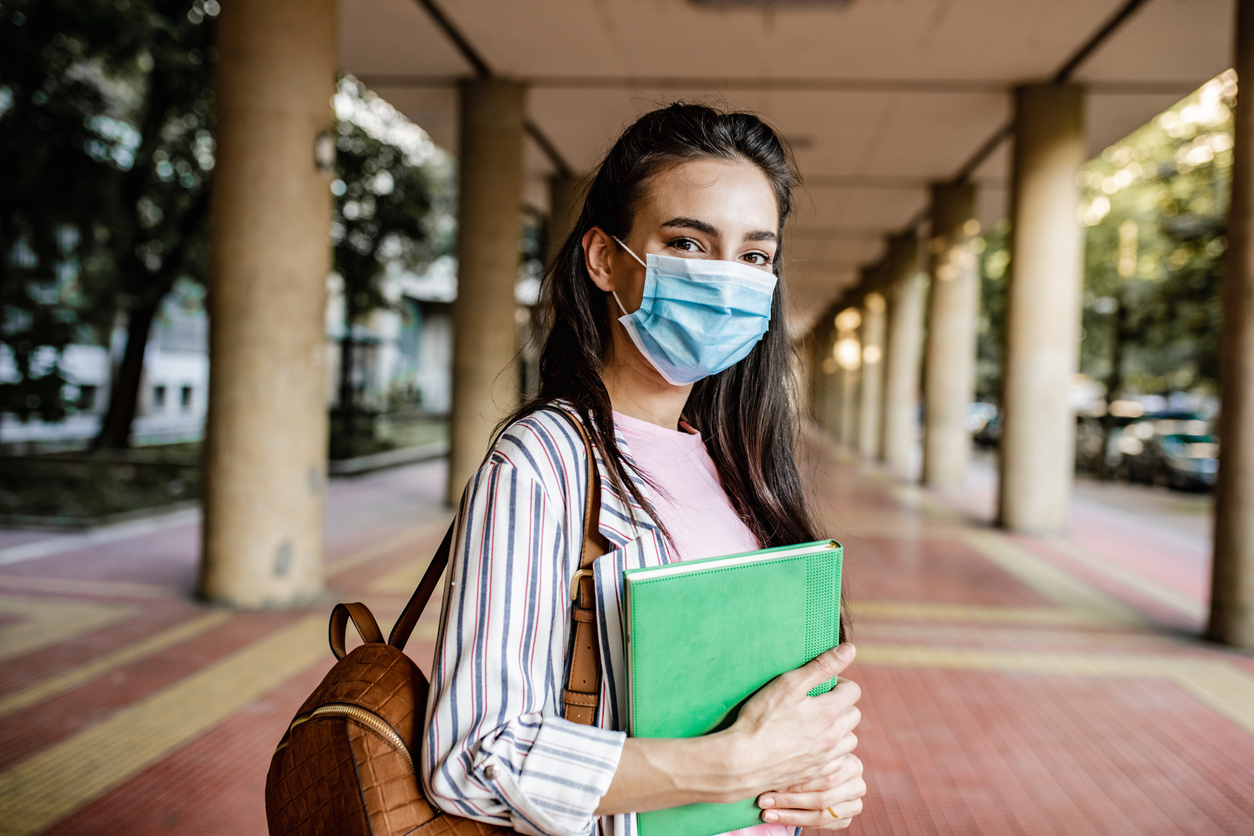
With the beginning of the school year upon us, educators face the question of whether or not to have in-person classes. For schools that do decide to reopen to in-person learning, extensive safety measures are in order. While it is impossible to reduce the risk of infection to zero, a proper reopening plan can drastically reduce the risk of COVID-19 ...

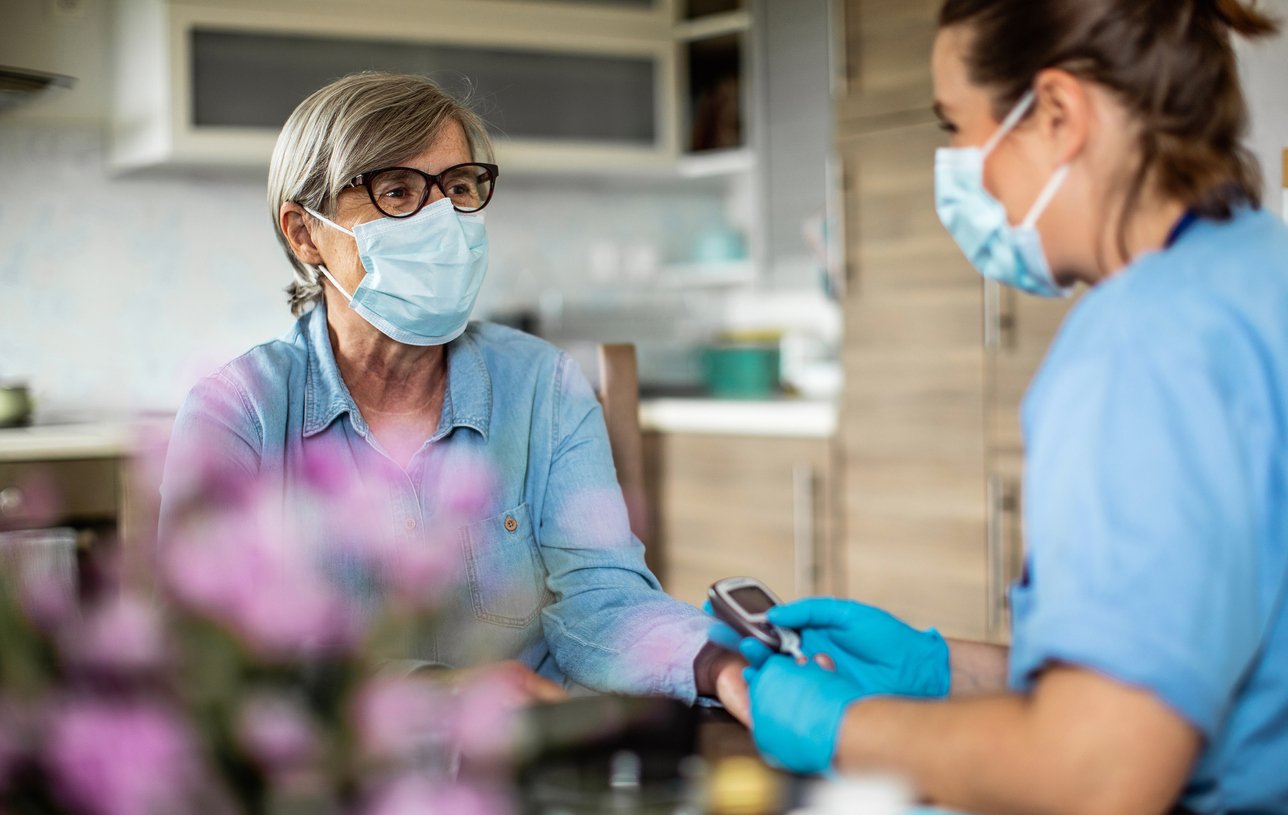
Although there has been a renewed public interest in mask-wearing for infection control due to the rise of COVID-19, it is nothing new for healthcare providers. Nurses, EMTs, doctors, and other healthcare workers have long taken precautions against spreading infectious diseases and viruses using infection control procedures like proper hand washing and ...

It has become evident that we must look at temperature as one of the first ways to help manage the risks associated with the current global pandemic and in creating a first line of defense for employees, patients, and the public.

It is estimated that by 2050, that minority populations will constitute half of the general population in the United States. Minority populations face different healthcare issues than the majority population; cultural issues can come into play as well.

It’s estimated that the transgender population in the United States is very small, with census numbers ranging from 0.6 percent to 1.2 percent of the adult population. However, this small population is disproportionally affected by mental health issues and homelessness.

Who would have thought we would be in a pandemic during the Year of the Nurse and Midwife?
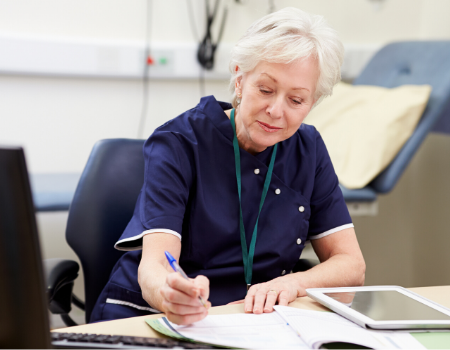
With the COVID-19 pandemic shutting down schools and classrooms, teachers are scrambling to continue to teach students. Some institutions of higher learning may have been ready to switch to a completely remote learning model, but they are likely in the minority of programs.

With the sudden changes brought about by the COVID-19 pandemic, there was an unexpected disruption to nursing student clinical experiences. Instead of caring for patients in the clinical setting or in a simulation lab, students are providing care in screen-based simulation environments.
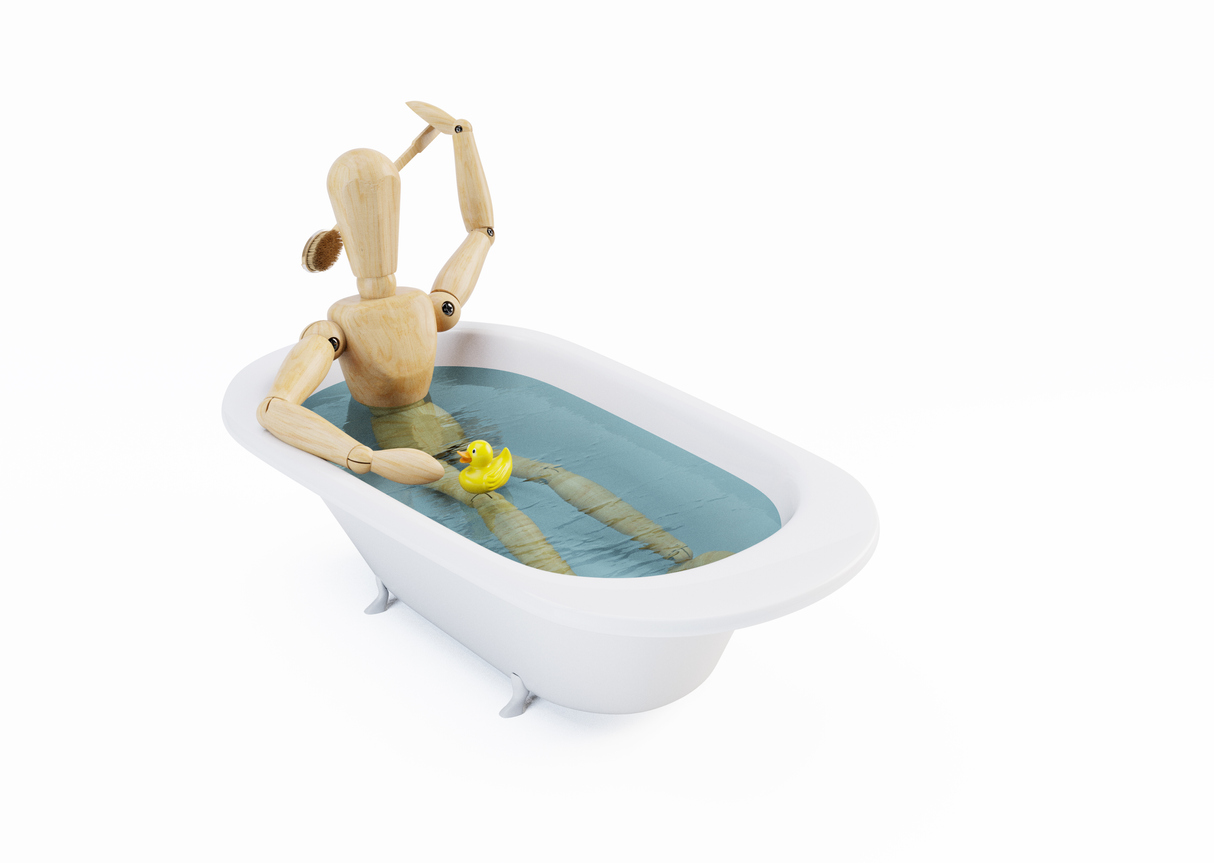
This week, we have special content from the SimGeeks podcast. SimGeeks is a podcast about medical simulation from William Belk and David Shablak. Episode 10 is about cleaning and disinfecting simulation equipment in the age of coronavirus. Will and David welcome special guest Nick Brauer. The following is a summary of the podcast. For the complete ...
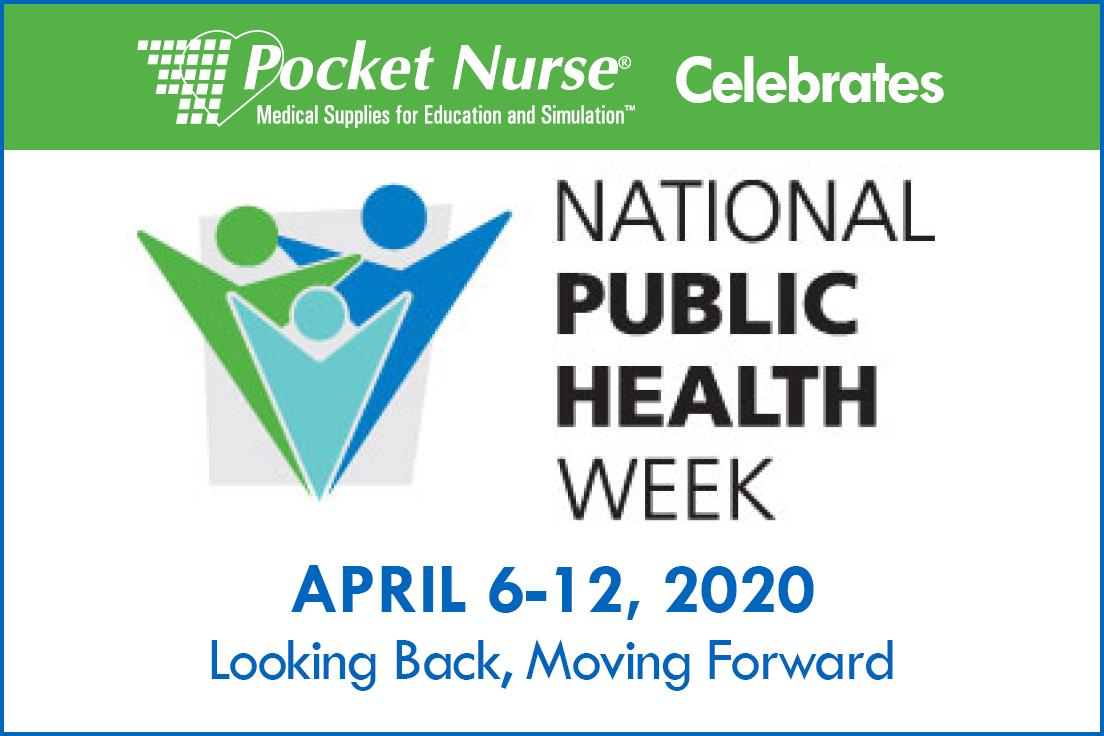
It is the 25th anniversary of National Public Health Week (NPHW), which was created by the American Public Health Association. This year, NPHW (and World Health Day) both take place in the midst of the COVID-19 pandemic. Public health is a vital cornerstone for people in every community to live long and healthy lives in safe environments.

As the COVID-19 pandemic sweeps the globe, discussions surrounding the immune system are especially prominent. It’s important to note that due to the novel nature of coronavirus disease COVID-19, new information surrounding transmission, infection, and immunity to the disease is being uncovered almost every day, and much is still unknown about the ...
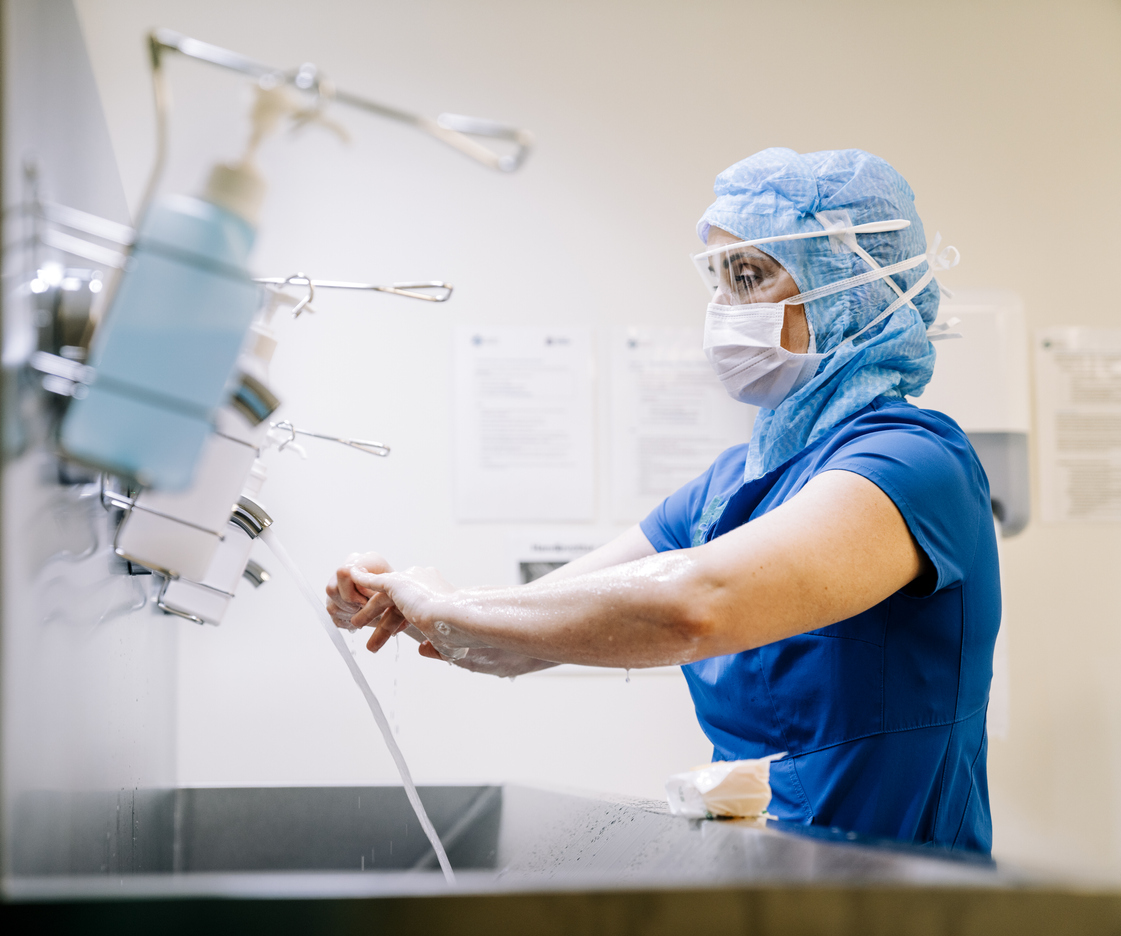
With the advent of COVID-19, the move to virtual instruction has been accelerated. As was noted in "The State of Simulation Education," virtual reality (VR) is revolutionizing the world of simulation, from stand-alone VR systems to manikins that incorporate VR and augmented reality (AR) into the simulators.
.jpg)
As a nurse-owned-and-operated company, Pocket Nurse® understands the importance of carefully dealing with a new virus and the accompanying unknowns.
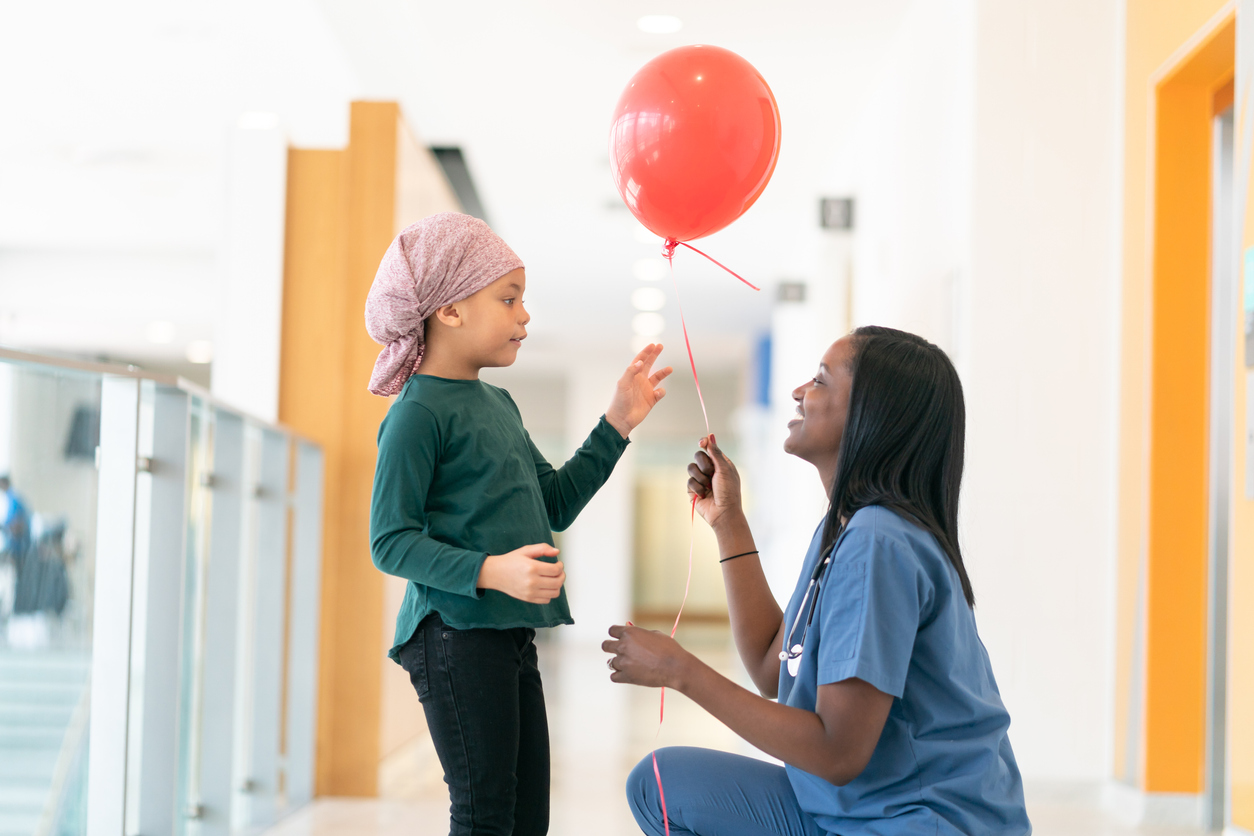
Virginia A. Henderson (November 30, 1897 – March 19, 1996) was a nurse theorist and educator who advocated for a positive view of the nursing profession. Henderson developed the Nursing Need Theory, a way to define the focus of nursing practice. The focus of the theory is on the importance of increasing the patient’s independence in order to foster his ...
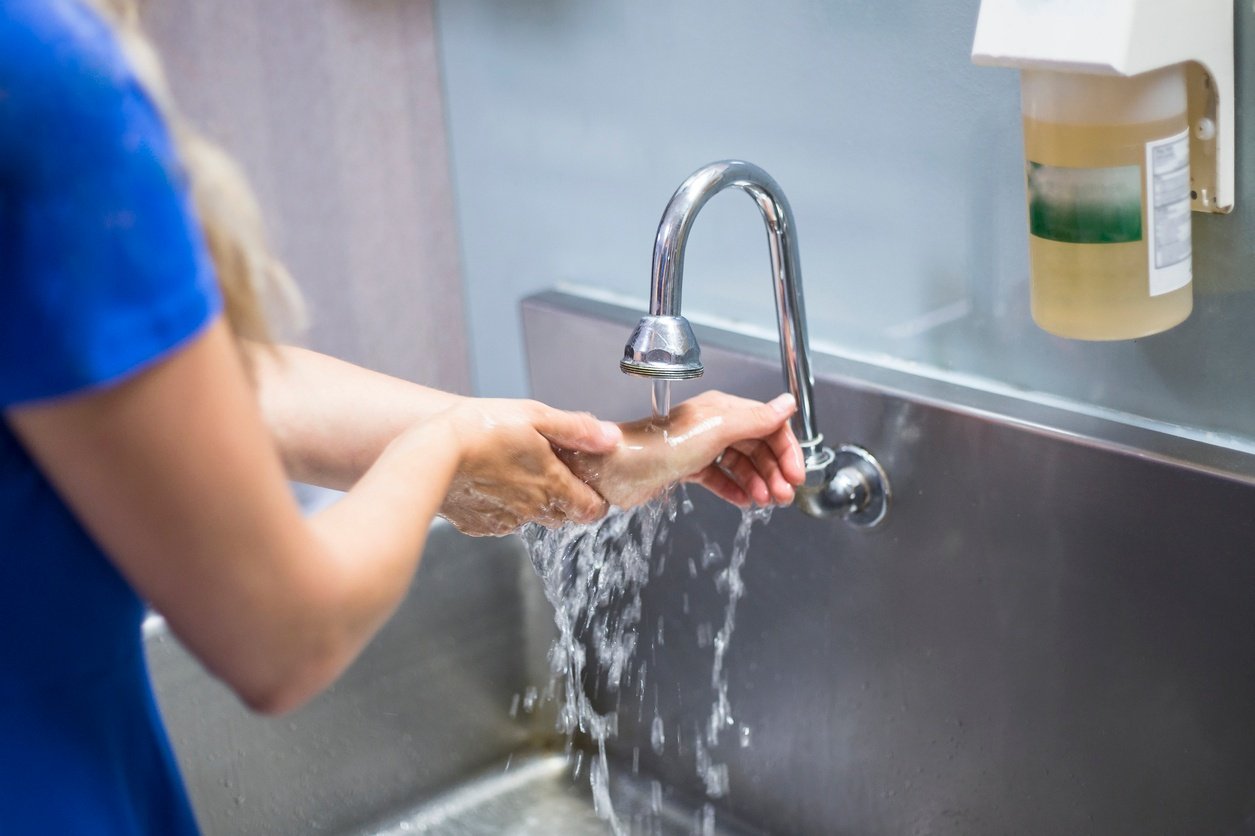
One of the most important things healthcare professionals, educators, and students know – because they are reminded about it over and over again – is the proper way to wash their hands.

The title “salesperson” can sometimes create a negative reaction. Almost everyone can recall a time when just knowing an interaction with a salesperson was coming up caused a pit in one’s stomach. Whether it’s a professional transaction with a fellow businessperson or the personal experience of buying a car, many people approach the sales experience with ...

Approximately 57 million people in the United States, or about 20 percent of the population, speak a language other than English in their homes. Another 25 million people, about 8.6 percent of the population, are considered to have limited English proficiency (LEP). The Pew Research Center estimates that by the year 2021, 50 percent of newly insured ...

Auscultation, which is the science of listening to sounds from the heart, lung, and other organs, is a basic and important skill for healthcare professionals. Yet, study after study shows that healthcare professionals are only able to identify a small percentage of heart sounds. How can instructors bridge this gap?
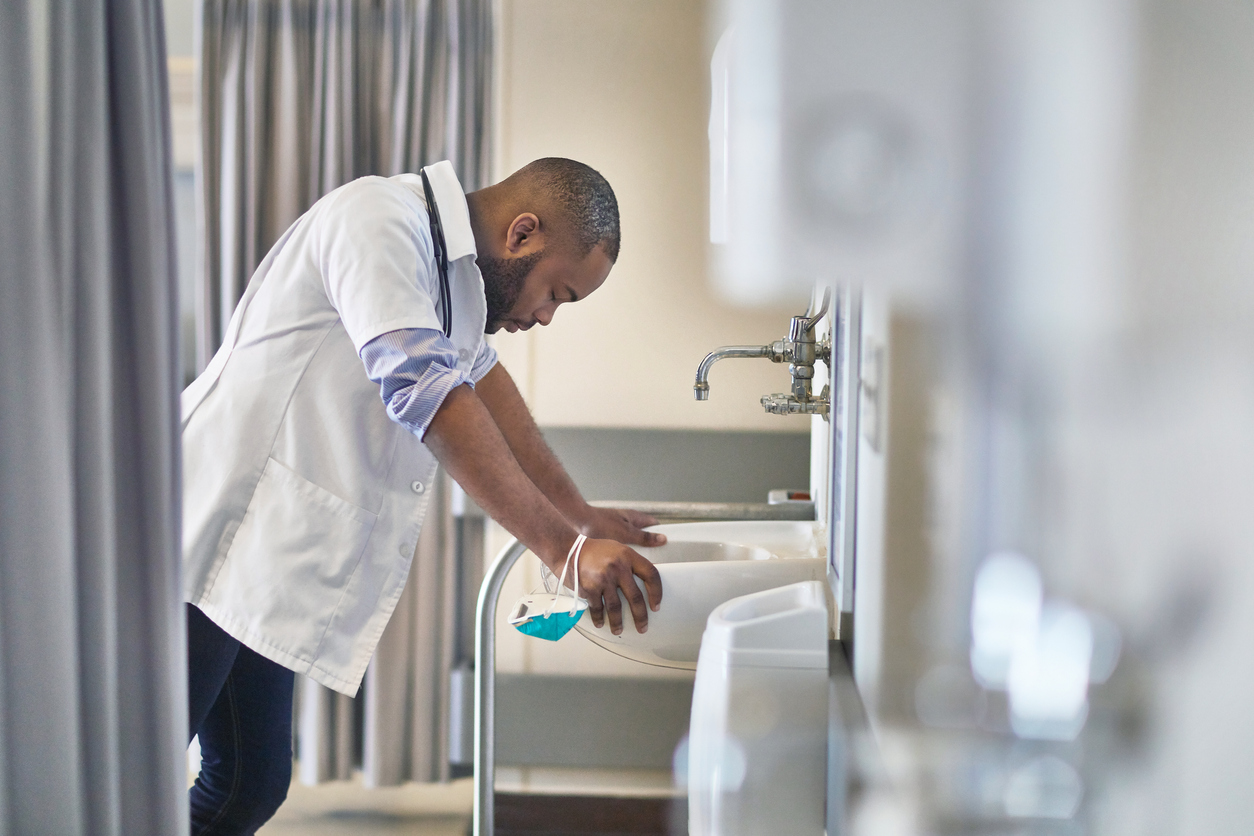
A career in healthcare can have many stressful moments. Some healthcare professionals must deal with stress on a daily – even hourly -- basis. Yet students in healthcare programs get very little experience in dealing with career stressors.
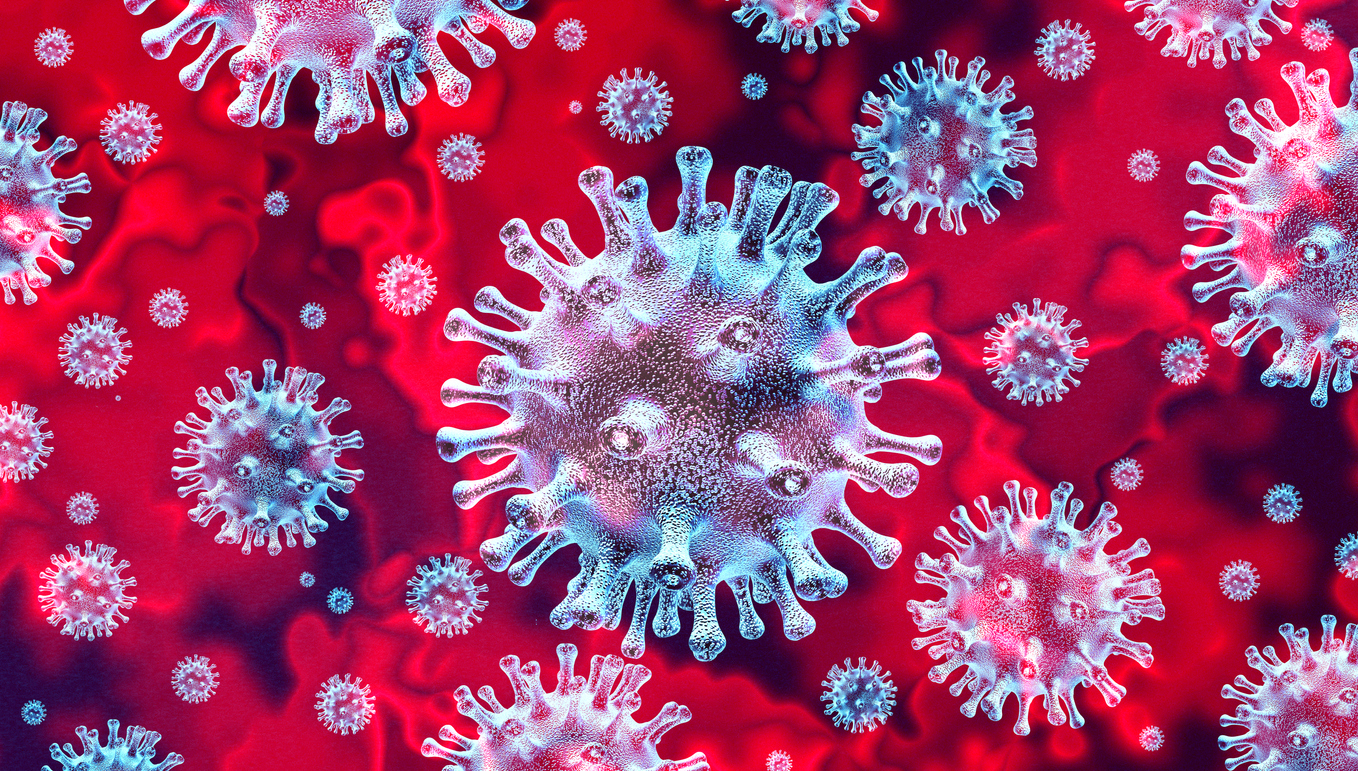
Healthcare providers and educators have a new challenge facing them: The Wuhan Coronavirus. Let’s look at some information about the virus and talk about way to educate students and providers to protect themselves.
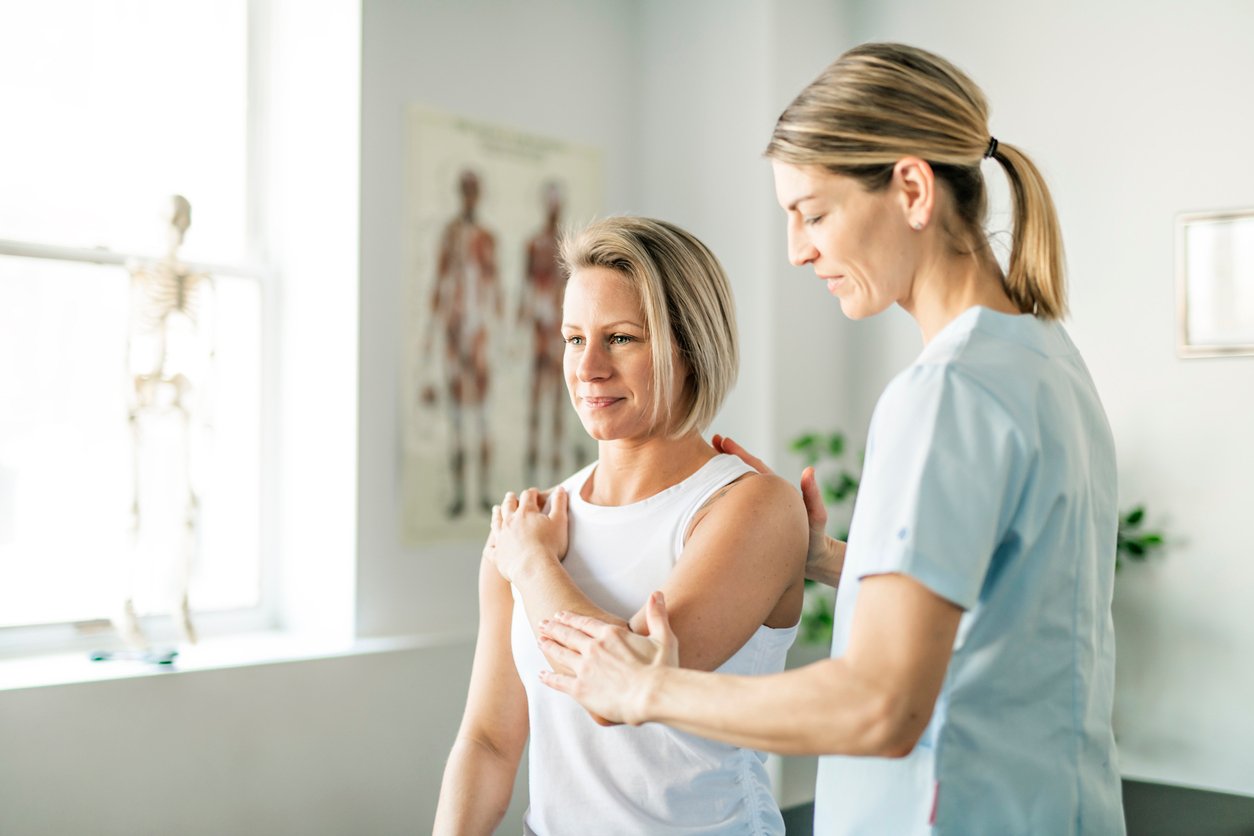
The statistics on chronic pain in the United States are staggering. In 2016, an estimated 20.4 percent of U.S. adults had chronic pain and 8 percent of U.S. adults had high-impact chronic pain.

The World Health Organization (WHO) endorses naming 2020 The Year of the Nurse and Midwife in order to advance the vital role of nursing to transform health care around the world. According to Dr. Tedros Adhanom Ghebreyesus, director-general of WHO, nurses are the “bridges” of health care, serving as a crucial link between communities where they serve ...

This year, SimTalk Blog had over 24,000 visitors, and we have over 1,000 subscribers! Thank you to all our readers. In case you missed anything, here are the most-read articles from 2019.
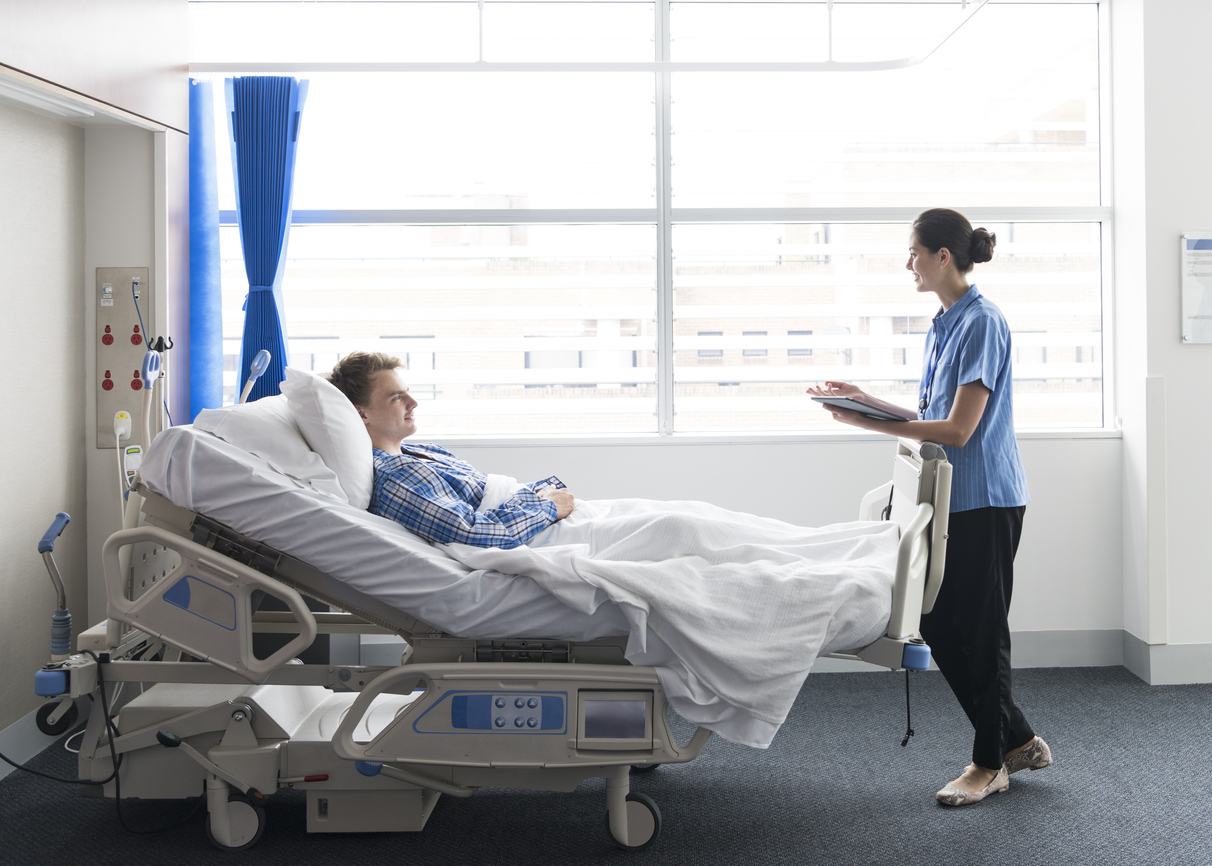
Simulation and education customers are very sophisticated and understand how to explore price for value. They have budget parameters for their simulation and education medical supply and equipment programs. At Pocket Nurse, we are very aware and sensitive to those parameters. One of our goals is to help each of our customers maximize their budgets as far ...
-1.jpg)
Incorporating simulation into nursing curriculum, as we have seen, can be challenging. Catherine Recznik wanted to meet the challenge of creating a pediatric simulation for her nursing students. As an experienced instructor and simulation educator, Recznik knows the value of simulation in healthcare education.
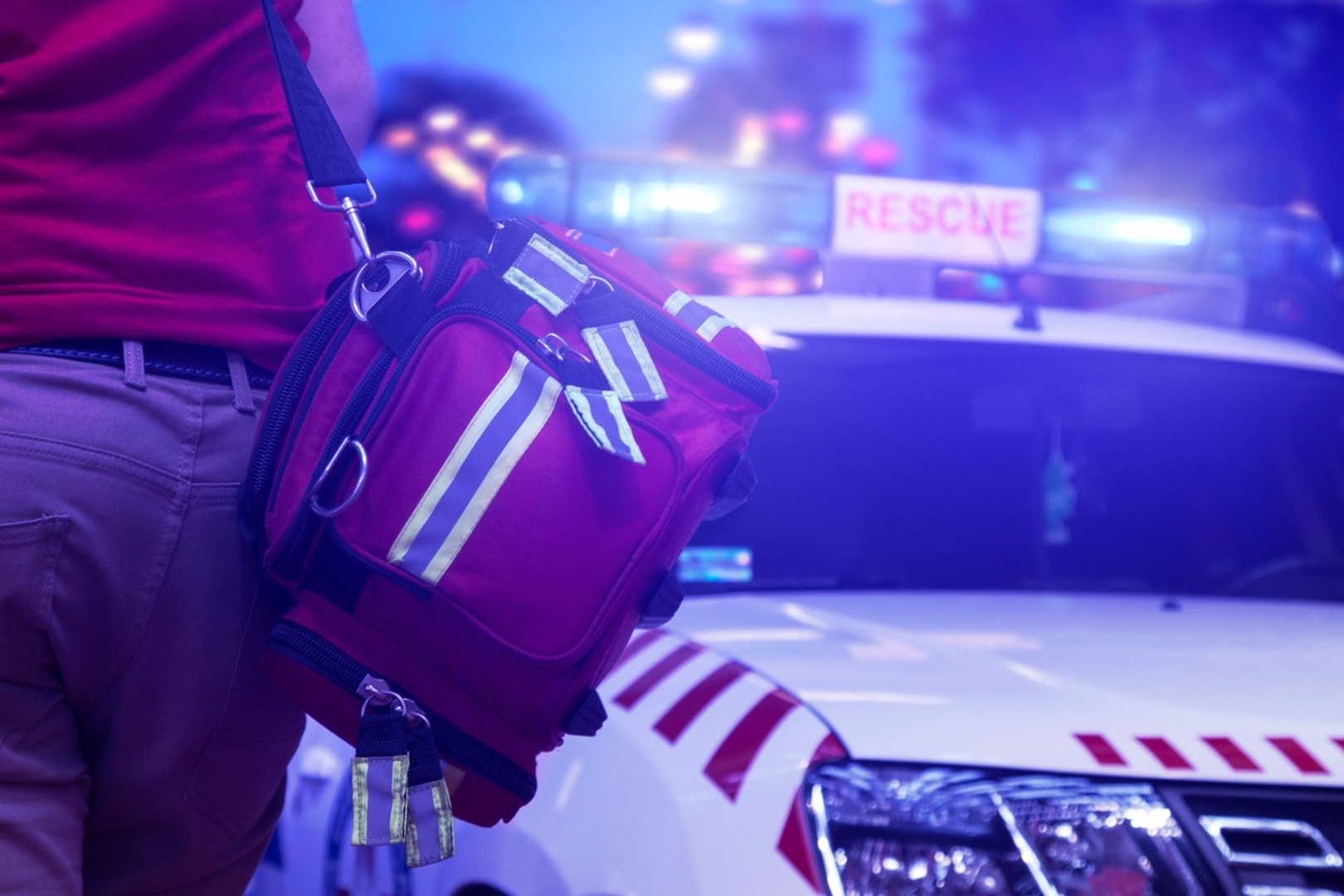
These days, emergency medical services (EMS) providers are being asked to do more than perform high-risk, low-reward healthcare procedures. Many out-of-hospital departments are being educated to do comprehensive physical assessments as well.
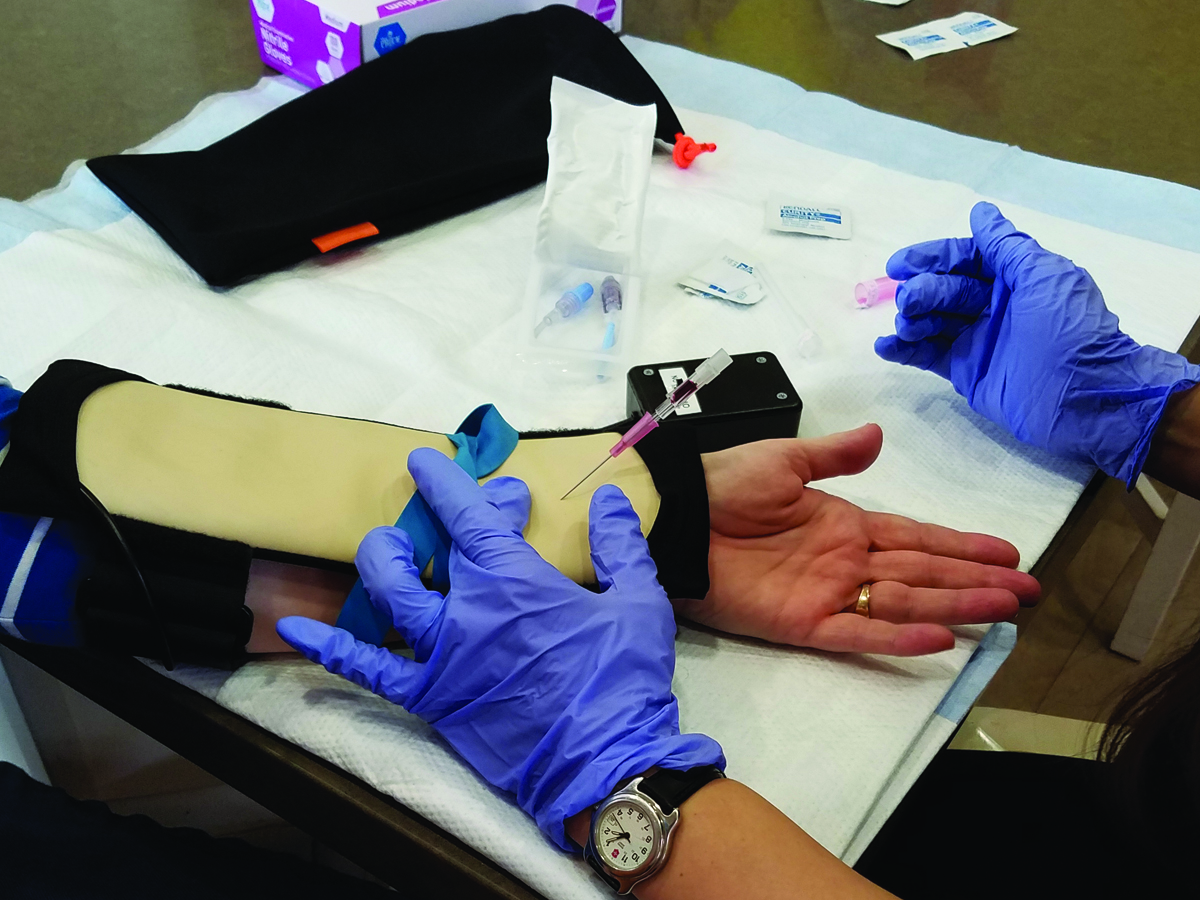
In healthcare simulation education, wearable technology helps students learn certain processes and procedures. Wearable tech can be used with manikins, which can extend their lifetimes by lessening wear and tear, or with standardized participants (SPs). Wearable trainers enhance realism, help develop empathy, and provide visual feedback.
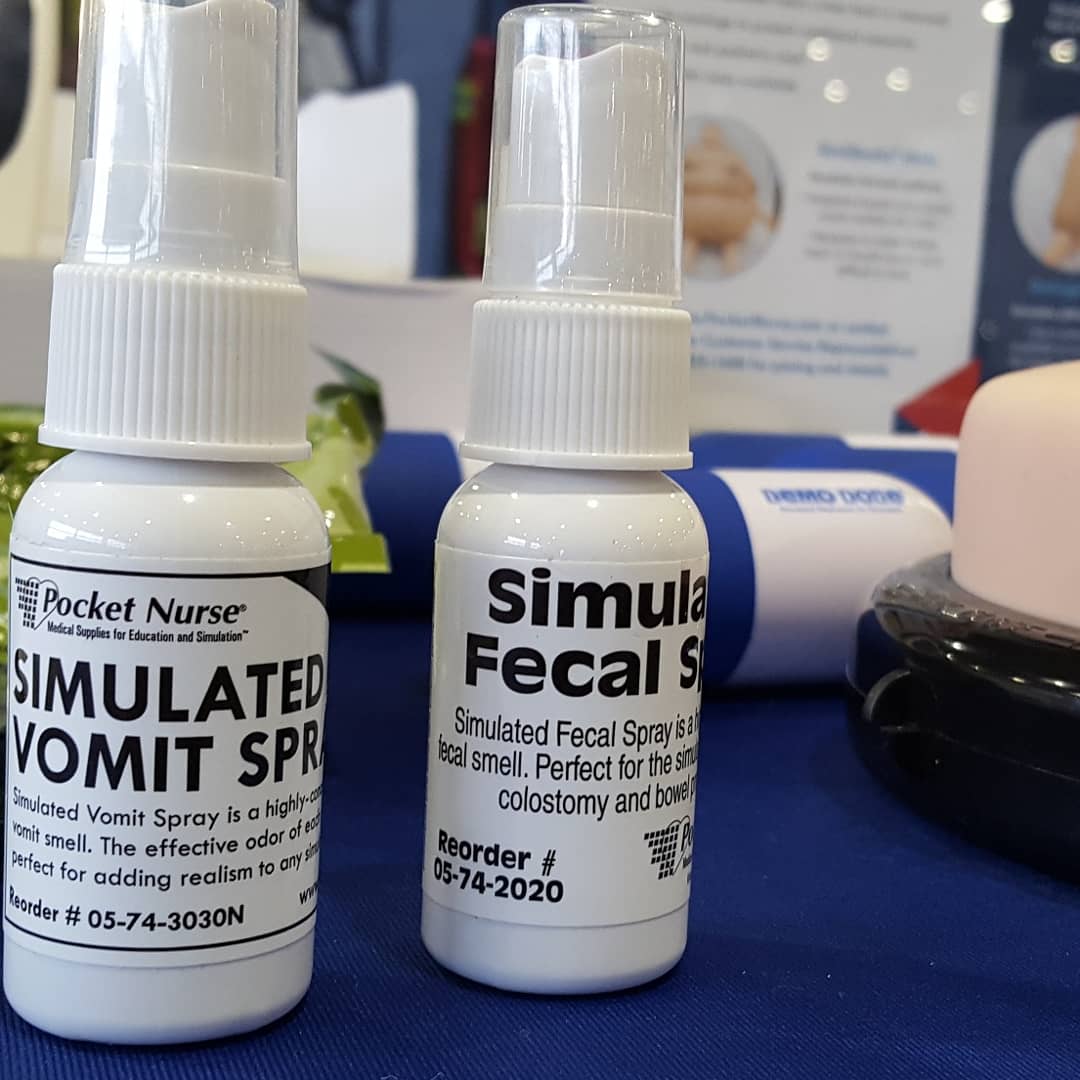
More than any other sense, a person’s sense of smell can instantly invoke a long-forgotten memory. The scent of freshly baked bread can take evoke memories of a grandmother’s kitchen; newly mown grass can make one recall a summer spent as a landscaper.

Incorporating simulation into curriculum is a new concept for many healthcare educators. Every year, educators across America, from physical therapy (PT) to nursing to EMS, will write their first scenarios. This can seem like a daunting task for a novice, but there’s no reason for concern. Scenario-building is a simple and rewarding task.

As the medical simulation industry continues to grow, there are more manikin options than ever before. With so many choices, how do instructors know how to choose the right manikin for their program?
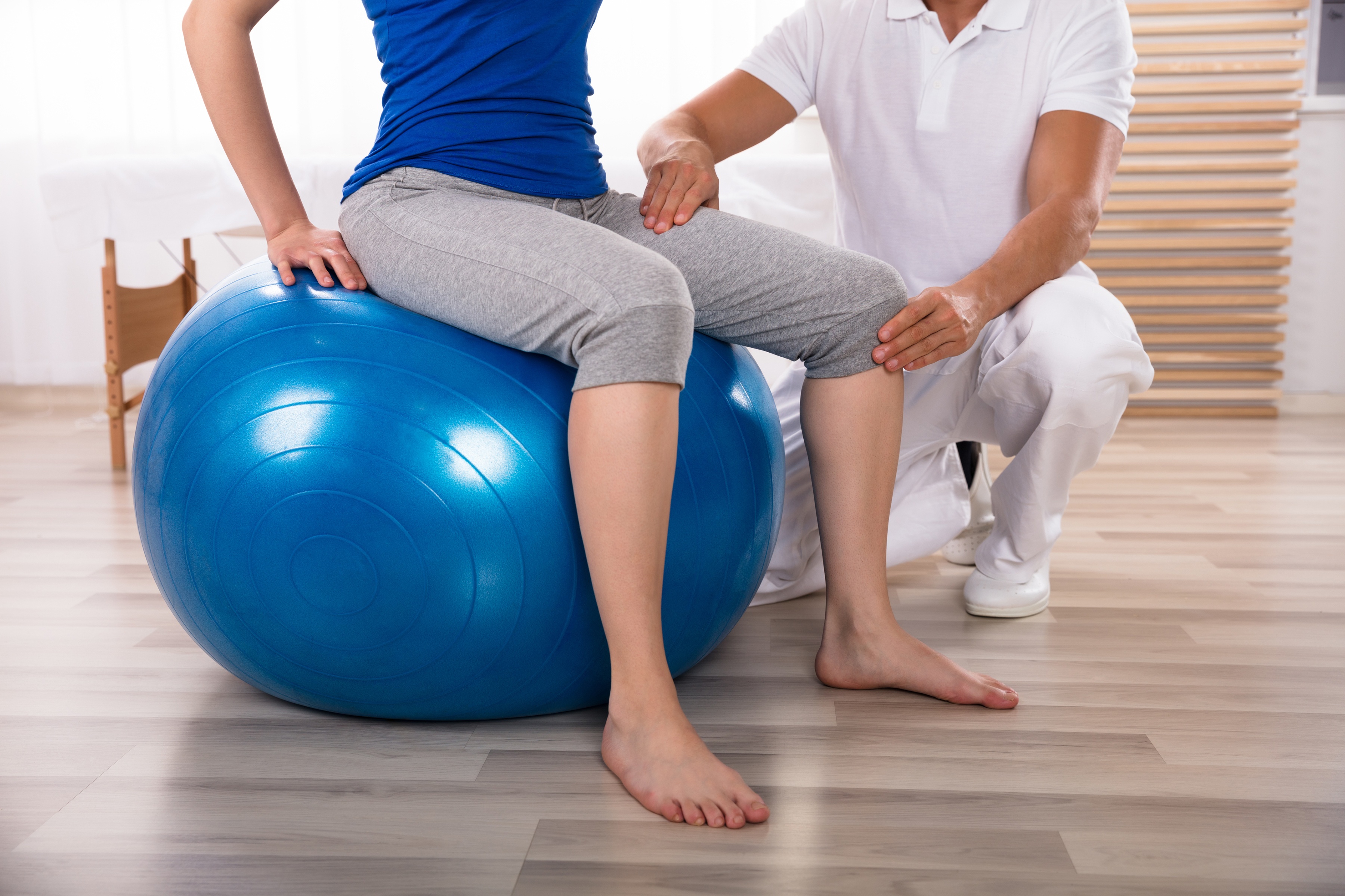
Physical therapy and the healthcare industry are constantly changing. Every day there are new standards, technology, and innovations happening around the world. Pocket Nurse attended the 2019 American Physical Therapy Association Educational Leadership Conference (ELC) in Bellevue, Washington. The following are key takeaways from the conference.
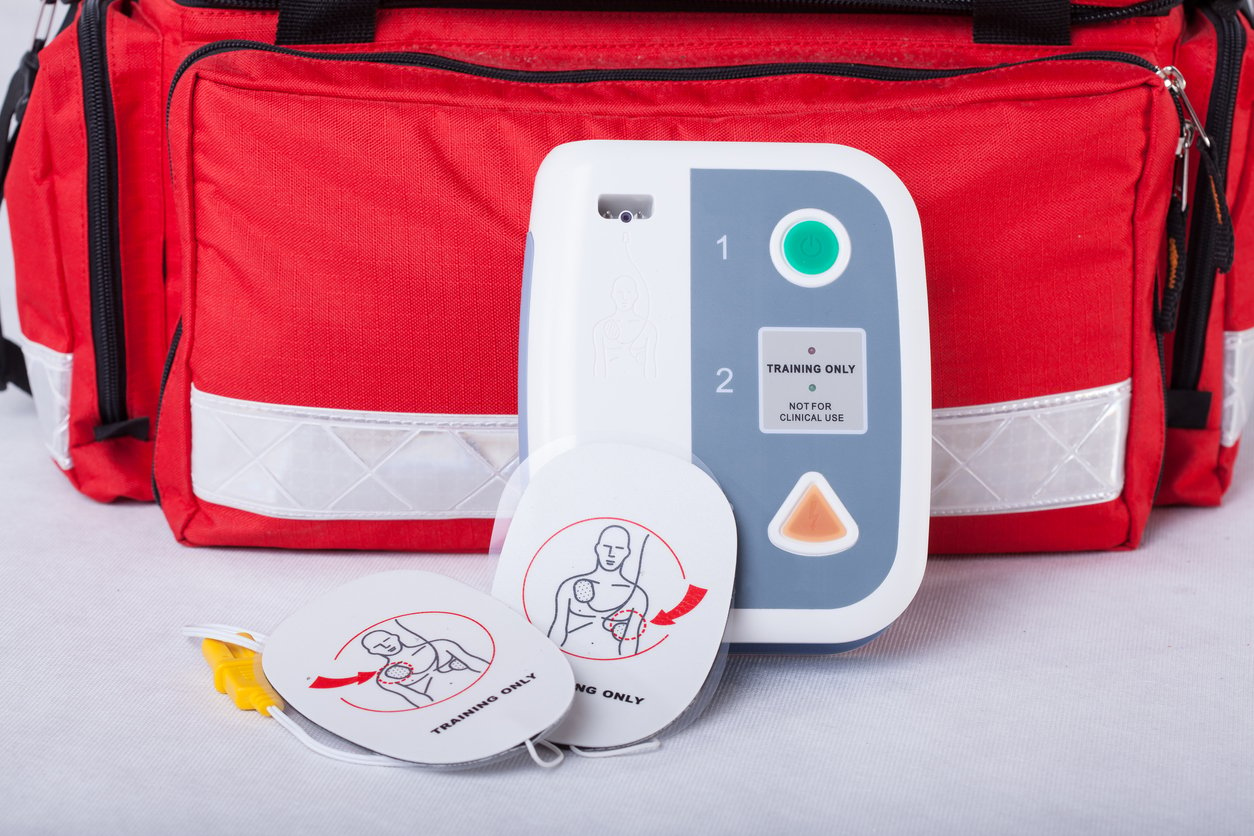
When it comes to creating and running simulation scenarios, instructors have to choose whether to use actual medical equipment (such as thermometers, glucometers, bedside monitors, medication carts, and so on) or to use simulators that closely mimic medical equipment. One of the challenges in running scenarios with simulated participants, for example, is ...
-1.jpg)
October is American Pharmacists Month, so I sat down with a pharmacist of 24 years who is passionate about patient care and counseling in pharmacy and the impact they can make on individual and community health.
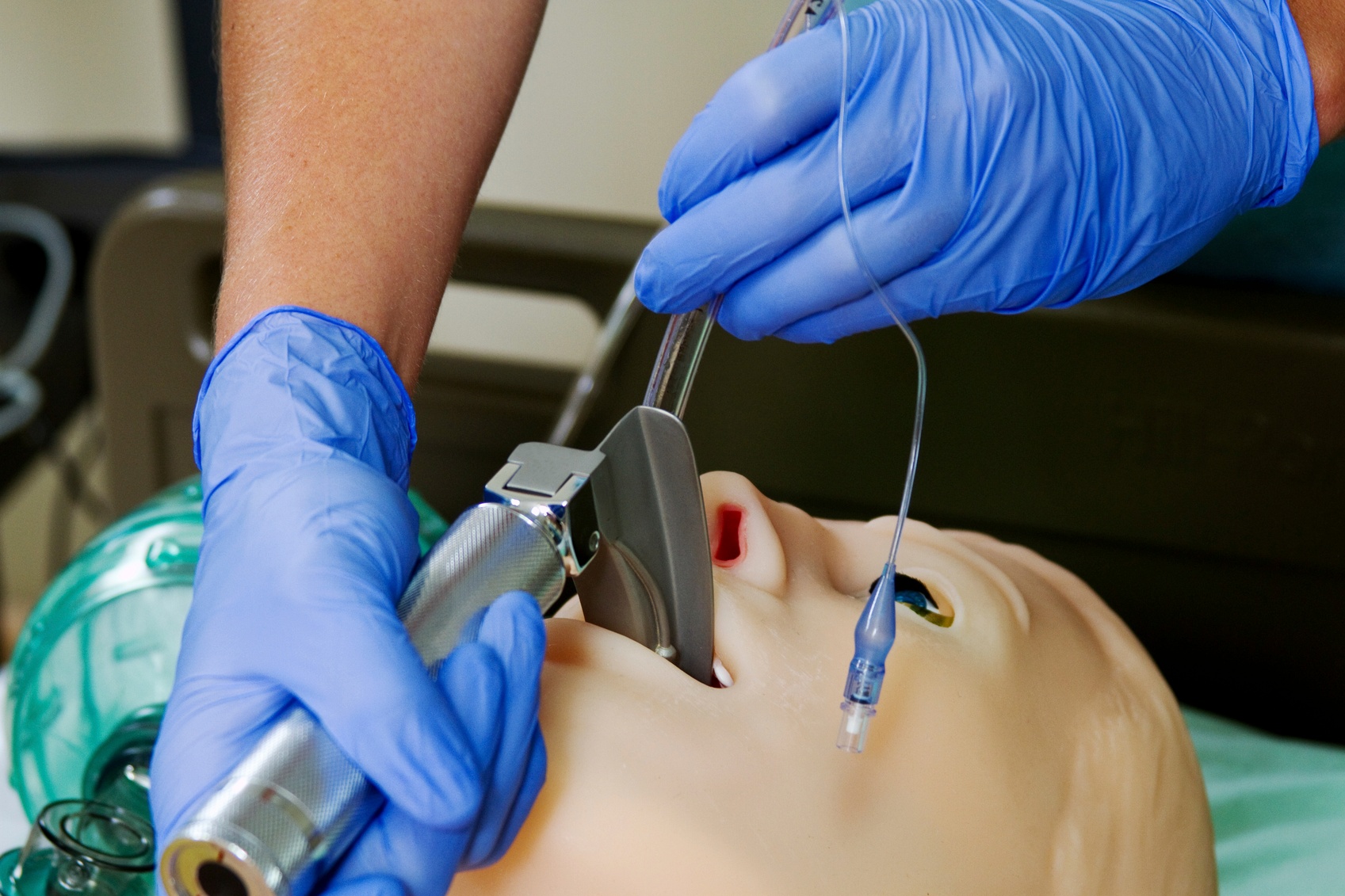
When entering the realm of simulation education, one of the first decisions an educator has to make is the type of simulation solution she will use. This will depend on several things, including the level of the students and classroom learning objectives.

One of the fastest growing fields in the United States is undoubtedly the medical field. According to the Bureau of Labor Statistics, careers for nurse aides and personal care aides will grow by 16 to 36 percent. This is faster than the average for all ...

Simulation is a favored teaching methodology in healthcare education. As discussed in our previous posts, “What is Simulation” and “Why Use Simulation,” simulation allows students to build hands-on experience in a risk-free, safe environment. For all its benefits, adopting simulation can be difficult. The following best practices should be considered ...

Pocket Nurse founder and CEO Anthony Battaglia, RN, MSN, BSN, has been involved with nursing education and healthcare simulation since 1992. Having nurse educators on the team to familiarize Sales, Customer Service, and Marketing department employees has always been important to him. Current corporate nurse educators are Fabien Pampaloni, MSN, RN and ...

Simulation “refers to an artificial representation of a real world process to achieve educational goals through experiential learning.”1 Last week’s post, “Simulation in Healthcare Education,” delved into the definition of simulation in a healthcare setting and its four ...

According to the Society for Simulation in Healthcare (SSIH), simulation education is “the bridge between classroom learning and real-life clinical experience.” (From the SSH About page.) Healthcare simulation, in particular, has four main purposes: Education, assessment, research, and system integration.

The United States is the only developed country in the world where the rate of maternal death is rising. From 1987 to 2015 (the latest year for which numbers are available), the number of reported pregnancy-related deaths has steadily increased from 7.2 per 100,000 live births to 17.2 deaths per 100,000 live births.1

Through my experience as a nurse assistant, hand washing was always emphasized: when I entered a hospital room, before I touched a patient, after I touched a patient, and when exiting the room. I completely understood the hand-washing protocol and I did it eagerly, but others did not.

During some recent water cooler office talk, a few co-workers were sharing some experiences of buying big-ticket household items. One had purchased a very expensive refrigerator, another bought a TV, and I had recently bought a sofa from an online retailer. Coincidentally, we all had issues that needed handled after the sale; two of us did not have the ...
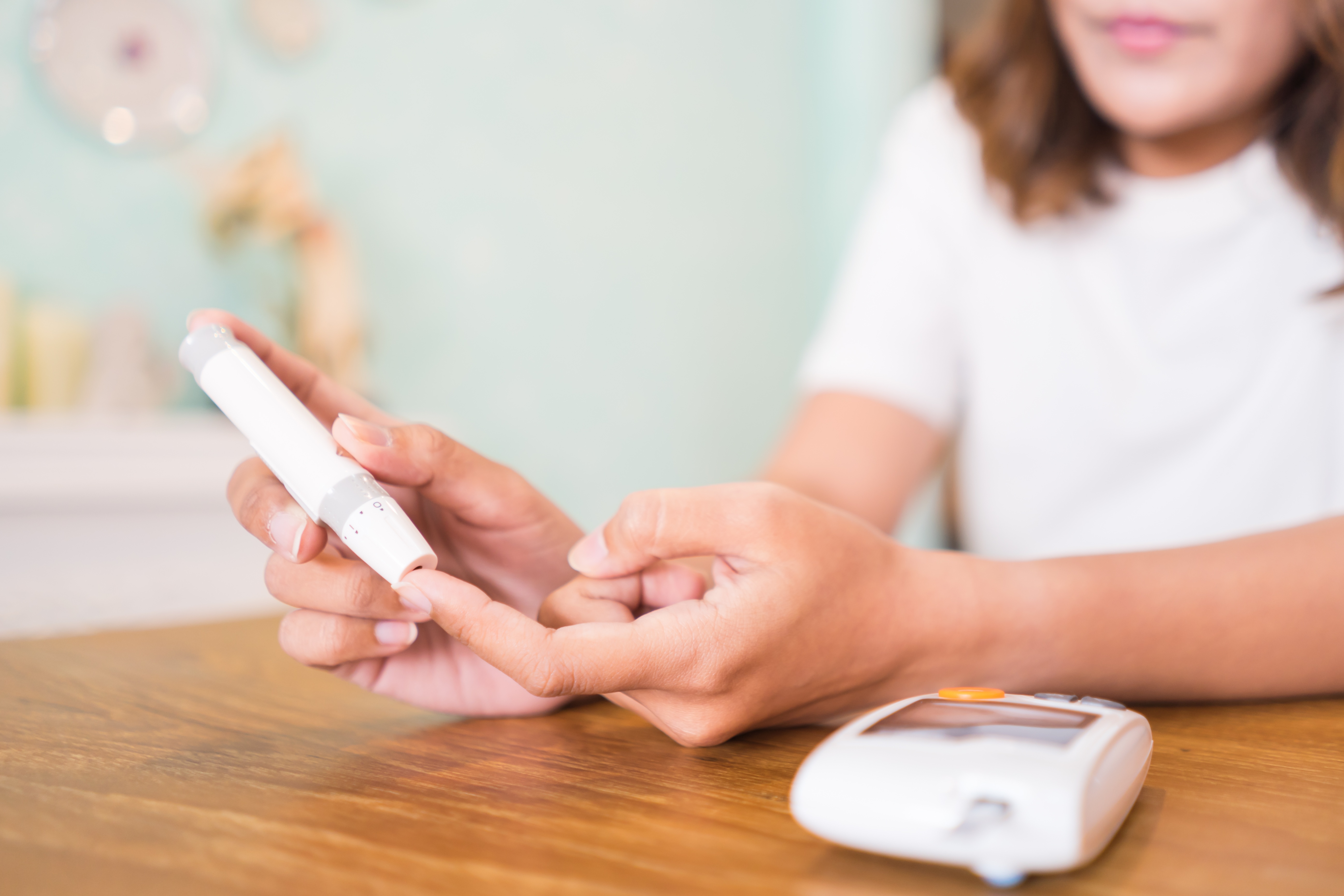
According to the Centers for Disease Control and Prevention (CDC), more than 100 million Americans have diabetes or pre-diabetes (which, if left unchecked and untreated, can lead to Type 2 diabetes within five years). Though not as quickly as in previous years, diabetes cases are still actively increasing, and when cases of diabetes increase, risk of ...

Generation Z is the subject of research, scrutiny, and sometimes criticism because it represents such a large portion of the population. Statista reported the following population sizes for each generation in the United States in 2017:

Former New York Mayor Michael Bloomberg once said, “College isn’t for everyone, but education is.” Career and technical education (CTE), once known as vocational training, doesn’t carry the negative connotation that it once did. Proof of this new reality is the growing wave of CTE programs popping up in high schools across the United States.
-1.jpg)
I was recently exhibiting at a conference full of brilliant pharmacy technician educators (PTEC in San Antonio, TX). I had brought with me a selection of the wearable trainers that Pocket Nurse carries, among them the S.A. Fingerstick Kit.

Cardiopulmonary resuscitation (CPR) as we recognize it today came into existence in the 1960s. Three doctors decided to combine mouth-to-mouth breathing with chest compressions to create this life-saving action. At around the same time, the American Heart Association (AHA) began a program to educate physicians in cardiac resuscitation, and this program ...

Brianna Banachoski, RN, is a nurse in the Hematology and Cellular Therapy Unit at West Penn Hospital.* She identifies as a lesbian, and uses she/her pronouns. She is also a cancer survivor; she has been in remission from non-Hodgkins lymphoma since 2016. Banachoski’s experience as a nursing student and nurse was colored by her identity and her cancer ...

With the class of 2019 prepared to enter post-secondary education and the workforce, many are looking for a stable career that offers opportunity and growth. Becoming a pharmacy technician is a good option. Job growth in this field is expected to increase by 20 percent through 2022.

June is Men’s Health Month, and the goal of spotlighting men’s health is to encourage prevention and early detection for health issues that affect men and boys in greater numbers. Men are less likely to seek health care in general, which can have a negative impact on outcomes.

A phrase that we keep encountering as we research and write about simulation is “cognitive load.”
For students, cognitive load means the point at which there is so much information, they are no longer learning. In layperson terms, cognitive load means TMI – too much information! Our brains are only capable of absorbing so much at a time.

Although most hospitals and doctor offices now have digital blood pressure machines, it is still important to teach the basics of taking a manual blood pressure reading. When I was a nurse assistant, I was taught to take a patient’s blood pressure using a stethoscope and blood pressure cuff. Taking an accurate blood pressure on an actual patient was much ...

The use, overuse, and abuse of opioids in the United States is a multifaceted issue that emergency medical services (EMS) face. Although the media has spotlighted the negative impact of opioid overdose and diversion, EMS systems still rely on opioids to manage pain.
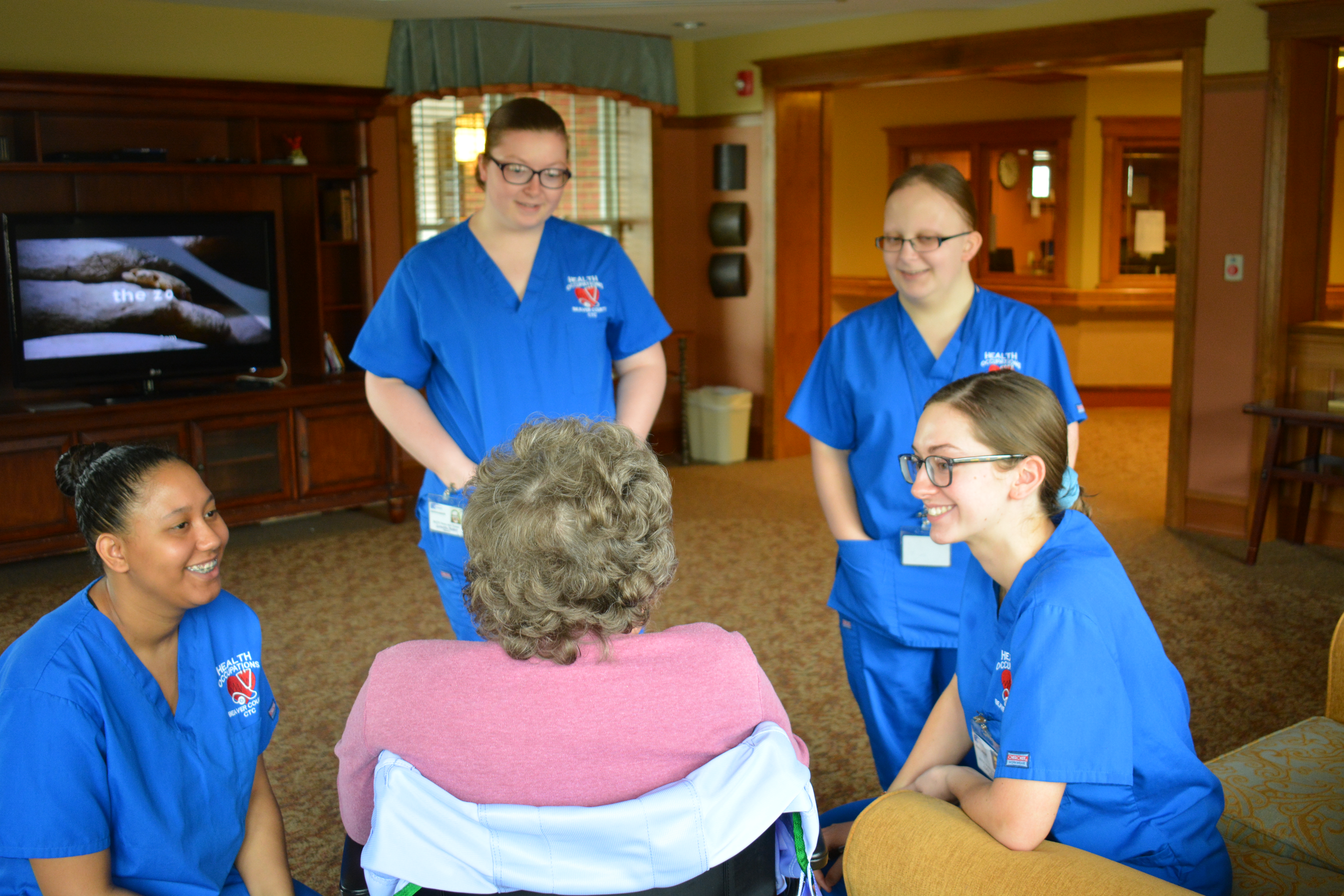
Educators, in all fields of education, support their students in a variety of ways in order to allow their students’ career goals to come to fruition. One type of supporting educational system that prepares students for individually-focused career paths is Career and Technical Education (CTE).

Each year, May 6 to May 12 marks National Nurses Week. The celebration always concludes on the date of Florence Nightingale's birthday, which is May 12.
This week is a special time for the nursing profession.
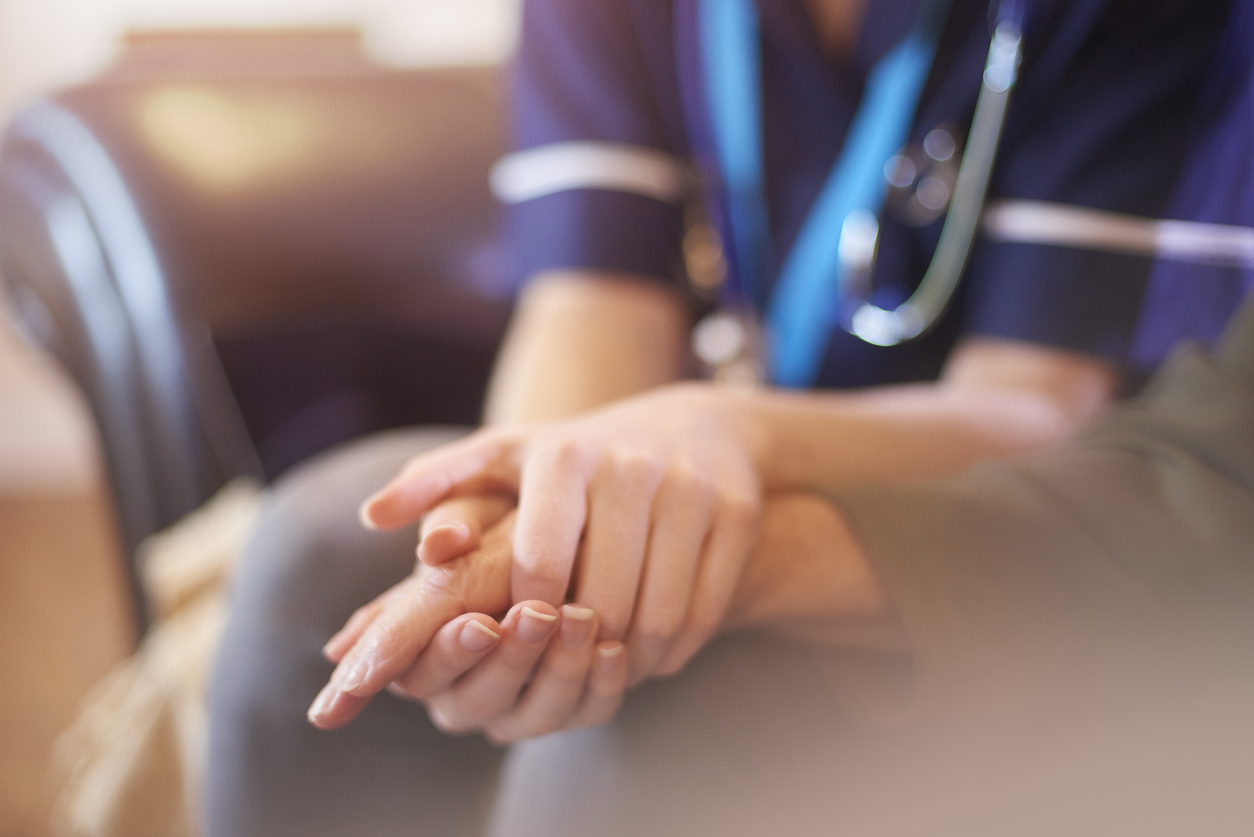
Medical errors – including errors made by doctors, nurses, EMS personnel, and pharmacists – are the third largest cause of death in the United States.1 Healthcare professionals, regardless of how long they go to school and how much they care for their patients, sooner or later are going to make a mistake that may result in the death of a patient.
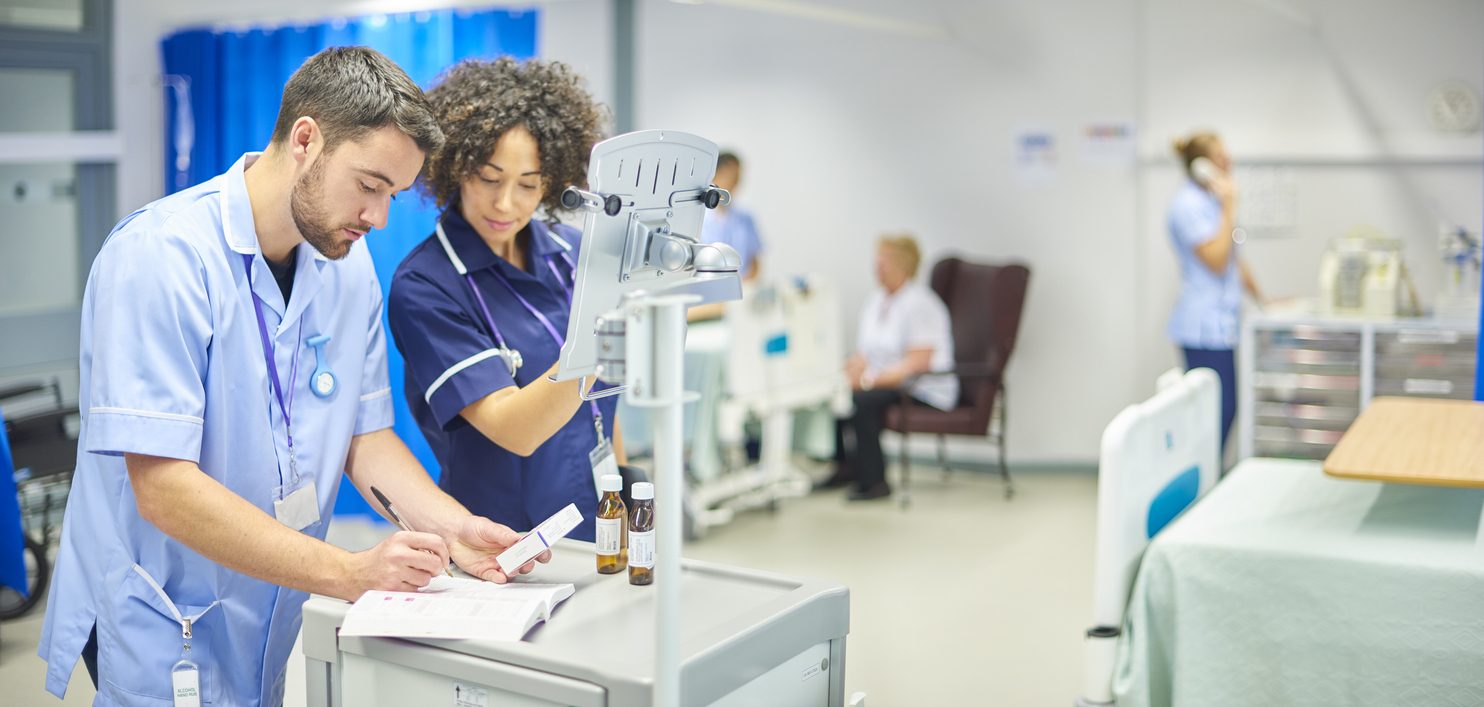
When a school is considering automated medication dispensing cabinets or carts (ADCs) for use in simulation education, they typically want to use the type of ADCs that are found in their local hospital system. This way, students will easily be able to adapt to real-life medication dispensing once they graduate and start their careers.
.jpg)
The use of standardized participants (SPs), also called simulated patients, is enhanced when SPs are outfitted with trainers that can be manipulated as if they were real parts of a body. The use of these wearable trainers does three things.
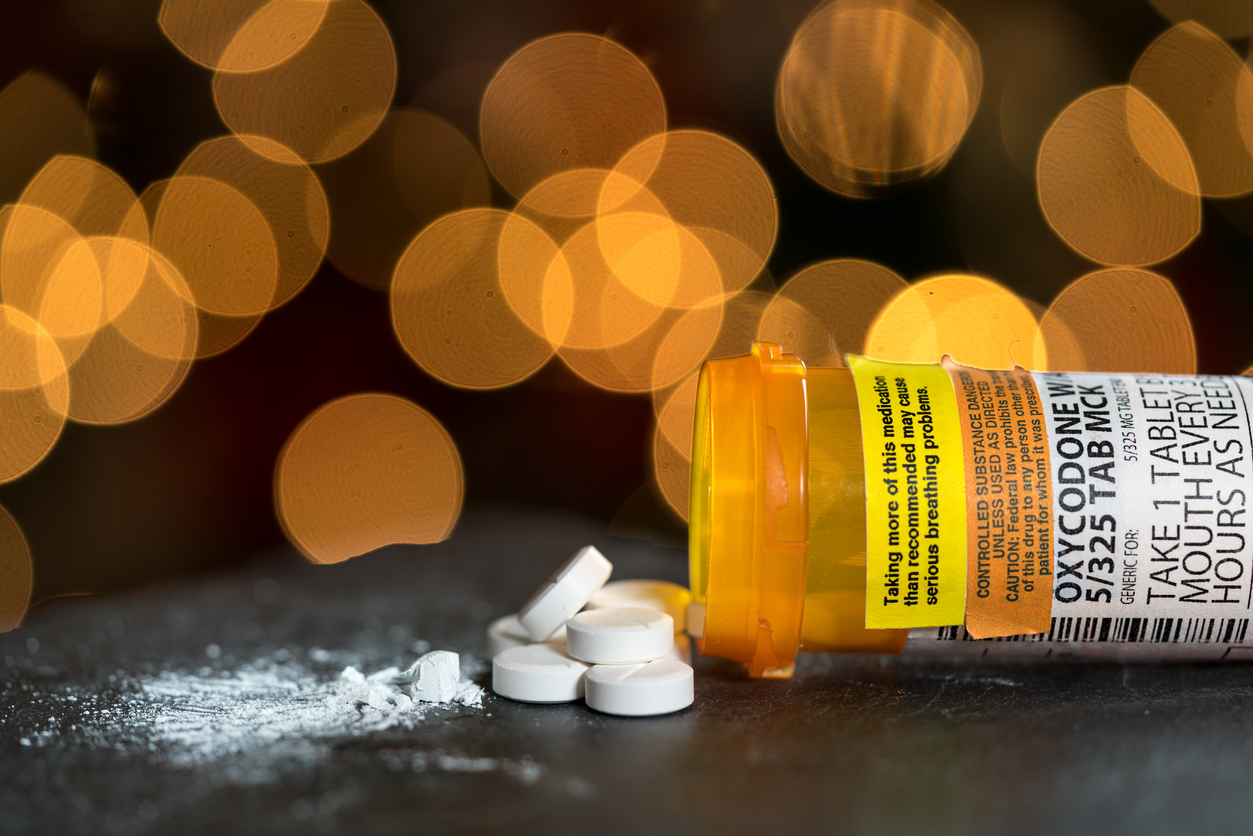
While the proper administration of Narcan (generic name: naloxone) is important to teach first responders, a new delivery system of the drug that reverses an opioid overdose is available for bystanders and healthcare professionals alike.
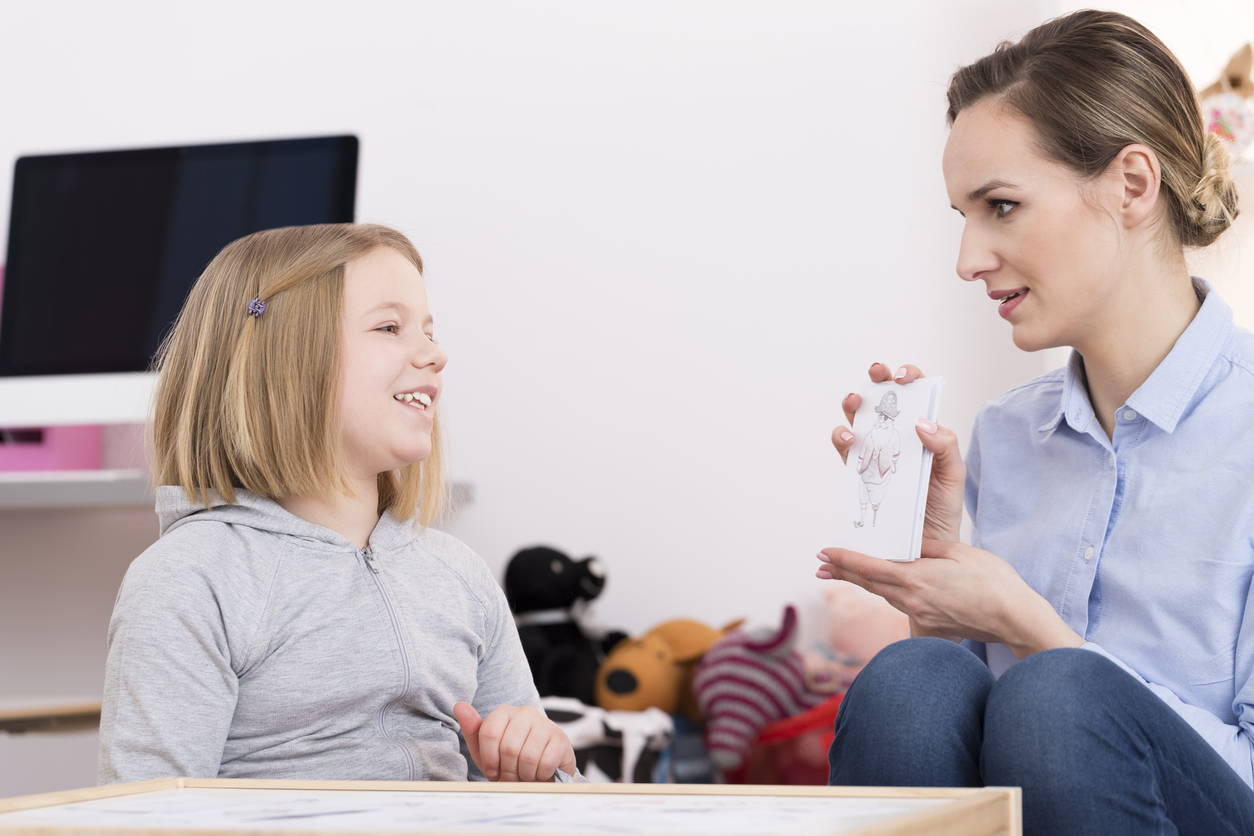
The Centers of Disease Control and Prevention (CDC) is funding a multi-year study to help identify factors that may put children at risk for autism spectrum disorder (ASD). The Study to Explore Early Development (SEED) is the largest study about ASD in the United States. The goal is to understand risk factors in order to learn more about what causes ...

According to the National MS Society, about one million people over the age of 18 in the United States live with a diagnosis of multiple sclerosis (MS). World-wide, the estimate is about 2.3 million people.
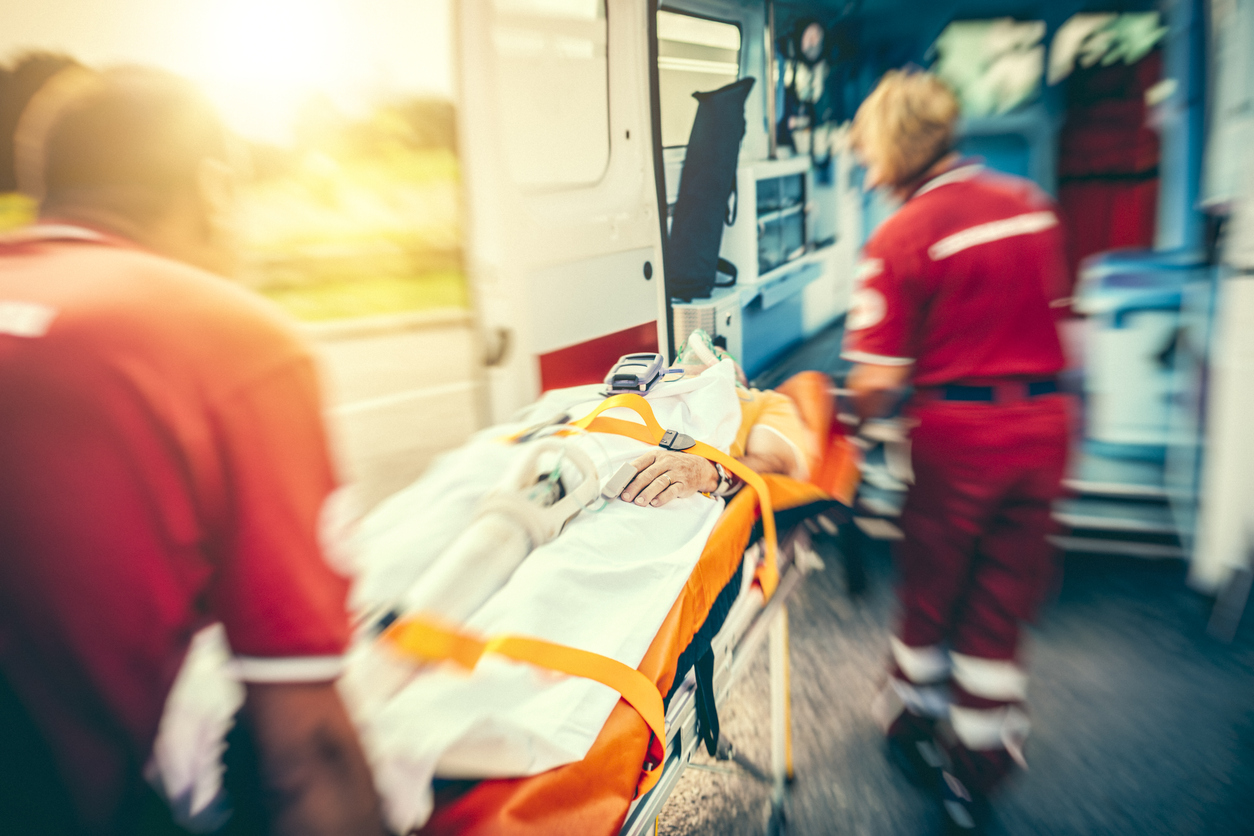
Greg Whiteley is a retired Dallas firefighter/paramedic, respiratory therapist, and flight medic who works with Eagle Life Saving in Allen, Texas. He is also an EMS educator, and one of the things he teaches is running a code.
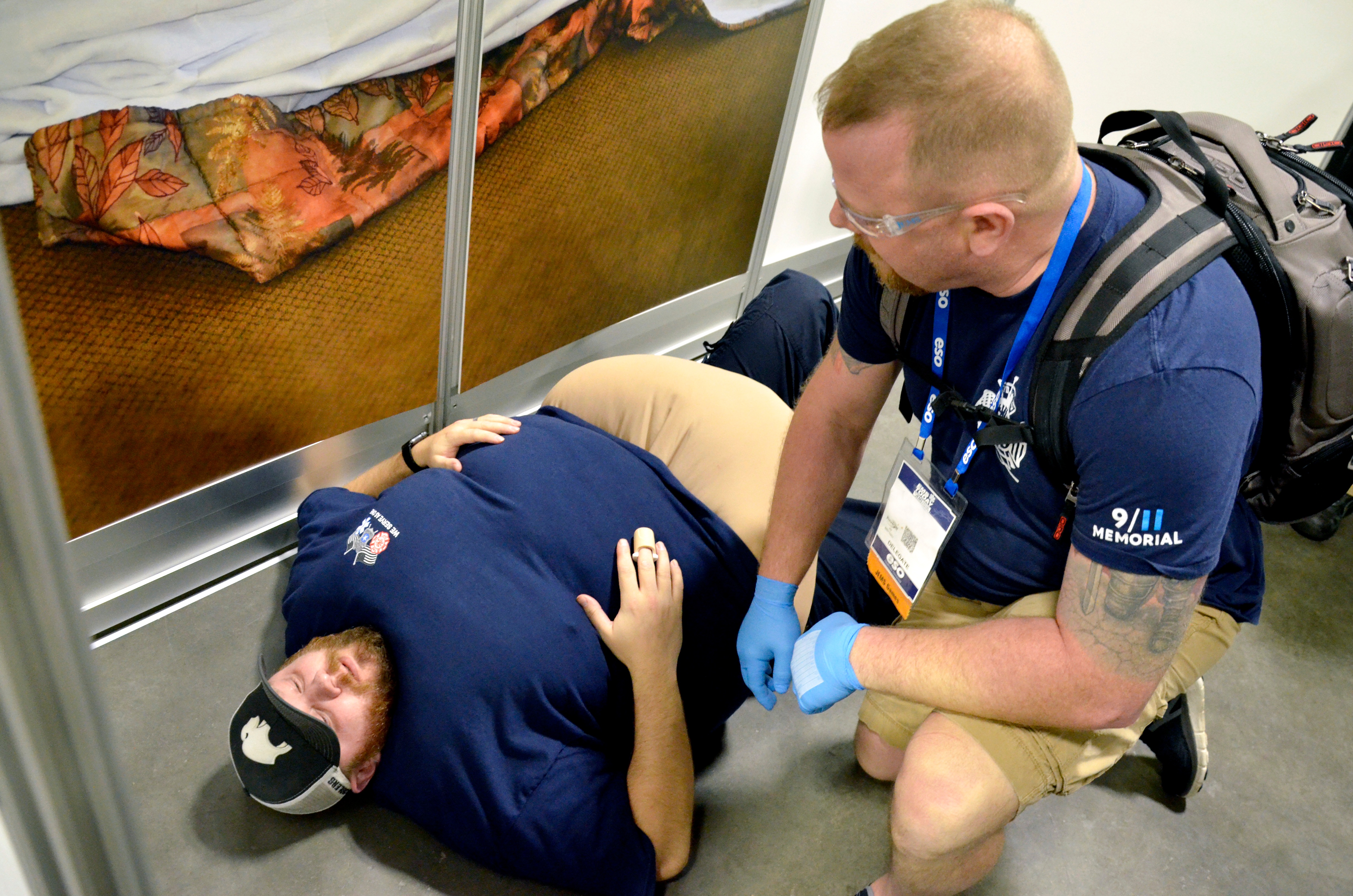
Everybody is a product of their own experiences. Simulation in education is important so students can continue to process sensory input during a real-life situation. Here are five tips for creating immersive scenarios during pre-hospital simulations.* These can be applied to EMS training as well as simulation education in all healthcare fields.
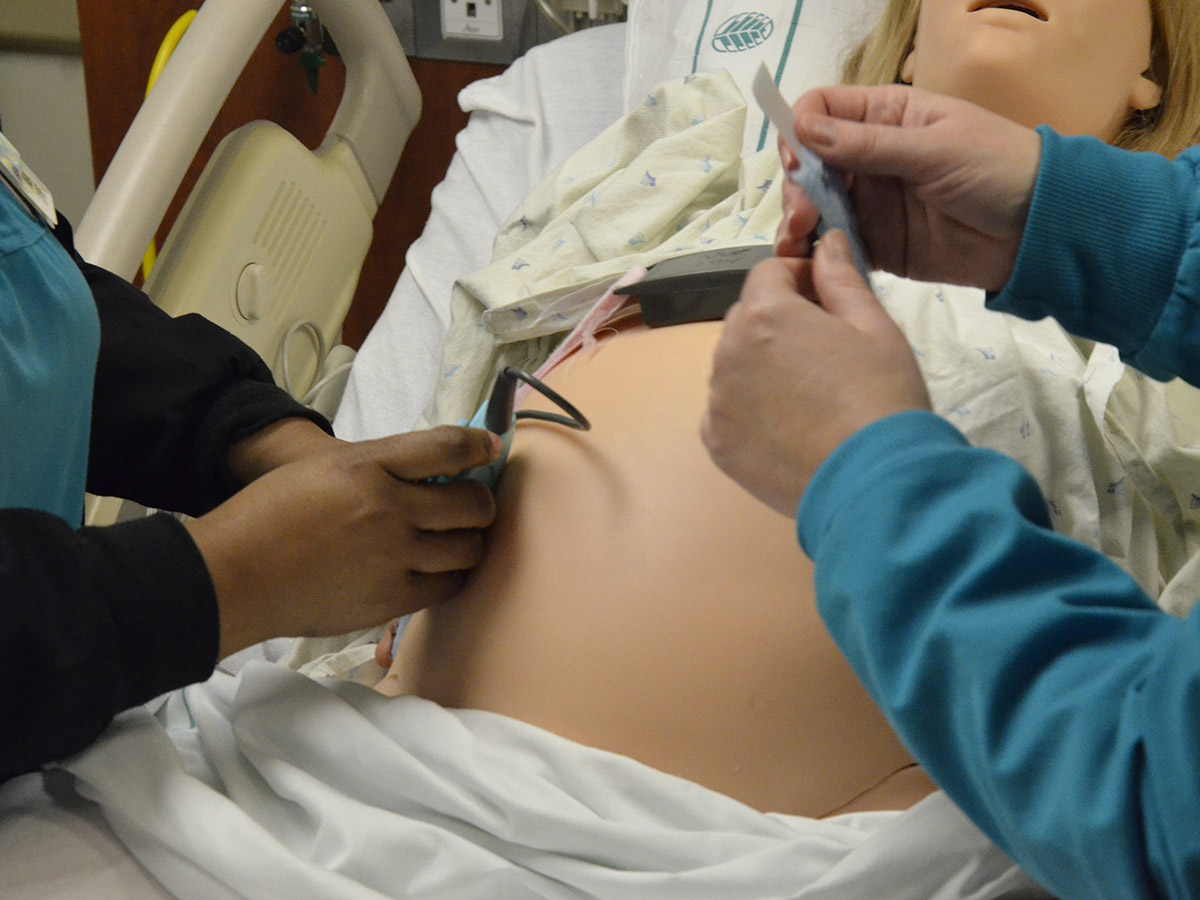
As schools increase hands-on learning, students actively participate in more scenarios. Active participation means the student is physically practicing a skill or process. For example, a student performing CPR on a manikin is an active participant in the basic life support (BLS) scenario.
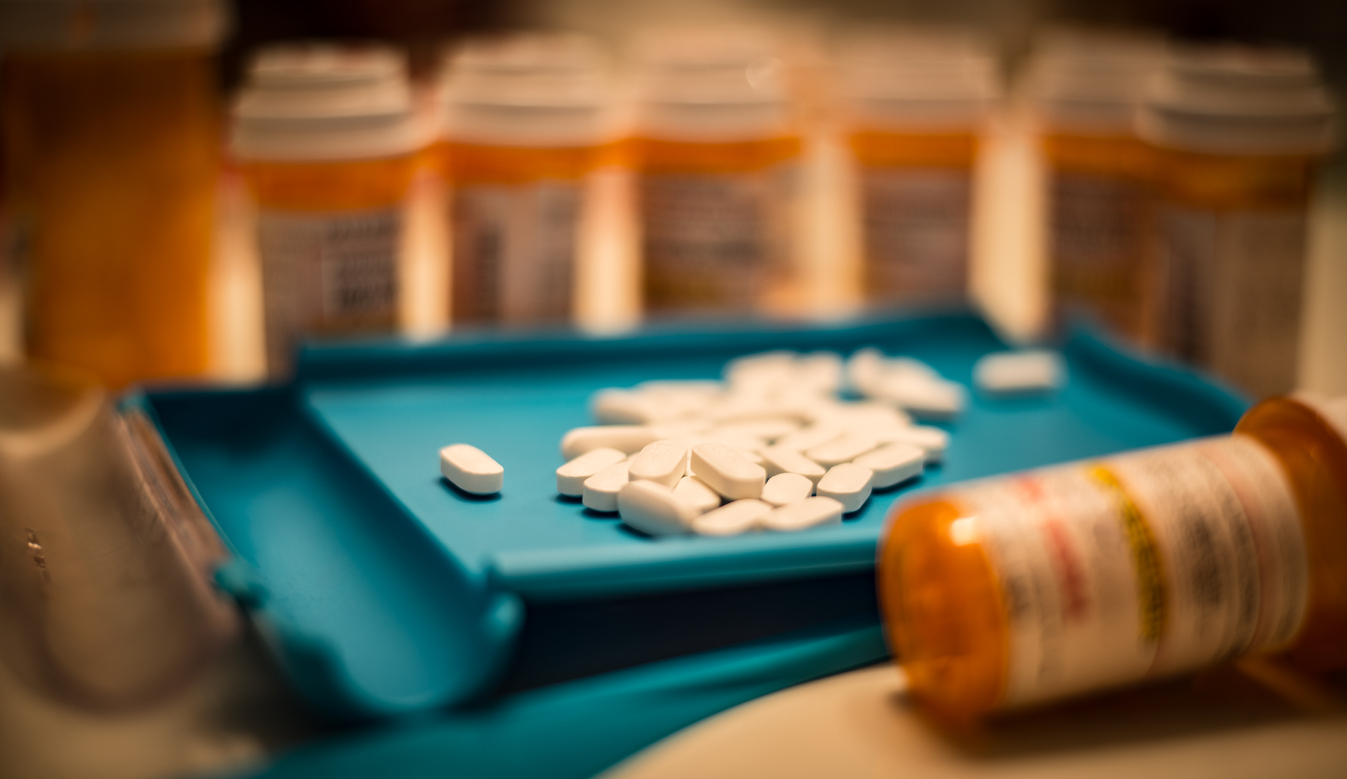
Pharmacists play a vital role in educating patients and their caregivers about prescription opioids. Allied Against Opioid Abuse (AAOA), a national initiative for education and awareness to prevent the abuse and misuse of prescription opioids, commissioned a poll and found more than 70 percent of respondents said detailed instructions from pharmacists ...
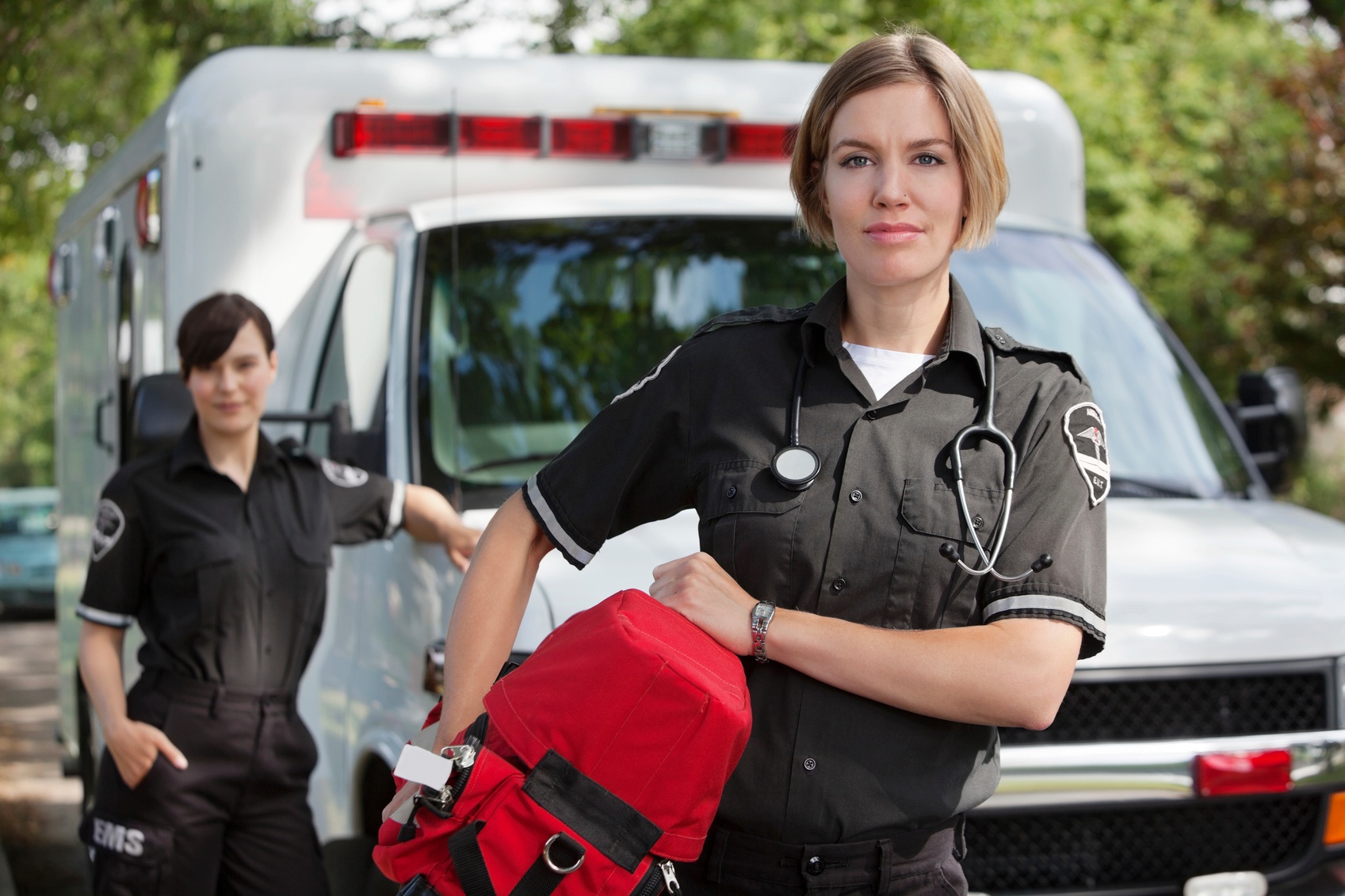
The EMS Today Hands-on Experience is in its third year as a one-of-a-kind experience of interactive learning lab and clinical challenge. Participants visit formative scenario learning labs, where as a group they will use the latest equipment, supplies, and technology to demonstrate real-life simulation training. These formative group labs provide a ...
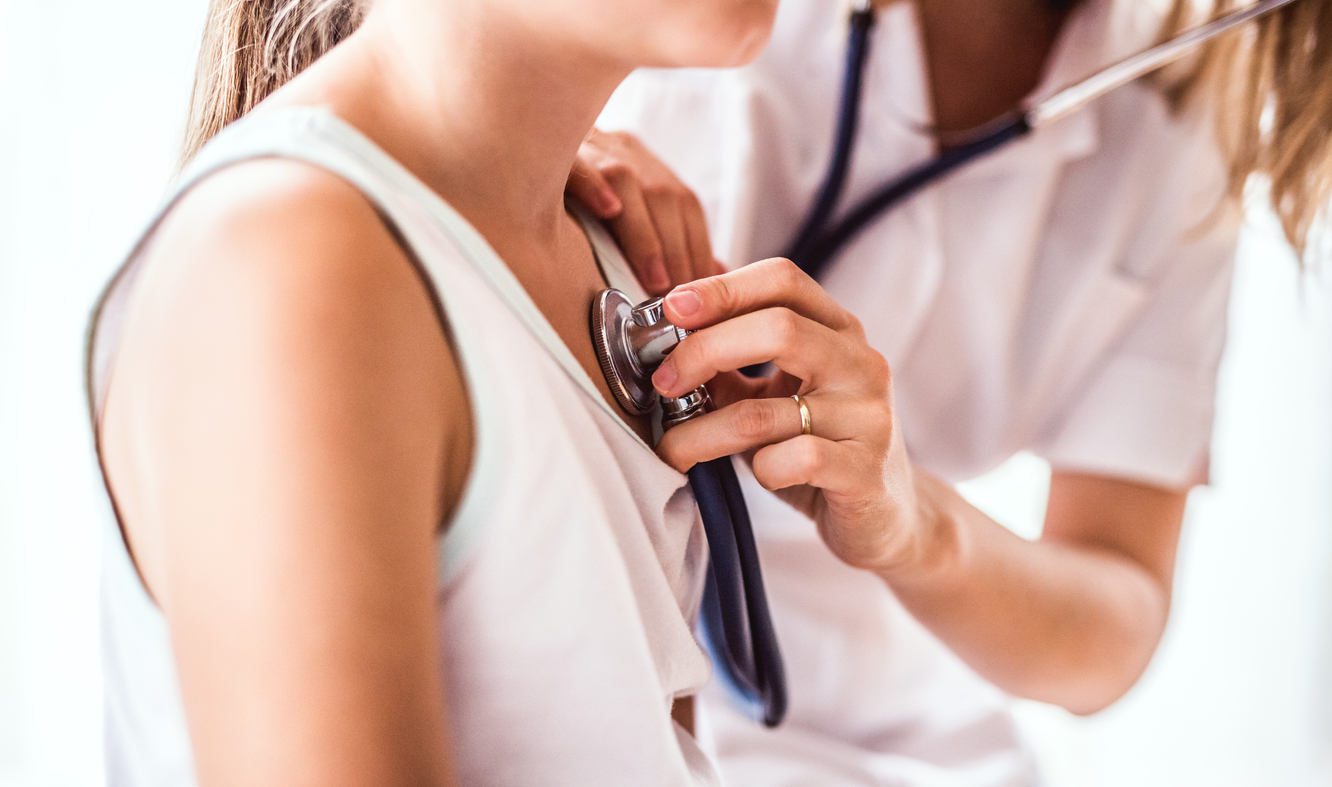
Heart disease is the number one cause of death in the United States, for men and women; about 630,000 Americans die from heart disease each year – that’s one in four deaths. Students in healthcare education can learn the risk factors of coronary heart disease (CHD) and communicate with their patients for better health outcomes.
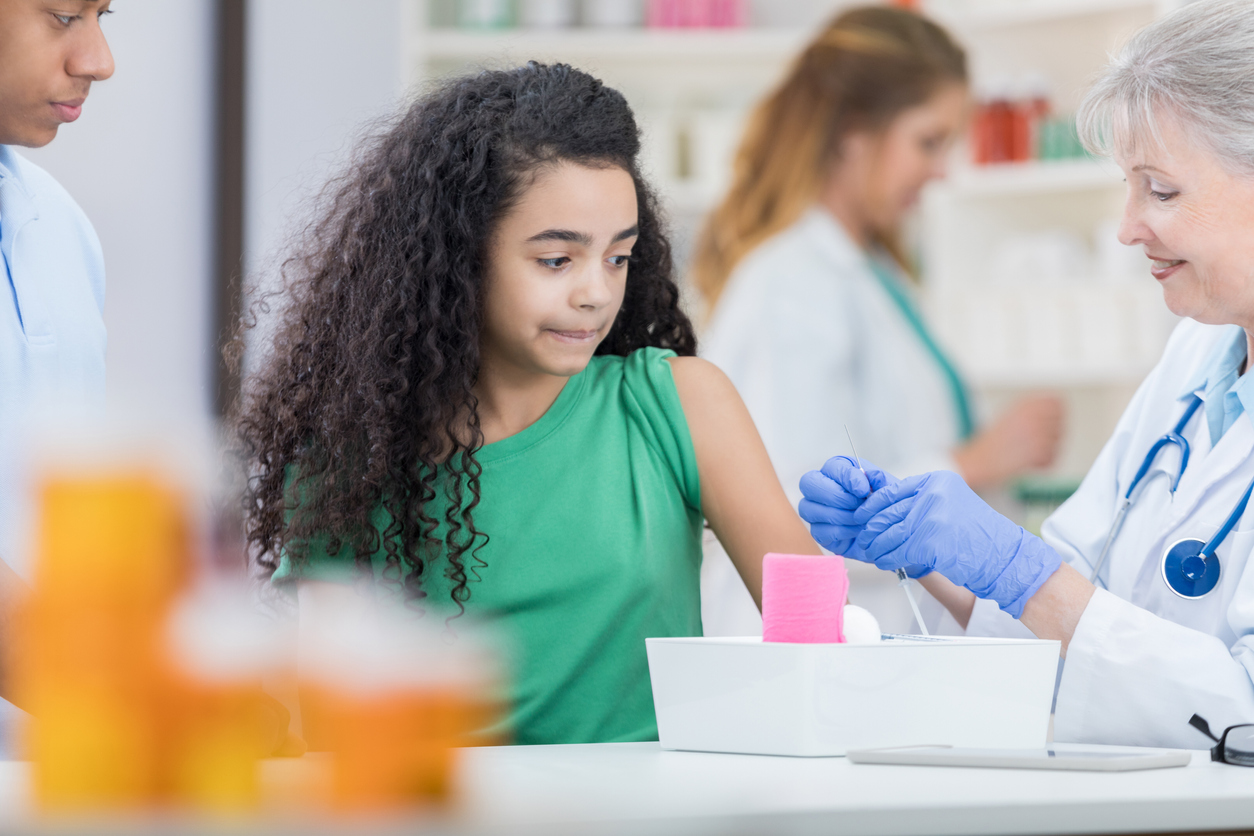
This post was updated Jan. 11, 2020, with information regarding vaccine administration during the COVID-19 pandemic. In August of 2020, the U.S. Department of Health and Human Safety (HHS) announced that it would authorize licensed pharmacists to administer all vaccines recommended by the CDC's Advisory Committee on Immunization Practices ...
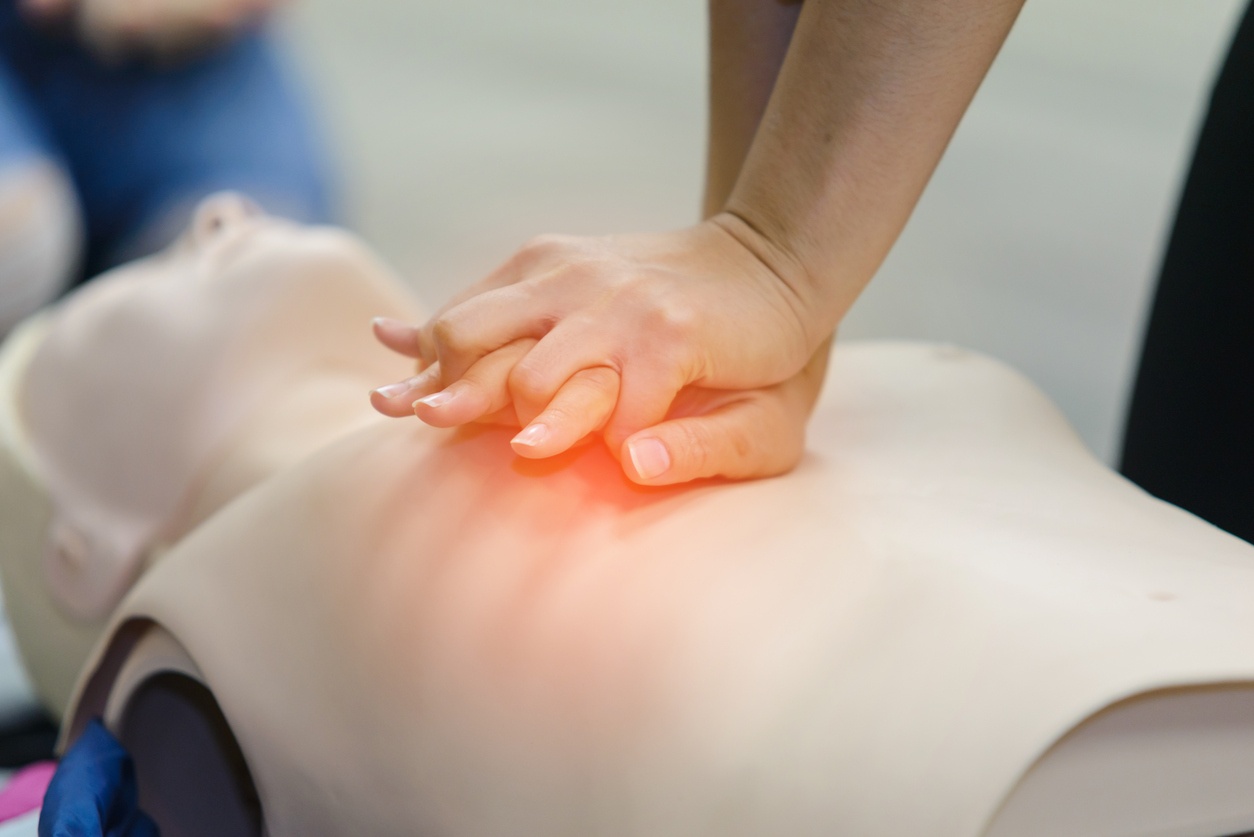
It’s official. As of January 31, 2019, all CPR manikins used in American Heart Association (AHA) adult CPR courses must feature an instrumented directive feedback device (IDFD). Devices such as these provide real-time, audio-visual feedback as the CPR is being performed, allowing student performance to be evaluated in an immediate and ongoing ...

I have the pleasure of working with hundreds of experienced Nurse Educators every year who deal exclusively with Pocket Nurse. They depend on us to provide quality equipment, quality service, and peace of mind, as well as the superior customer experience they have grown accustomed to.
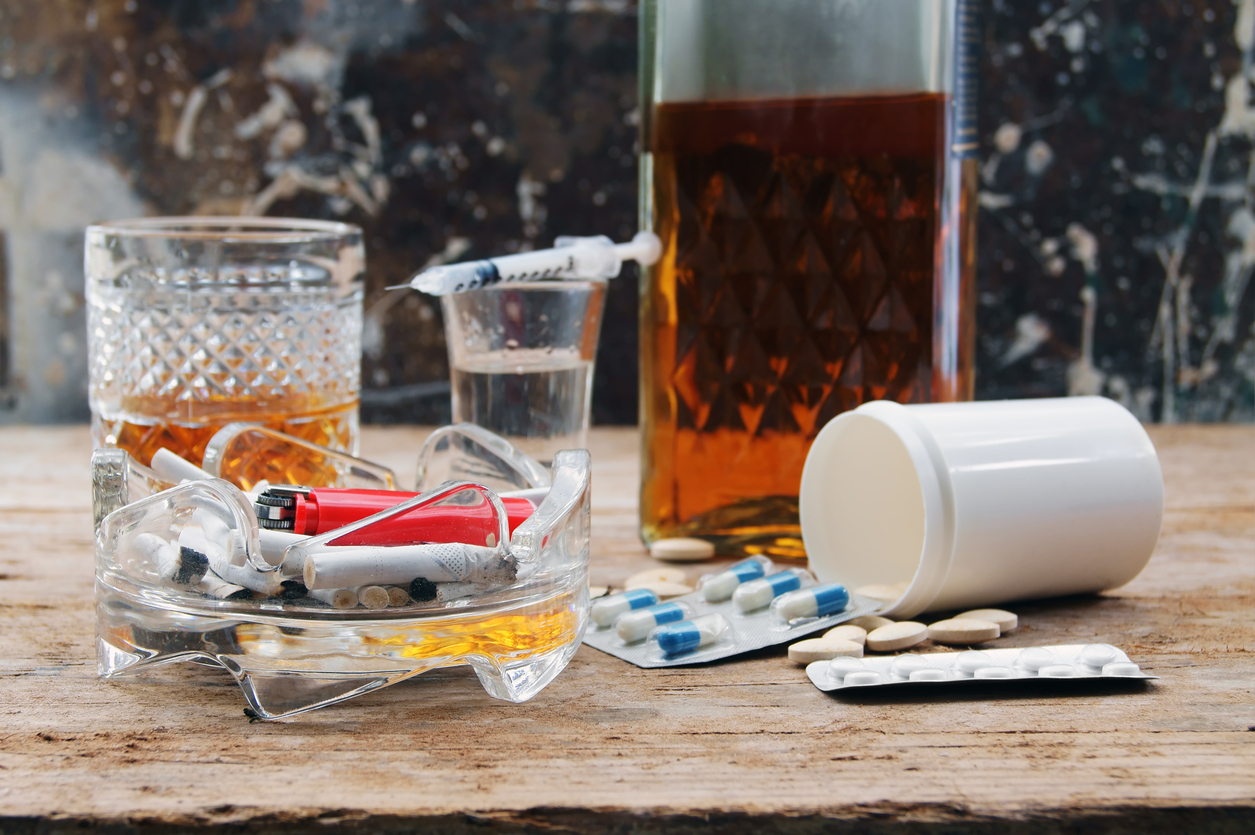
Addiction is defined by the American Psychiatric Association as, “a brain disease that is manifested by compulsive substance use despite harmful consequence.” Often an addicted person experiences greater tolerance to the effects of a drug, and withdrawal symptoms of ranging severity in the absence of the drug.

For the first time on record, the chance of dying of an accidental opioid overdose (1 in 96) is greater than dying in a car accident (1 in 103) or from a fall (1 in 114). According to the National Center for Health Statistics (NCHS), in 2017 the age-adjusted rate of drug overdose deaths in the United States was almost 10 percent higher (9.6 percent) than ...

SMART Goals: An Overview
The SMART framework is a foundational tool meant to help individuals and organizations set purposeful goals and see results. SMART goals can take objectives to the next level.
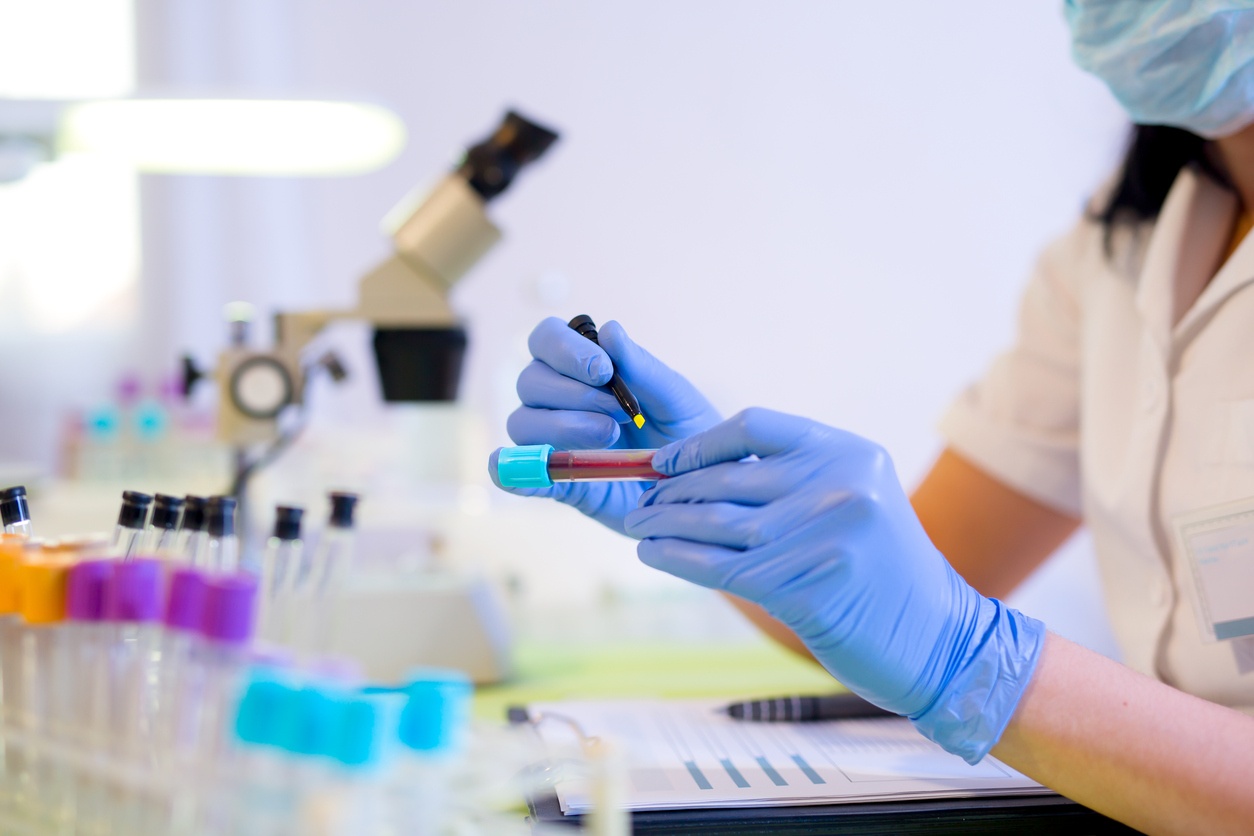
Phlebotomy is the surgical puncturing of a vein to collect and draw blood, whether for laboratory tests or blood donation. Employment in this healthcare profession is projected to grow 25 percent through 2026. The Bureau of Labor Statistics (BLS) projects that demand will remain high in this job as doctors and other healthcare professionals require blood ...

When you graduate from Nursing School, you think you have learned all the skills you need to be prepared for working in the real world. Whether you’re working in a hospital, nursing home, or doctor’s office you know all your hard work, all the classes, clinicals, late-night study groups, and tests have prepared you for what’s ahead.

All women are at risk to get cervical cancer, although it usually affects women over the age of 30. Although it used to be the leading cause of cancer death for women in the United States, rates of the disease and deaths from it have plummeted in the last 40 years. This decline is largely due to more women regularly getting screened for cervical cancer ...
%20(1).jpg)
This post was written by Robin Gosdin, RN, Certified Nursing Assistant (CNA) Program Director and Instructor at Cleburne Independent School District (ISD), which is in Cleburne, Texas. She began teaching students in 1990 and has experience in nursing and long-term care.

Currently, there are more than 39 million people in the United States that are age 65 years or older. This number includes over 2.4 million people who openly identify as lesbian, gay, bisexual, transgender, or queer. As the baby boomer generation continues to age, caregivers for LGBTQ elders need to be sensitive to the concerns and history of LGBTQ ...
-2.jpg)
This is Part Two of a two-part series; read Part One here.
Once standardized patients (SPs) have been recruited into your program, the next steps include casting, scripting, and, finally, of course, the actual simulation ...
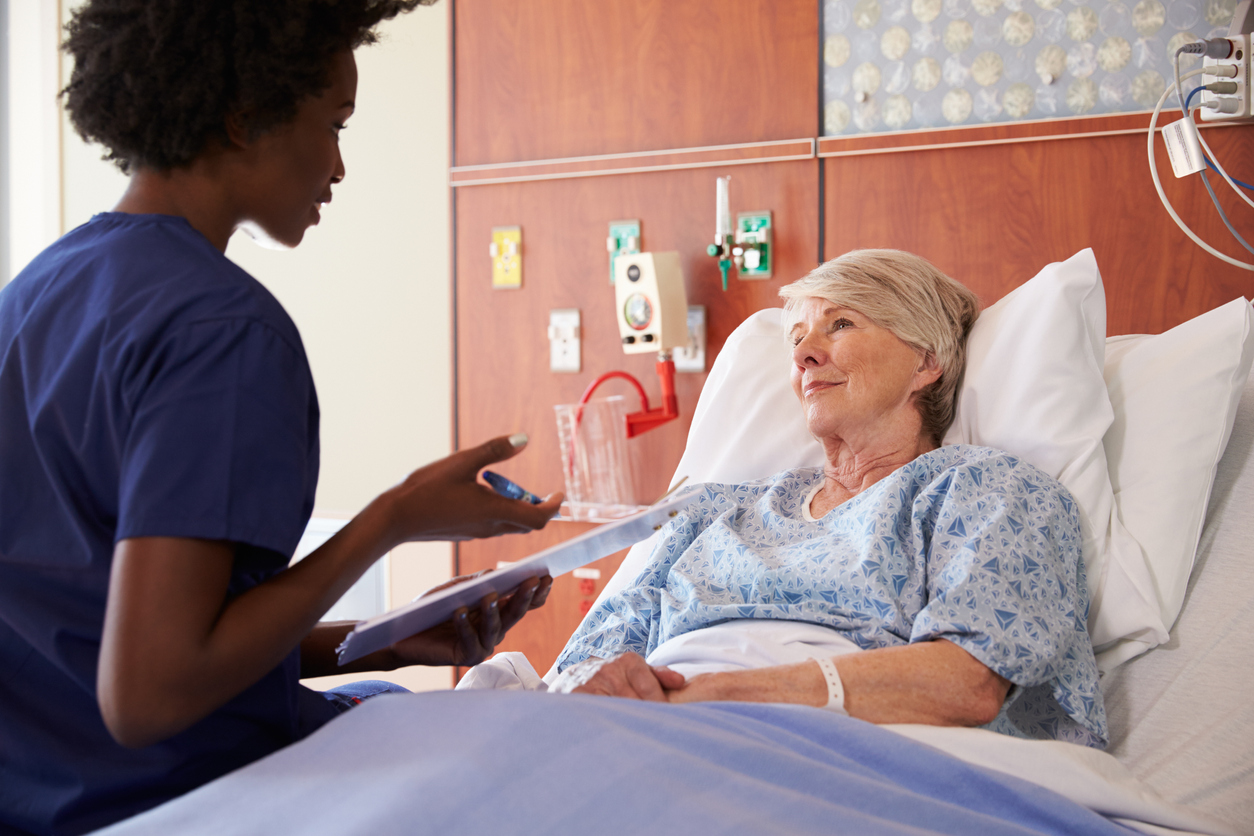
One of the challenges for nursing and healthcare education programs that want to use simulation scenarios is deciding whether or not to use standardized patients (also called standardized participants or simulated patients, and referred to here as SPs going forward).
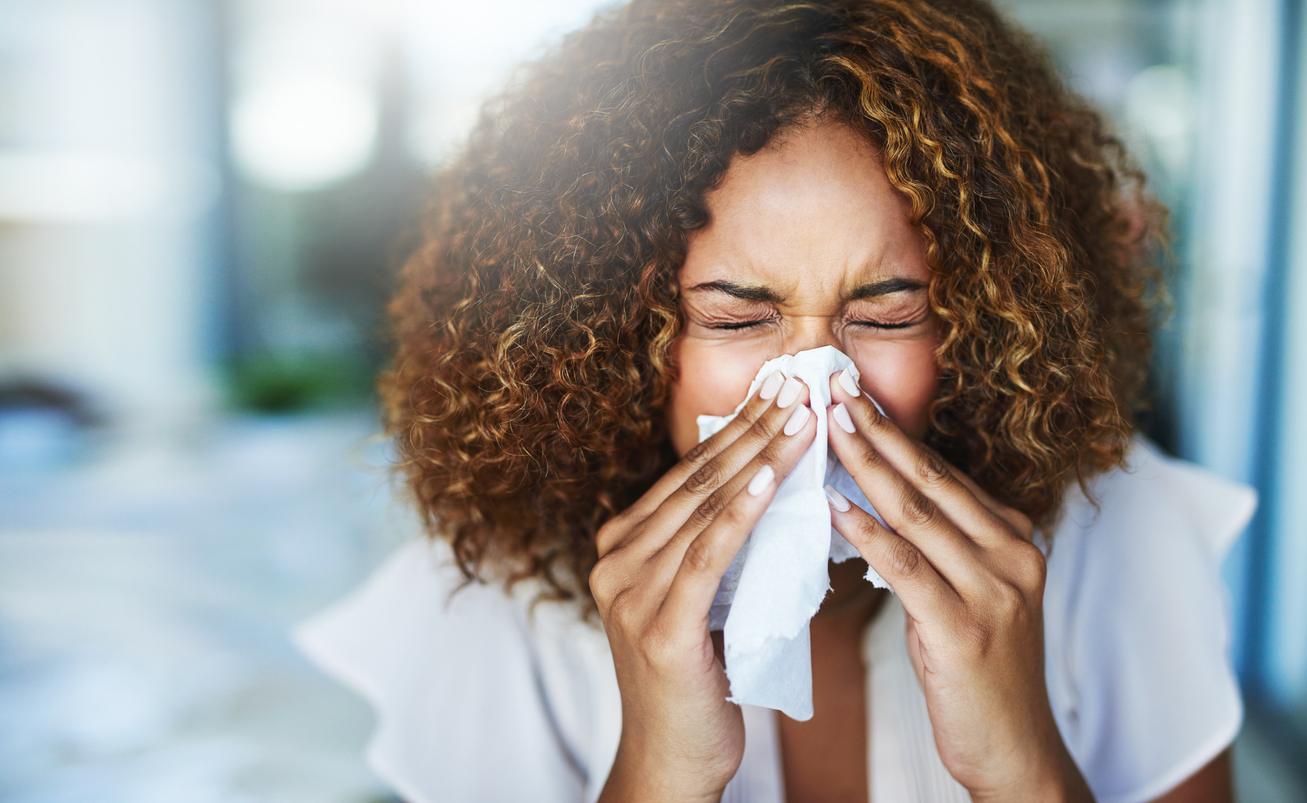
Each year, five to 20 percent of U.S. residents catch the flu, and many will seek care in healthcare settings such as pediatrician offices, urgent-care centers, doctor's offices, and even emergency rooms. More than 200,000 people will be hospitalized because of influenza-related complications.

1. From Exhausted to Extraordinary: Strategies to Reverse Nurse Fatigue by Renee Thompson, DNP, RN, CMSRN ...

Diabetes is a serious, complex, chronic condition that affects more than 30 million people in the United States, which is equivalent to 1 in 10 Americans. The strong correlation between diabetes, heart disease, and stroke makes it a condition that must be taken seriously.
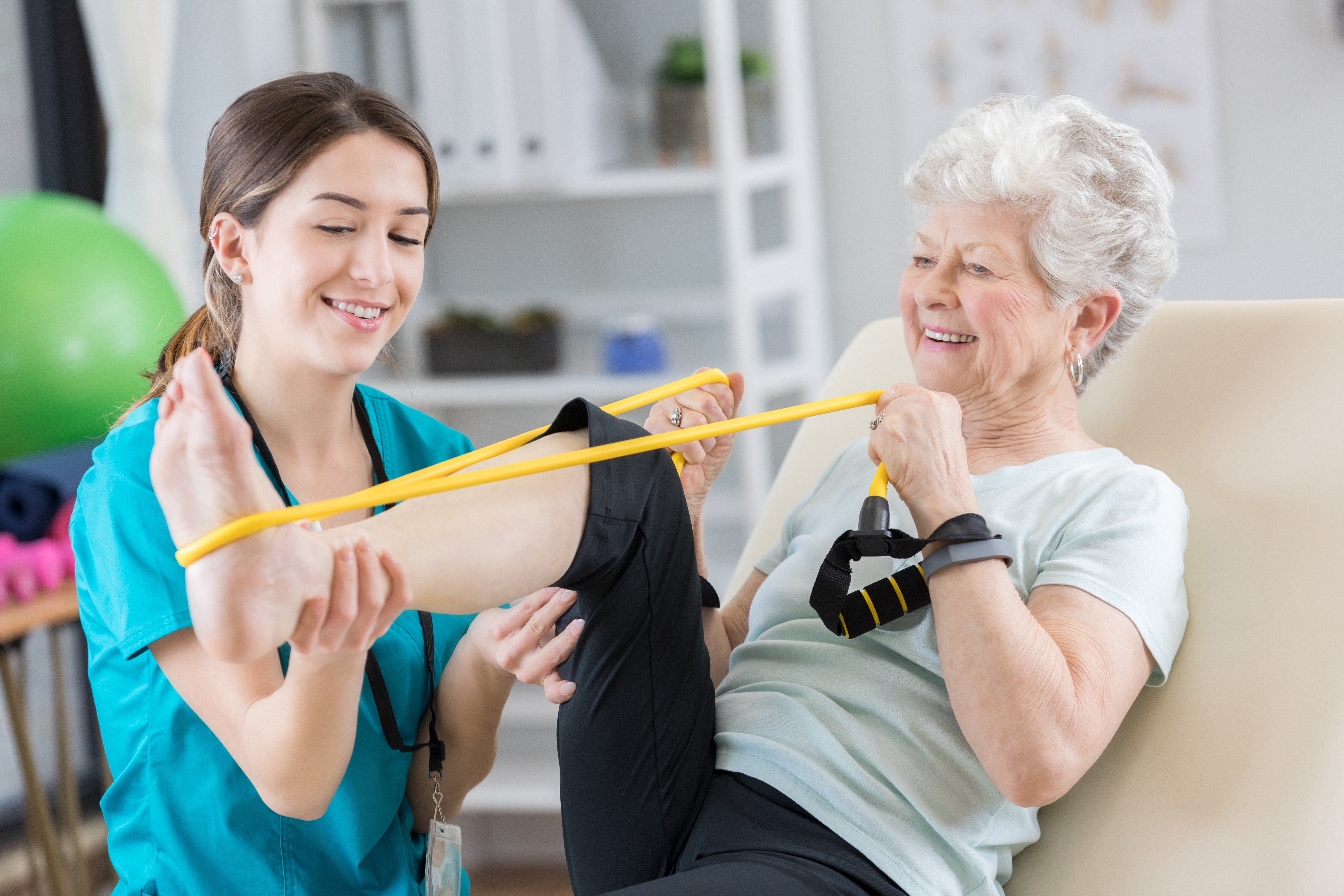
Occupational therapy asks: “What matters to you?” instead of “What’s the matter with you?” It’s a prime example of what differentiates occupational therapy from other physical therapy programs. Occupational therapists (OTs) focus on what is important to a patient, and they identify the important and valued activities that the patient will encounter in ...
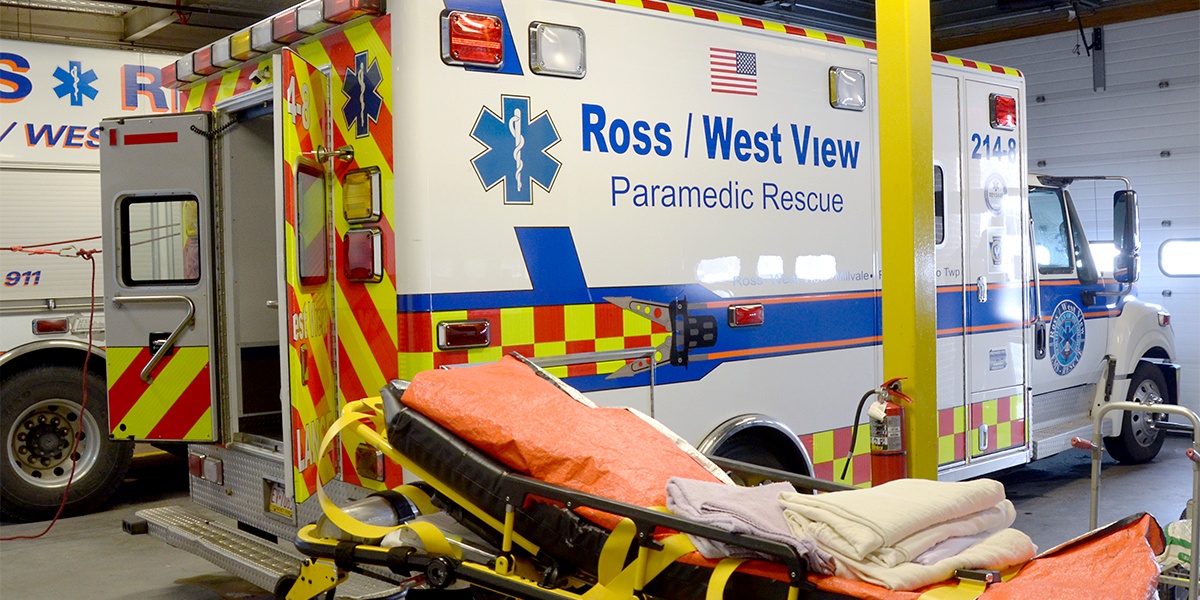
We are always aware of being thankful for first responders, especially our EMS cohorts. This year, after working with Ross/West View EMS, we learned of some not-so-obvious reasons to be thankful for them, too. Many first responders take on roles that you don't see every day, but which inform their skills and care. Sure, we recognize the blue ...
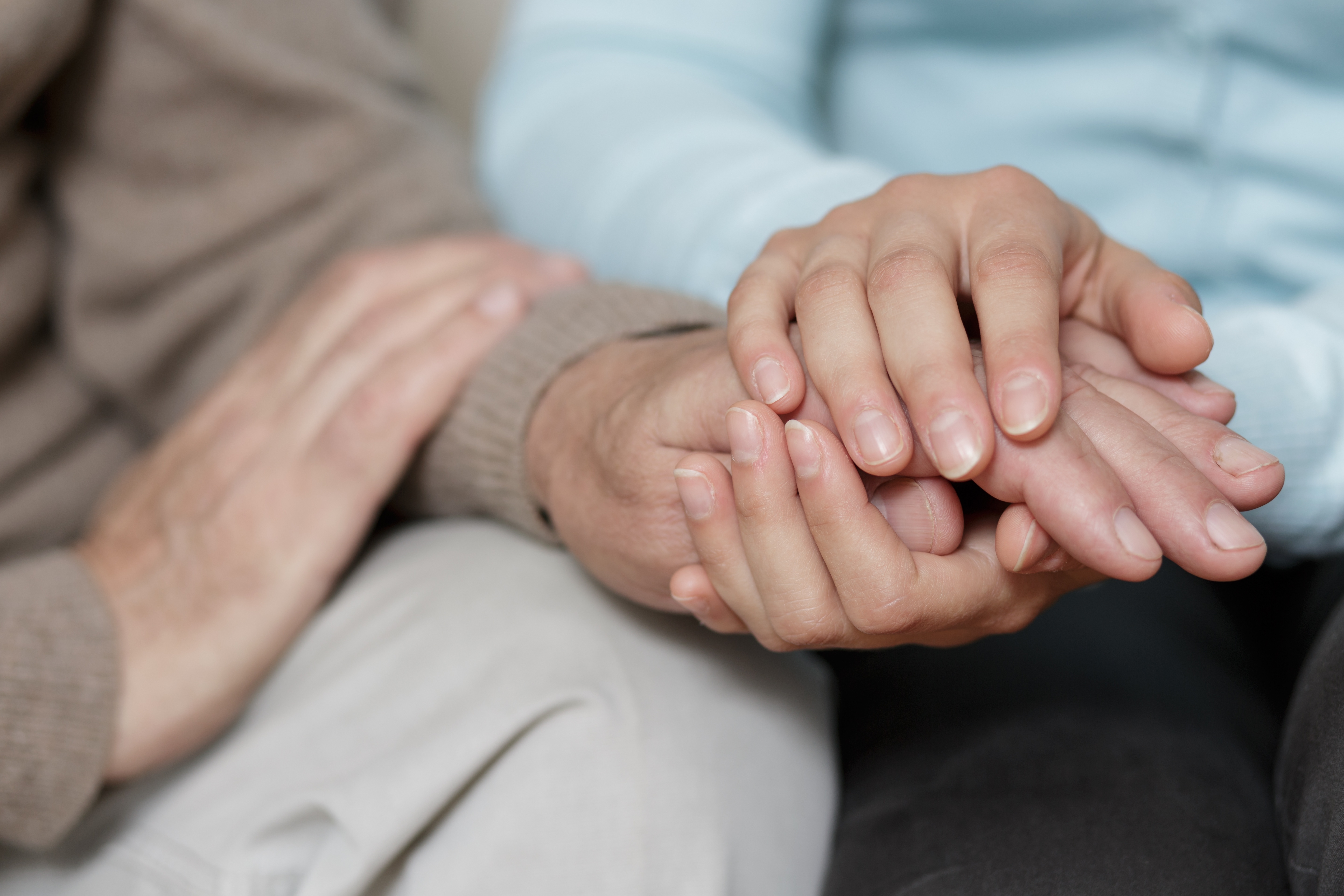
Alzheimer's disease, the most common form of dementia, is projected to affect nearly 14 million people by the year 2060. But Alzheimer's isn't a normal part of aging, and the Center for Disease Control and Prevention (CDC) has created a curriculum intended to increase awareness of Alzheimer's and other types of dementia, as well as the role of public ...
.jpg)
In the age of social networking abundance, with sites like LinkedIn and Twitter providing constant industry updates and opportunities to connect, it can seem as though all our professional networking needs are already met. However, joining a simulation-related, in-person networking group and attending events can provide benefits in addition those ...

In August of 2017, the American Heart Association (AHA) issued a directive that will take effect on January 31, 2019 requiring the use of a feedback device in all their adult cardiopulmonary resuscitation (CPR) courses. These devices should “provide learners with real-time, audio-visual corrective feedback on aspects such as compression rate, depth, and ...
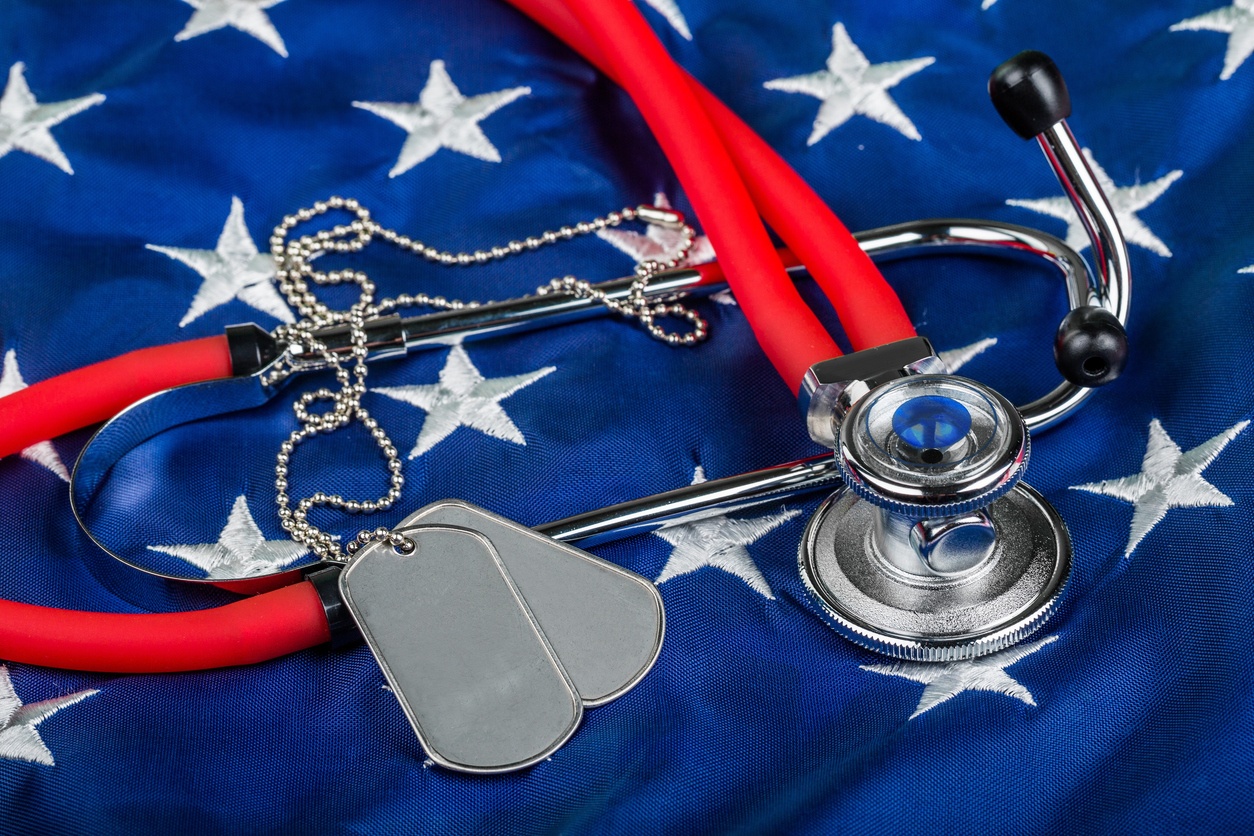
The Veteran’s Health Administration (VHA) has begun to focus on preventative services and healthy lifestyle interventions for the veteran population of the United States. Healthcare providers, from nurses and physicians to physical and occupational therapists, should be aware of and know how to address the following issues for U.S. veterans.
.jpg)
Standardized participants (SPs) for simulation scenarios can be sourced from a variety of places. If a school of nursing is at a college or university with a theater program, they may ask for volunteers from drama classes, even offering class credits. SPs can be volunteers from other educational programs, from EMS and pharmacy to nursing. At a conference ...
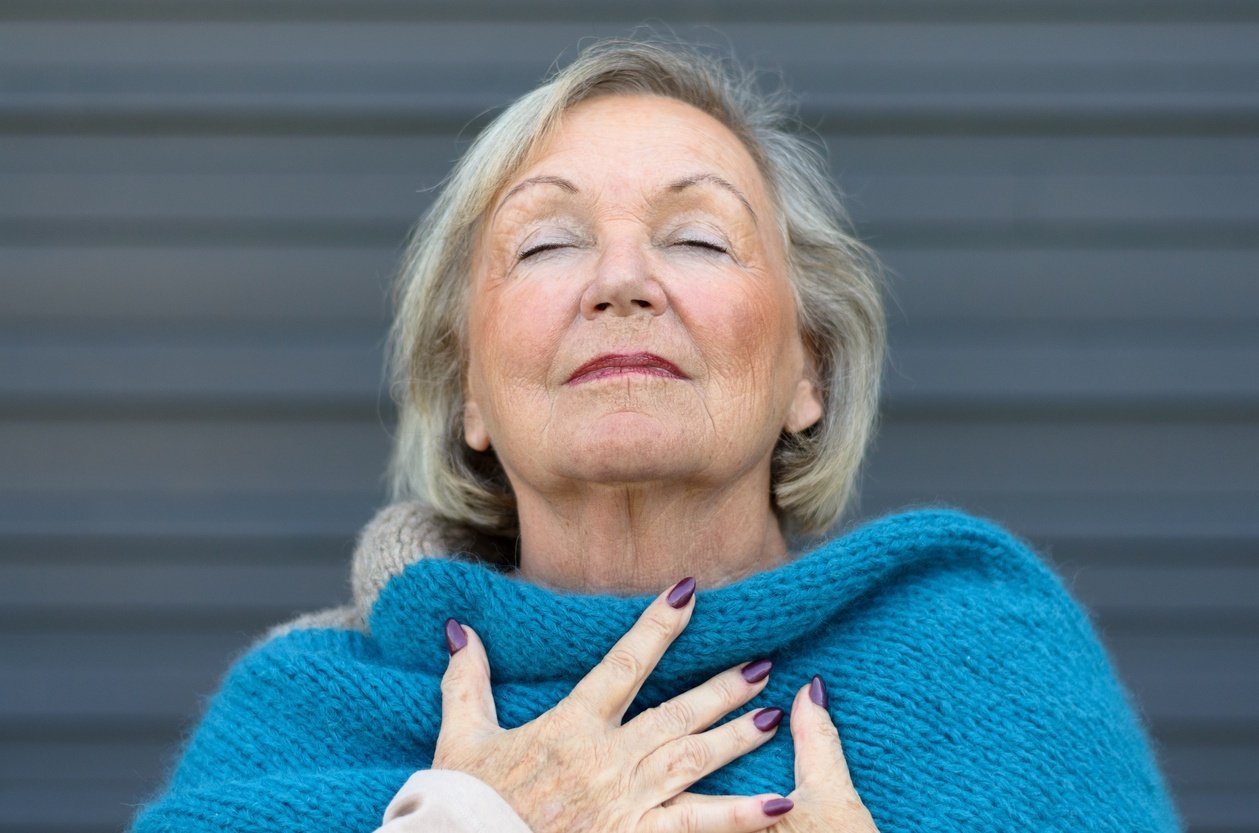
This is an interview with Dani Wall, a respiratory therapist in the pulmonary department at Allegheny General Hospital in Pittsburgh.
Nicki Murff: What made you choose a career in respiratory care?
Dani Wall: I knew I wanted to be in the medical field, but I knew I didn’t want to be a nurse. That specific ...

One out of 20 people will suffer a cardiac arrest in their lifetime; fewer than 25 percent of people are prepared to jump into action to help that person survive the event.
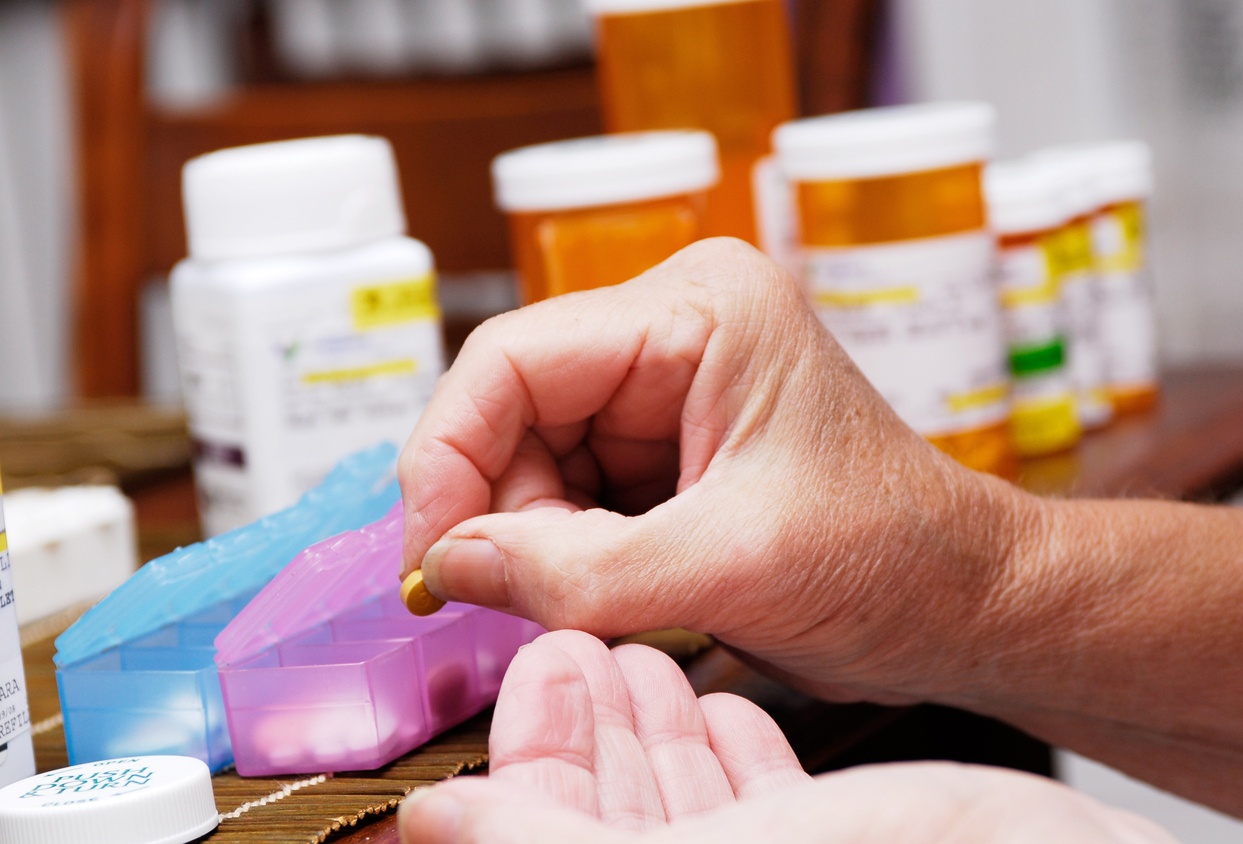
Poor medication adherence is an ongoing problem in the pharmacy industry. An overwhelming number of prescription medications are being taken incorrectly, and a 2014 study found that almost one-third of patients did not fill first-time prescriptions. In addition, the Centers for Disease Control and Prevention (CDC) reports that 50 percent of chronically ...
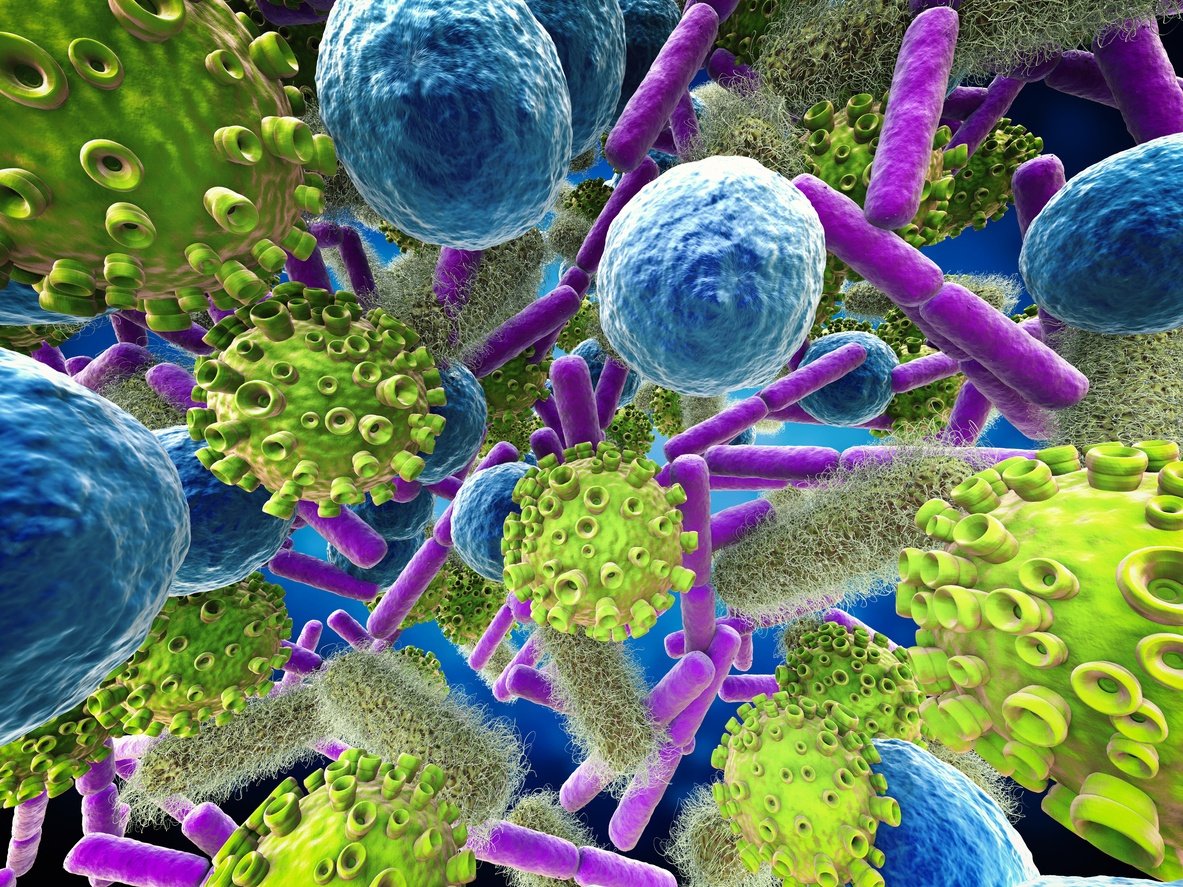
A healthcare-associated infection (HAI) is an infection that results from germs entering a patient’s body as the result of their medical care. HAIs can be associated with the use of invasive medical devices, such as catheters or ventilators, or can occur at surgical sites.
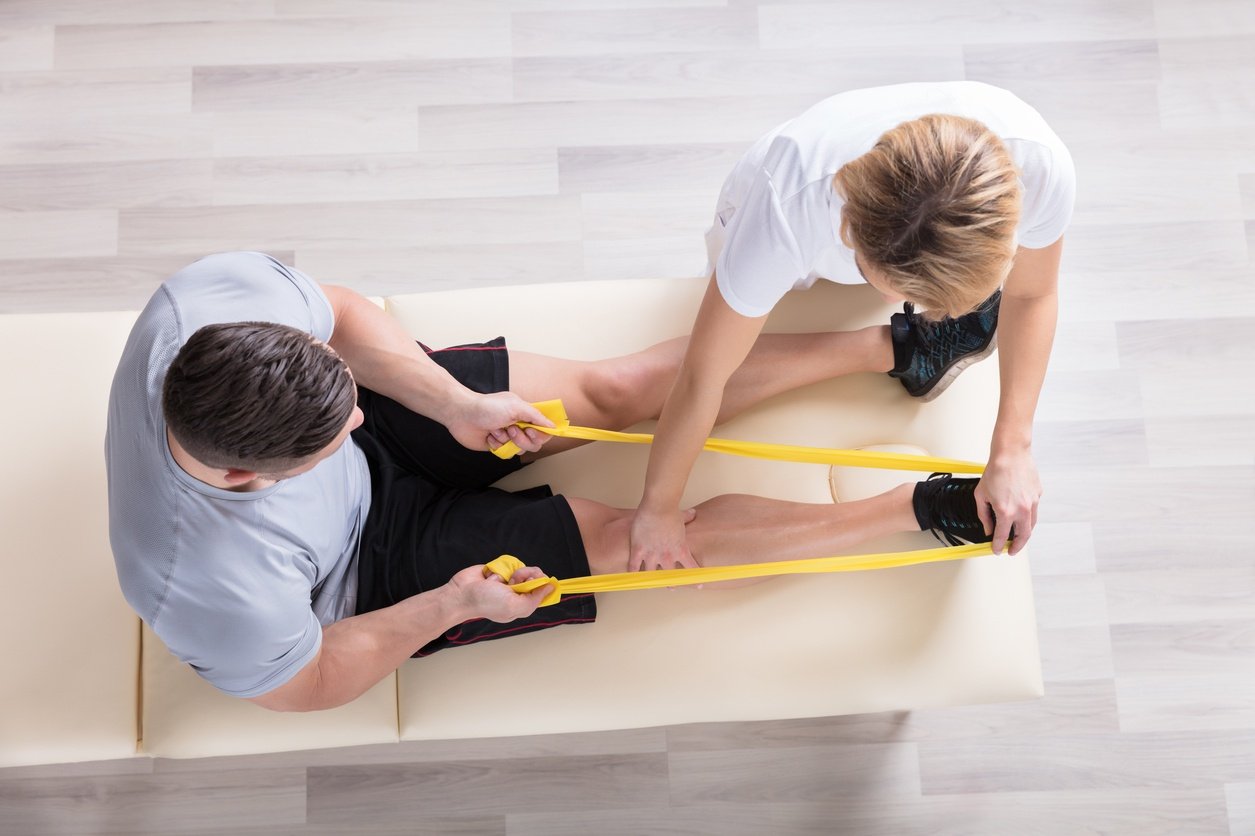
Physical therapy is a growing and thriving healthcare field. According to the American Physical Therapy Association (APTA), the demand for physical therapists (PTs) will continue to grow between now and 2020. According to the Bureau of Labor Statistics, employment of PTs is ...

In order to fight the threat of antibiotic and antimicrobial resistance (AR/AMR), the United States Department of Health and Human Services (HHS) and the Centers for Disease Control and Prevention (CDC) are heading up an effort to meet the AMR Challenge. CDC officials think pharmacists can play a vital role in addressing and preventing antibiotic ...
.jpg)
Cancer is the second leading cause of death in the United States, and breast cancer is the second most deadly cancer among U.S. women. This October, take time to prepare your students for future conversations about breast cancer with patients – and remind everyone in the classroom of the importance of their own breast health.
.jpg)
Simulation in nursing or EMS education means a lot more than “pretending” to care for a patient. Standardized participants (SP), also called standardized patients, are real people who volunteer or are paid to act in scenarios. SPs are vital to the reality of a simulated scenario, and when effective, can provide learning opportunities in all types of ...
.jpg)
Hemorrhage is the leading cause of preventable deaths among combat trauma casualties. In July, Food and Drug Administration (FDA) issued an emergency use authorization to the U.S. Department of Defense to enable the emergency use of freeze-dried plasma (FDP).

Simulation has seen many milestones and advances over the years. In a 2013 NCSBN multi-simulation national study, evidence was presented to show that nursing education can substitute clinical time with simulation without harming the educational outcome and learning aspect for the students. It’s not only colleges and universities that can benefit from ...
.jpg)
1. SimPOW
Pocket Nurse® has been instrumental in the founding and success of the ever-growing Simulation Alliance of Pennsylvania, Ohio, and West Virginia (SimPOW), which was started a year ago this month.

Simulation-based education has been defined as using standardized participants (SPs), High-Mid-Low fidelity simulators, and medical equipment to afford students an opportunity to be presented with a set of conditions and evaluate problems realistically. The student is required to respond to the problem(s) as he or she would in real life. The decisions ...
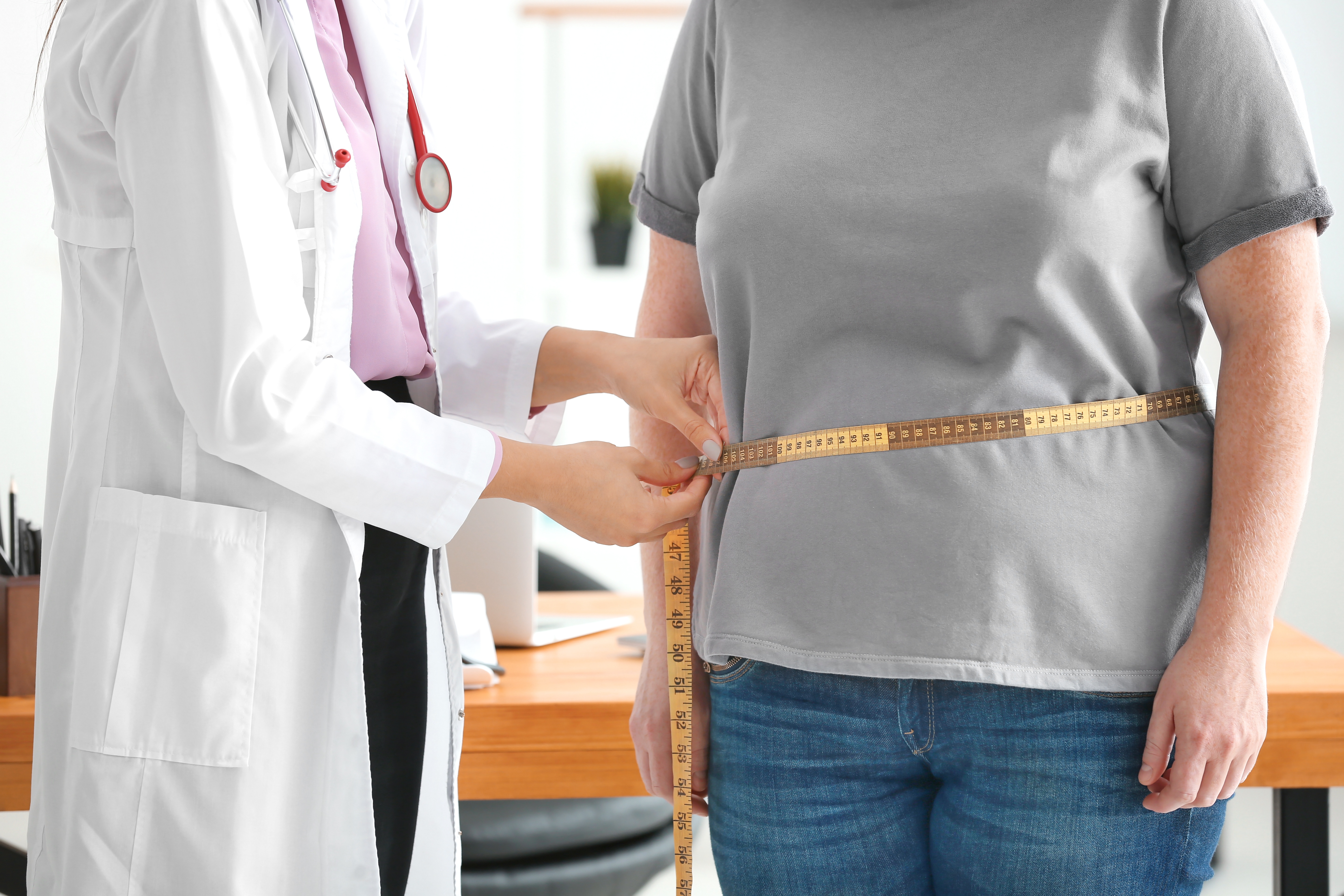
Treating bariatric patients can be challenging. Patients with obesity may delay seeing a healthcare provider for routine medical care.
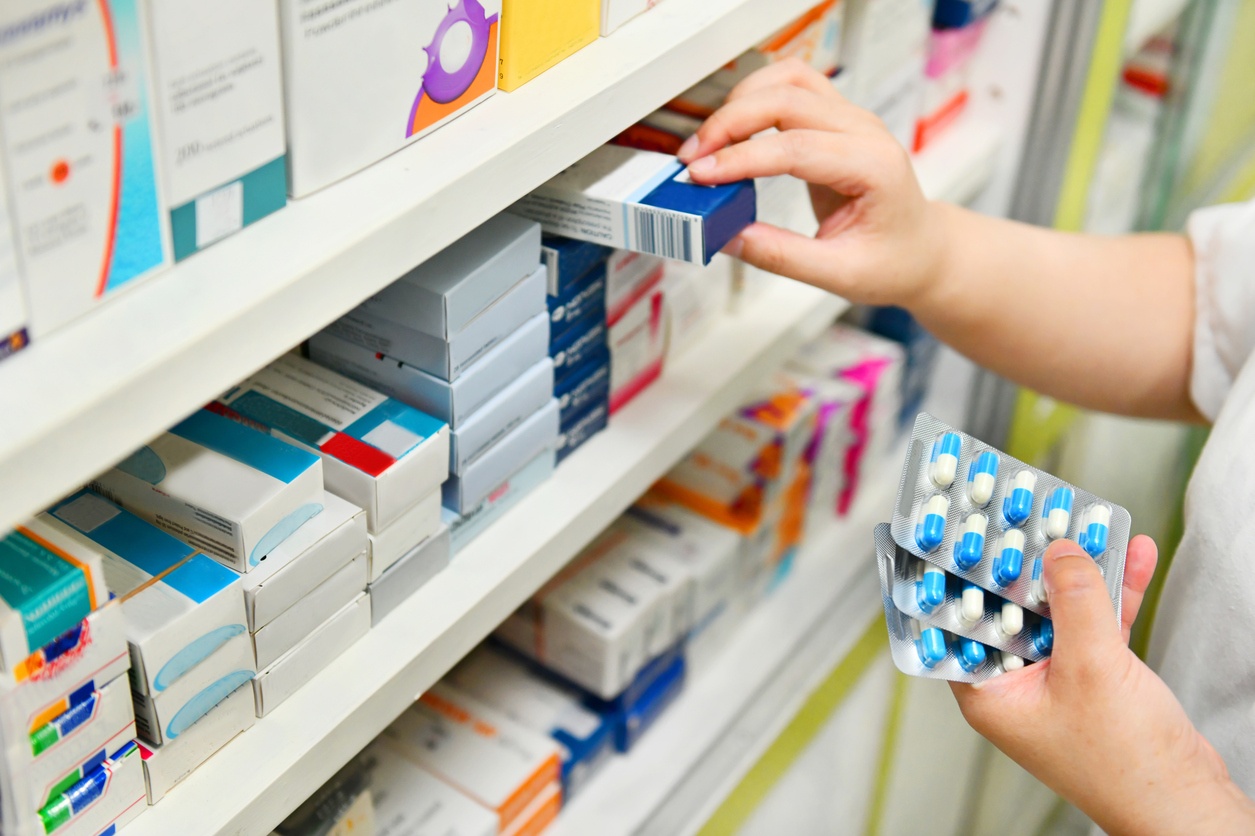
The last line between a patient and medication errors is at the pharmacy. Pharmacists and pharms techs are accessible and trusted healthcare providers, and they catch a lot of mistakes before harm can come to patients. However, 21 percent of medication errors that affect patients may stem from dispensing errors at the pharmacy, so extra vigilance can be ...

Childhood obesity in the United States is a serious issue. For children and adolescents aged 2 to 19 years, obesity rates are about 17 percent, or about 12.7 million children and adolescents – including a prevalence of 8.9 percent among 2- to 5-year-olds. Childhood obesity disproportionally affects children from low-income families.

Cholesterol is a fat-like substance that performs certain essential functions, like nerve protection, cell tissue creation, and the creation of certain hormones. However, when a build-up of cholesterol occurs in blood vessels, blood flow can be severely impacted, which can result in heart attack or stroke.
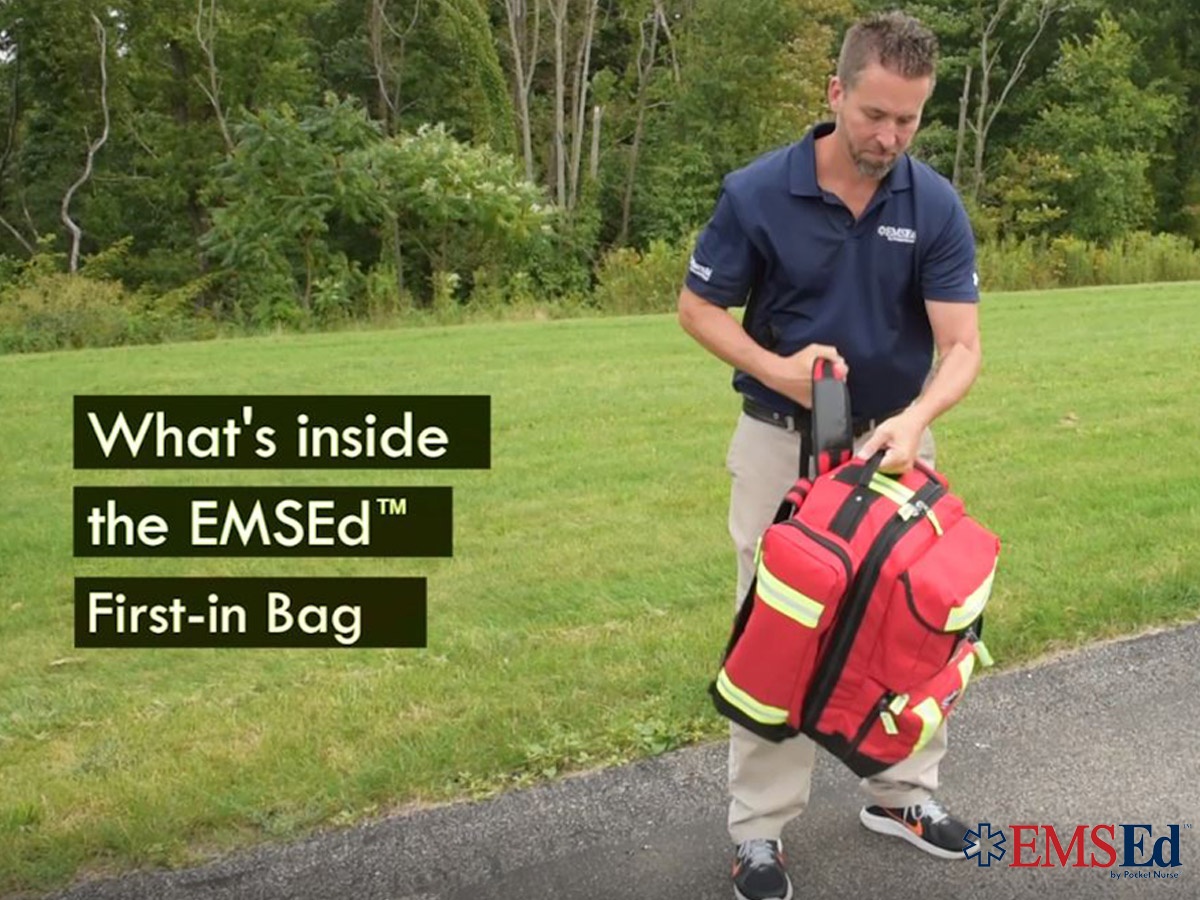
Practicing as if one is in a real emergency situation is a key concept for effective simulation. EMS students need to perform their assessments and treatment with as much realism as possible.

Emergency Medical Services (EMS) as a career has come far since the National Academy of Sciences 1966 white paper, Accidental Death and Disability: The Neglected Disease of Modern Society. Our first two generations of leaders, educators, providers, and medical directors have brought us a long way, but in comparison to the other fields of medicine, we ...

Using moulage in your in-class simulations can be one of the best ways to prepare students for what to expect in their clinical positions. When students have the chance to encounter a situation within the safety of a simulation, they can ask questions and hone their response skills. We’ve prepared a short moulage how-to video and step-by-step to assist ...

With 350,000 people suffering cardiac arrest outside the hospital and over 200,000 suffering cardiac arrest in a hospital setting, the ability for people (both bystanders and medical professionals) to perform cardiopulmonary resuscitation, commonly known as CPR, correctly has become critically important. If CPR is performed accurately and immediately, ...
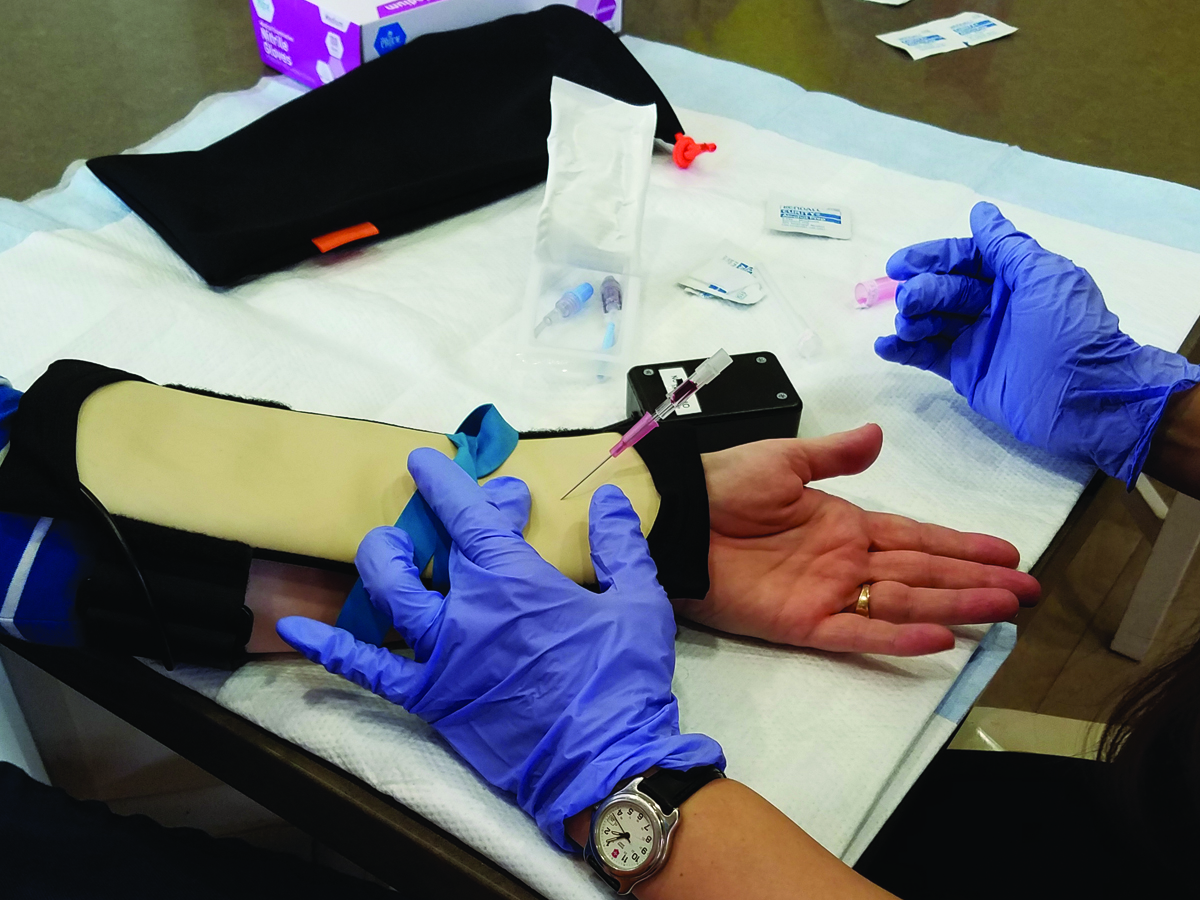
Adding humans into clinical simulation scenarios is not a new thing. Standardized patients (SPs), or standardized participants, can be volunteers, fellow students, or trained actors. With the introduction of virtual reality (VR), students will even start to interact with holographic SPs.

Simulated bacteria is a tool used to teach proper aseptic techniques. It’s a gel or powder that doesn’t appear in normal lighting, but glows under ultraviolet (UV) light, often called black light.
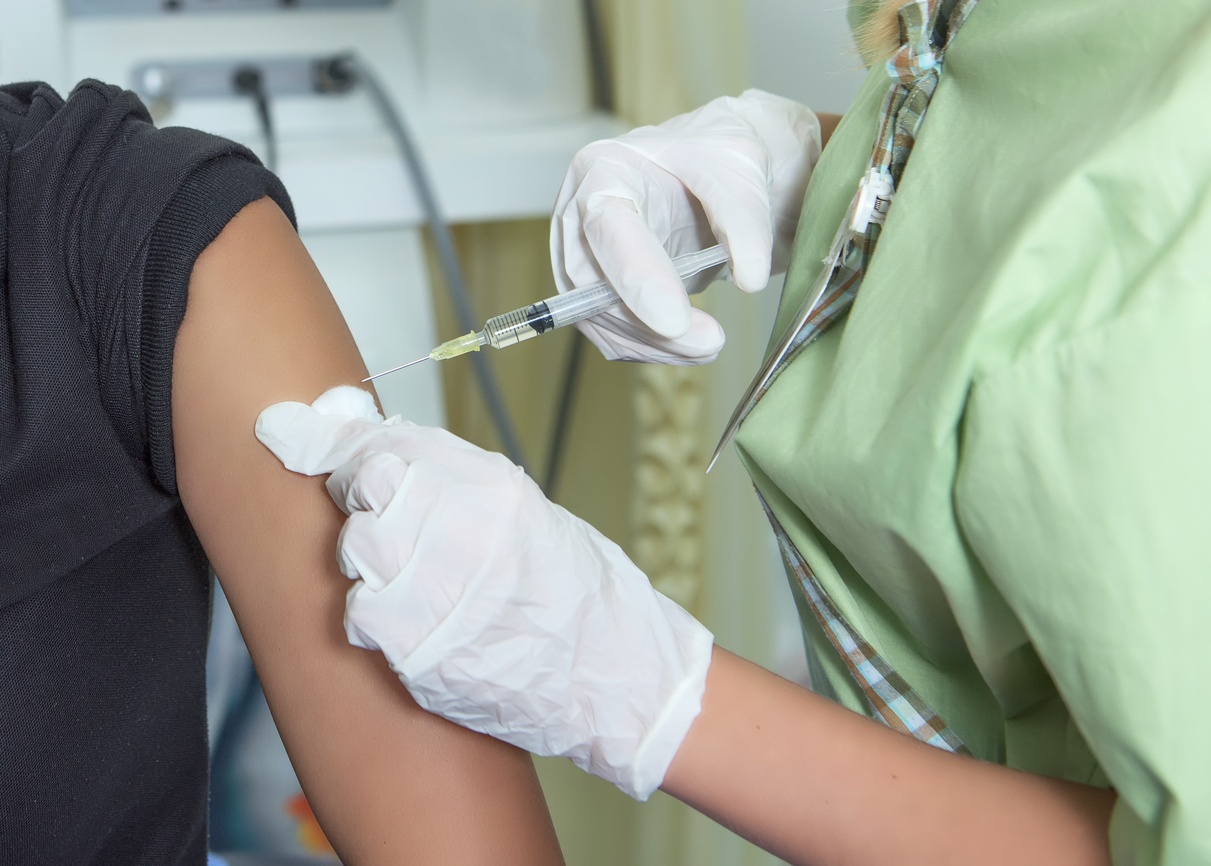
Back-to-school season means physical check-ups and vaccinations for school-aged students and many adults. Nursing students – and pharmacy students, as many pharmacies are now offering immunization services – must be prepared to ...

According to the World Health Organization (WHO), interprofessional education (IPE) “occurs when students from two or more professions learn about, from, and with each other to enable effective collaboration and improve health outcomes.”

First responders encounter traumatic scenes every day, whether they are arriving to the scene of a car accident, responding to a domestic or sexual violence situation, or serving a community in the aftermath of a natural disaster. In cases like these, it is crucial that emergency personnel respond to the victims, survivors, and family members with ...

In 2019, any program pursuing accreditation to educate pharmacy technicians must meet a new set of standards. Changes outlined by the Pharmacy Technician Accreditation Commission (PTAC) take effect on January 1.

Throughout the world, 255 million people are affected by massive global disasters, and 62,000 people die every year. Public health nurses are often the major source of healthcare when these disasters strike. With the unpredictability of the occurrence of disaster, preparation must be continual and up-to-date.

In the United States, there are almost 4 million registered nurses in the workforce. Not all RNs work in direct patient care, however. Upon graduation there are many professional avenues available to a person with a nursing degree.

Advance CTE, the non-profit organization for Career Technical Education (CTE) across 50 states, describes Career Technical Education (CTE) as, “an educational option that provides learners with the knowledge and skills they need to be prepared for college and careers.”
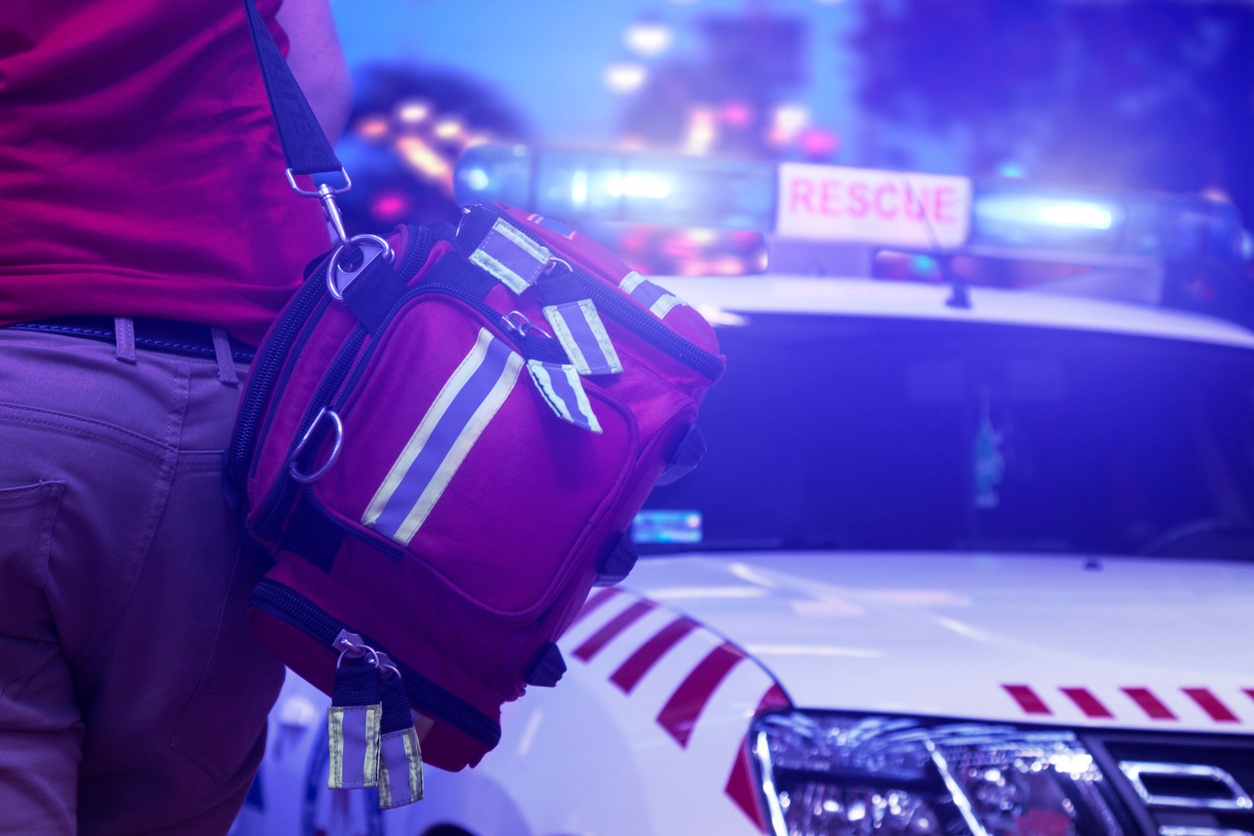
Demand for Emergency Medical Services (EMS) professionals is high, yet some agencies are struggling to fill positions. Once hired, physical strain, stress, and low pay drive several professionals to leave quickly. It’s an ...
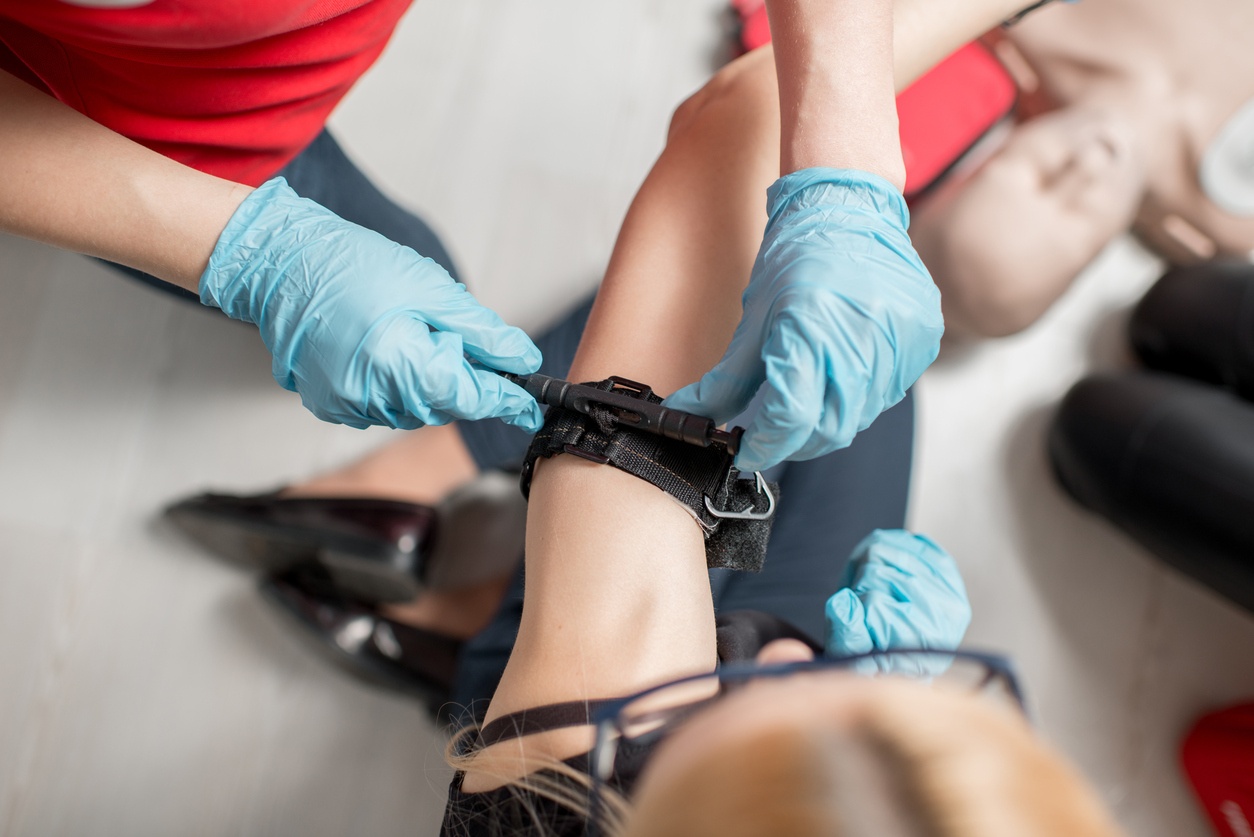
Since 2005, in the United States, unintentional injury has been the leading cause of death for people ages 1-44 years old. More often than not, bystanders are the first people on the scene when someone becomes seriously injured. Unfortunately, those bystanders may not know what to do in such a tense situation before emergency services arrive.
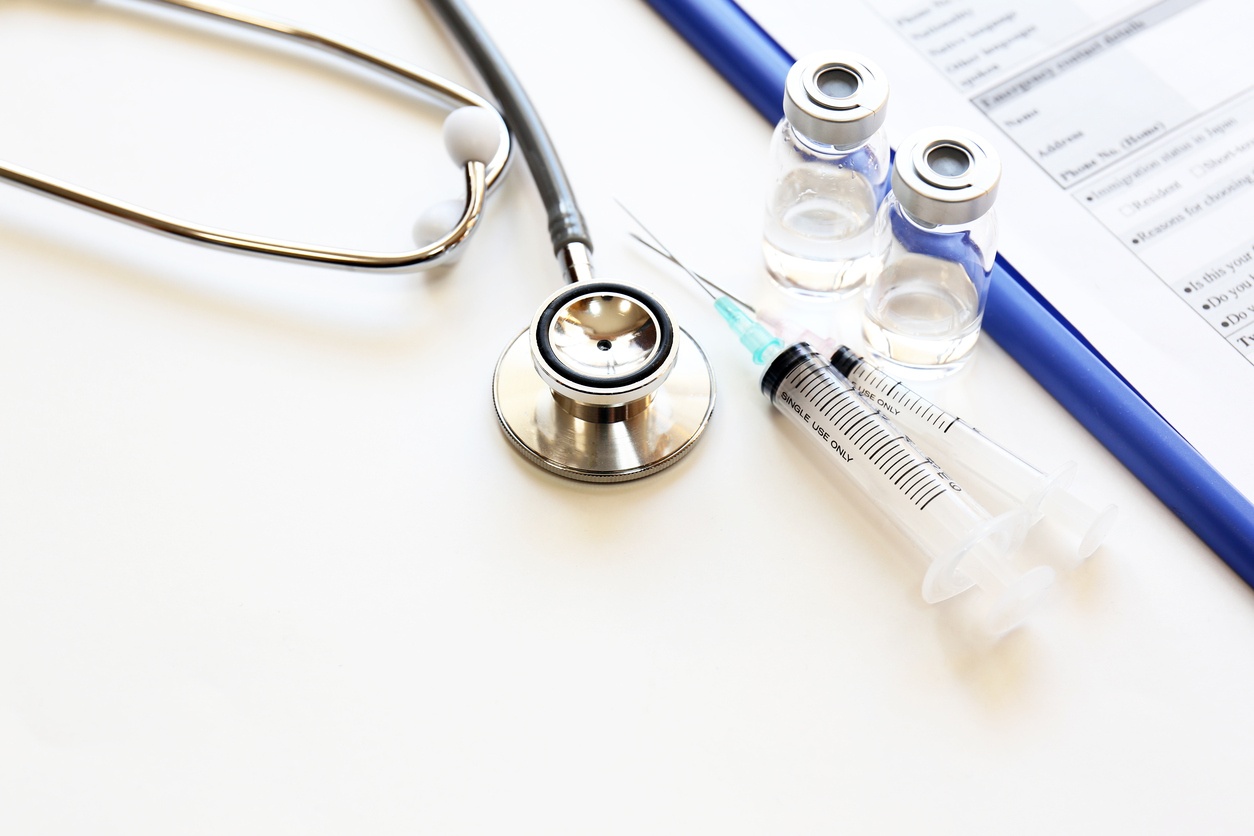
Patients who have adrenal insufficiency have a severe or total deficiency in hormones produced by the adrenal cortex. Adrenal hormones, which include cortisol and aldosterone, are important chemicals the body needs to function correctly. Some of the roles cortisol and aldosterone play include regulating the following:

In a recent Pocket Nurse® survey, 30 percent of the 555 healthcare educators who responded noted that student engagement and retention were their biggest professional challenges. Disengagement in a simulation or clinical environment can be detrimental to student learning and retention.

Ultraviolet (UV) radiation from the sun poses health risks to the skin and eyes. Here are the best ways to counteract the damaging effects of sun exposure.

This week, the United States Food and Drug Administration (FDA) made headlines when it approved its first pharmaceutical drug derived from the marijuana plant. Epidiolex®, from GW Pharmaceuticals, is an oral medication made of cannabidiol (CBD), one of the chemical compounds found in the cannabis plant. Unlike tetrahydrocannabinol (THC), another cannabis ...

A good pharmacist needs to possess a scientific mindset, which is also a crucial component in surviving pharmacy school. However, becoming a great pharmacist requires a scientific mind and outstanding communication skills. With the roles of pharmacists changing to encompass more patient-centered care, communication, both verbal and ...

In 2017, data from a national Center for American Progress (CAP) survey showed that 14 percent of LGBTQ (lesbian, gay, bisexual, transgender, and queer) patients had experienced discrimination based on their sexual orientation or gender identity, and that they had avoided or delayed crucial medical assistance because of this type of discrimination from a ...
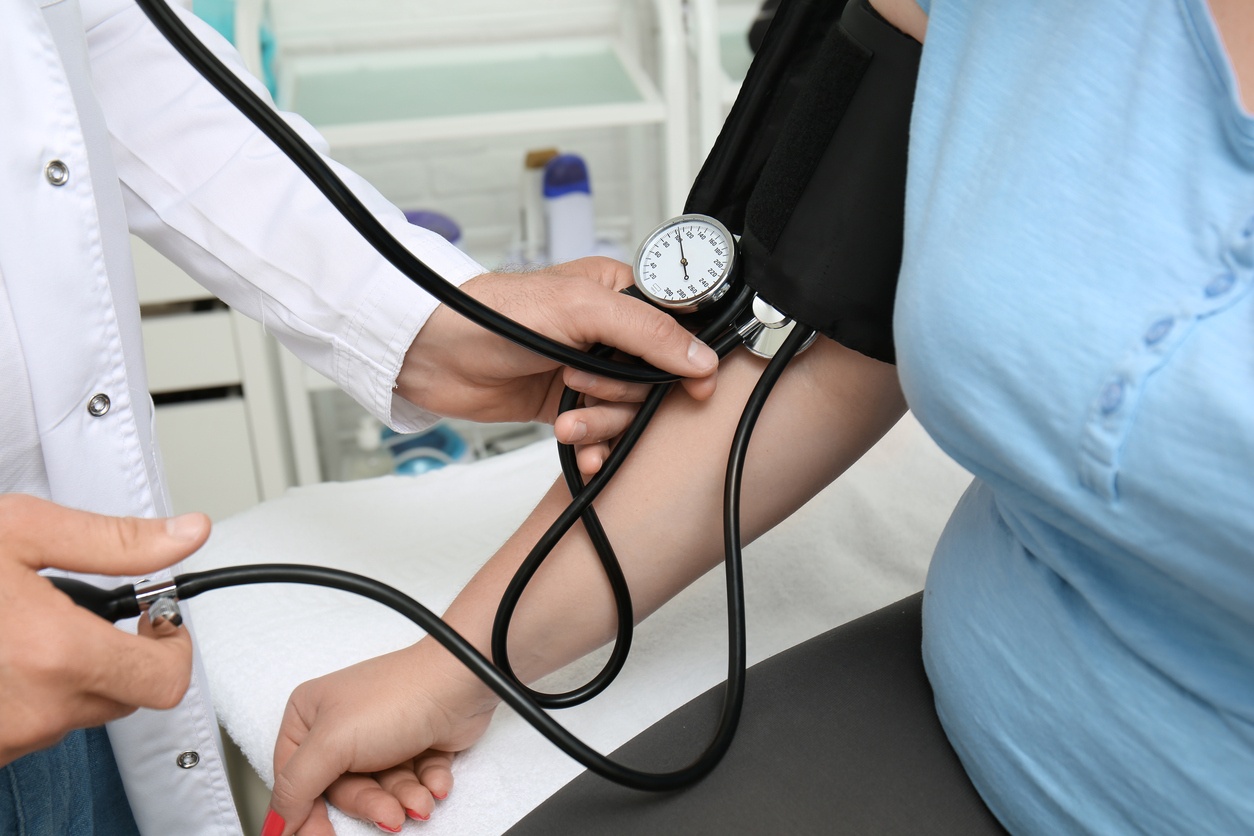
With such a significant percentage of the U.S. population being obese, and with its impact on health, healthcare providers are going to need to be prepared to provide care for overweight and obese patients.

Men’s rates of addiction are nearly twice as high as those of women, and men are more likely to abuse alcohol and use all types of illicit drugs than women. The reasons for abuse vary, and a number of risk factors can predispose men to developing a substance use disorder.

While women are more likely to be diagnosed with depression, millions of men are silently suffering from undiagnosed depression. This is reflected in suicide rates; men are at an increased risk of death by suicide – as of 2016, men are nearly four times more likely than women to die by suicide. Add that to the links between depression, anxiety, and heart ...
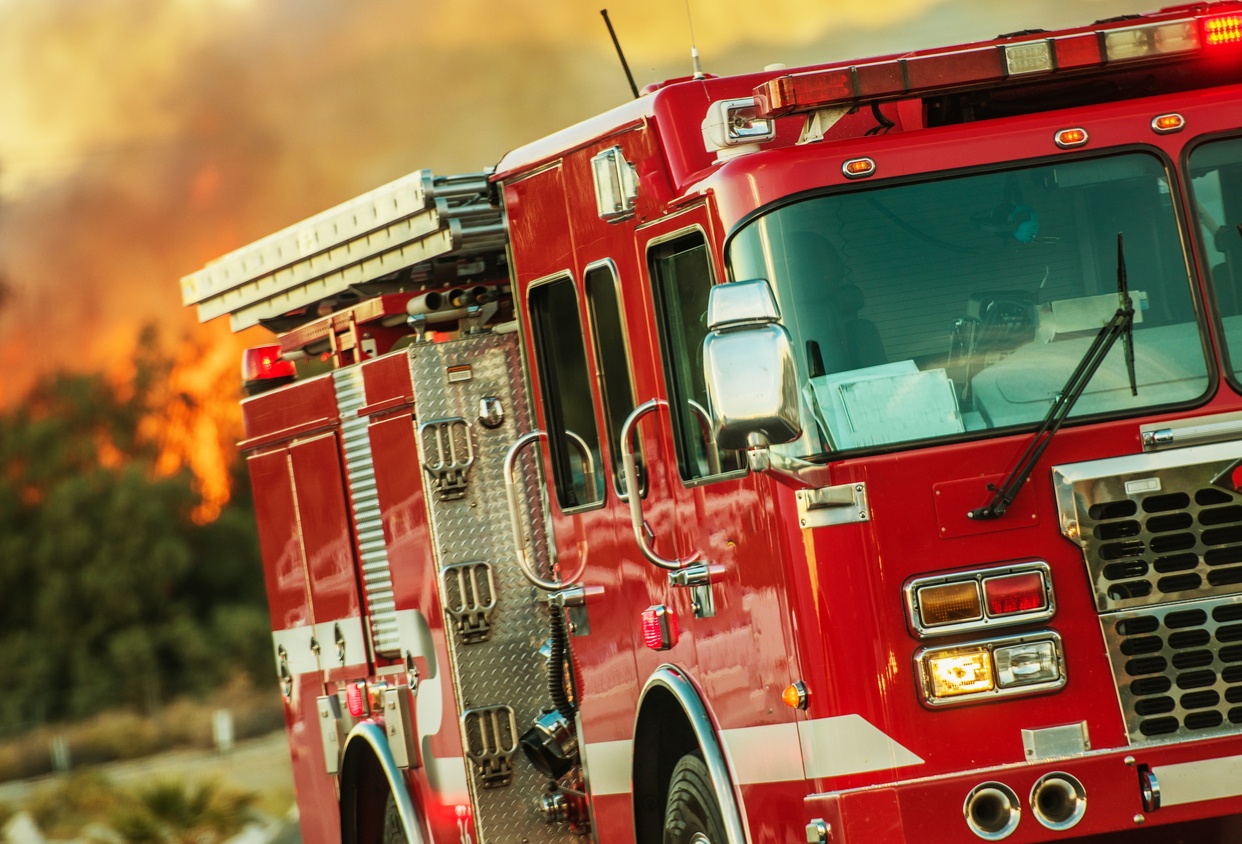
According to the Centers for Disease Control and Prevention (CDC), 80 to 100 firefighters die in the line of duty each year. Firefighting is a dangerous occupation, but education and practice can help first responders identify and address life-threatening situations.
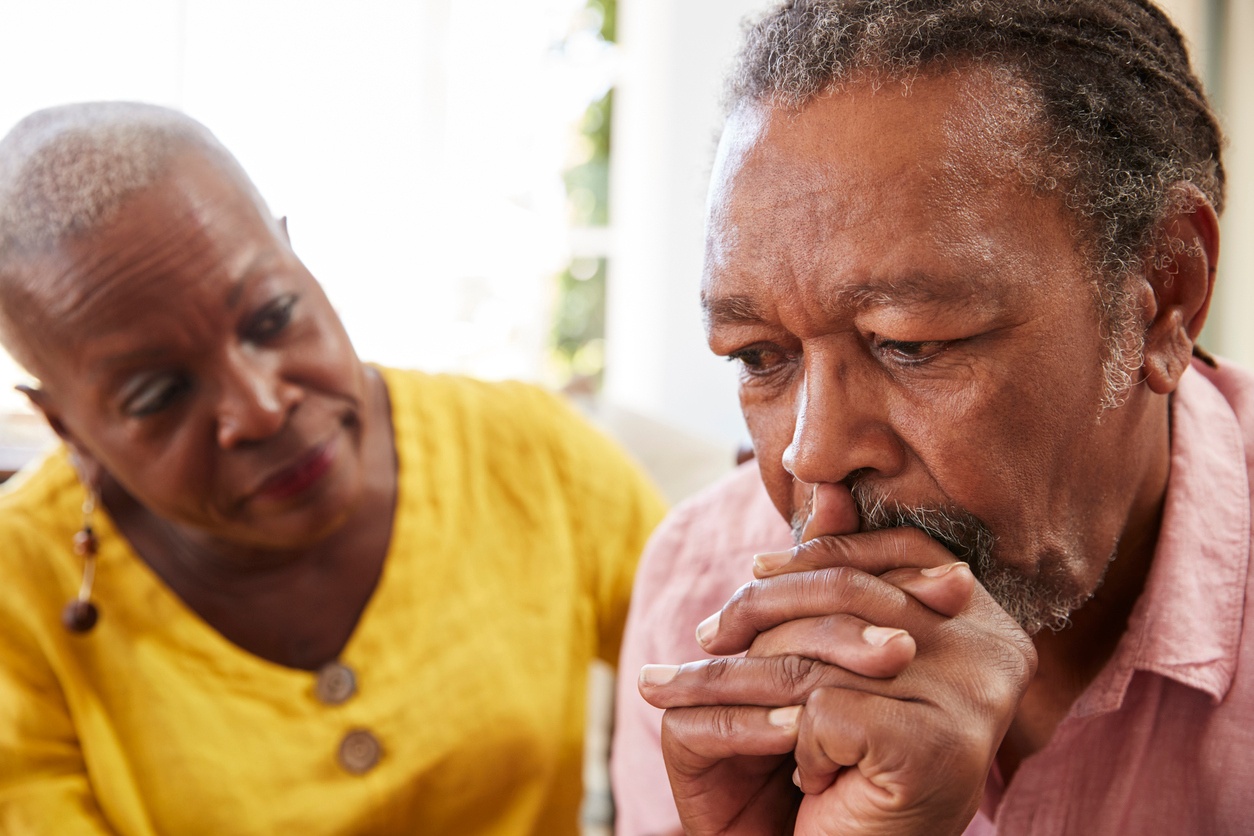
Dementia expresses itself uniquely in each person, and different types of dementia can take on different characteristics. Often patients, their families, and even some healthcare professionals can have a hard time distinguishing the varied types of dementia, tending to lump all dementias under the title of Alzheimer’s Disease. This does the patient a ...

Poolside and looking for a book? Consider these nursing-related reads to remind yourself why you do what you do.
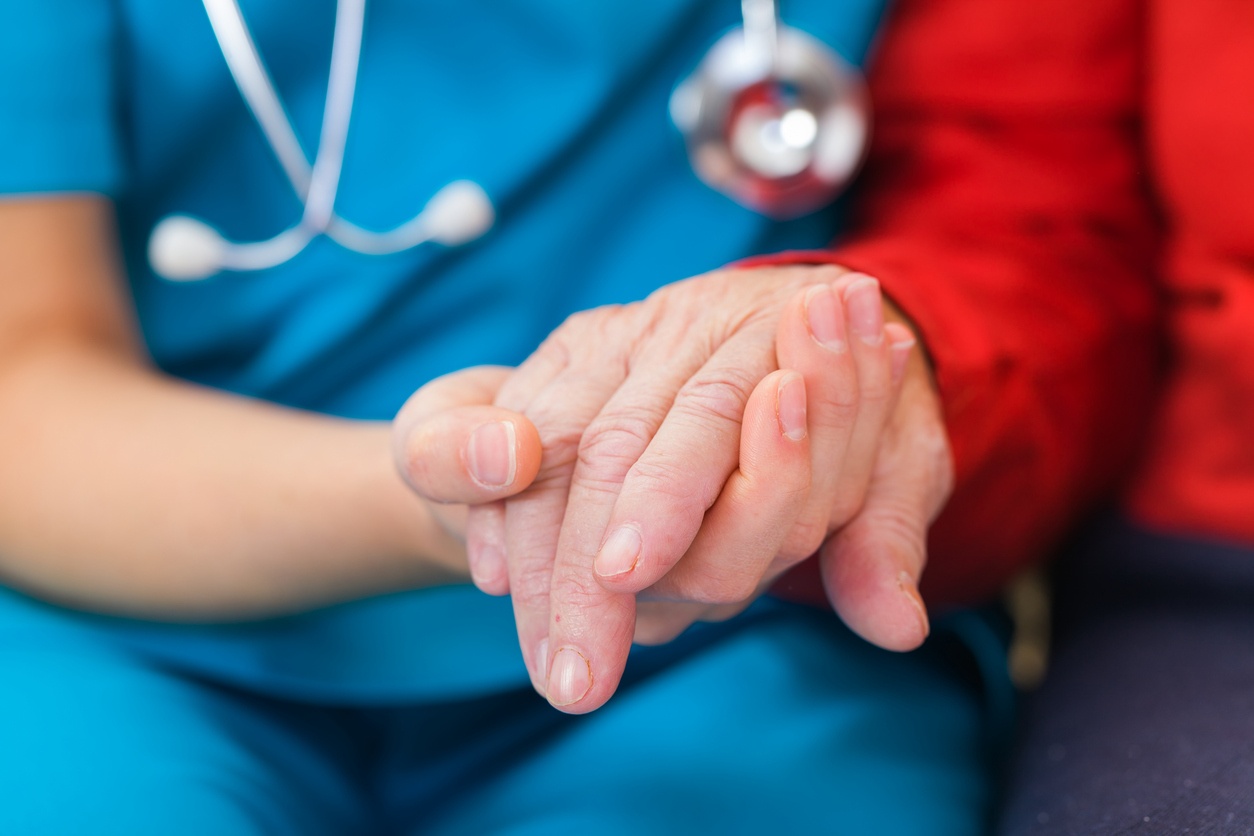
Simulation education doesn’t end once a student leaves the classroom and enters the hospital as a healthcare provider. Medical professionals are using the tools and tactics with which they were taught, and educating patients, families, and caregivers for post-hospital care.
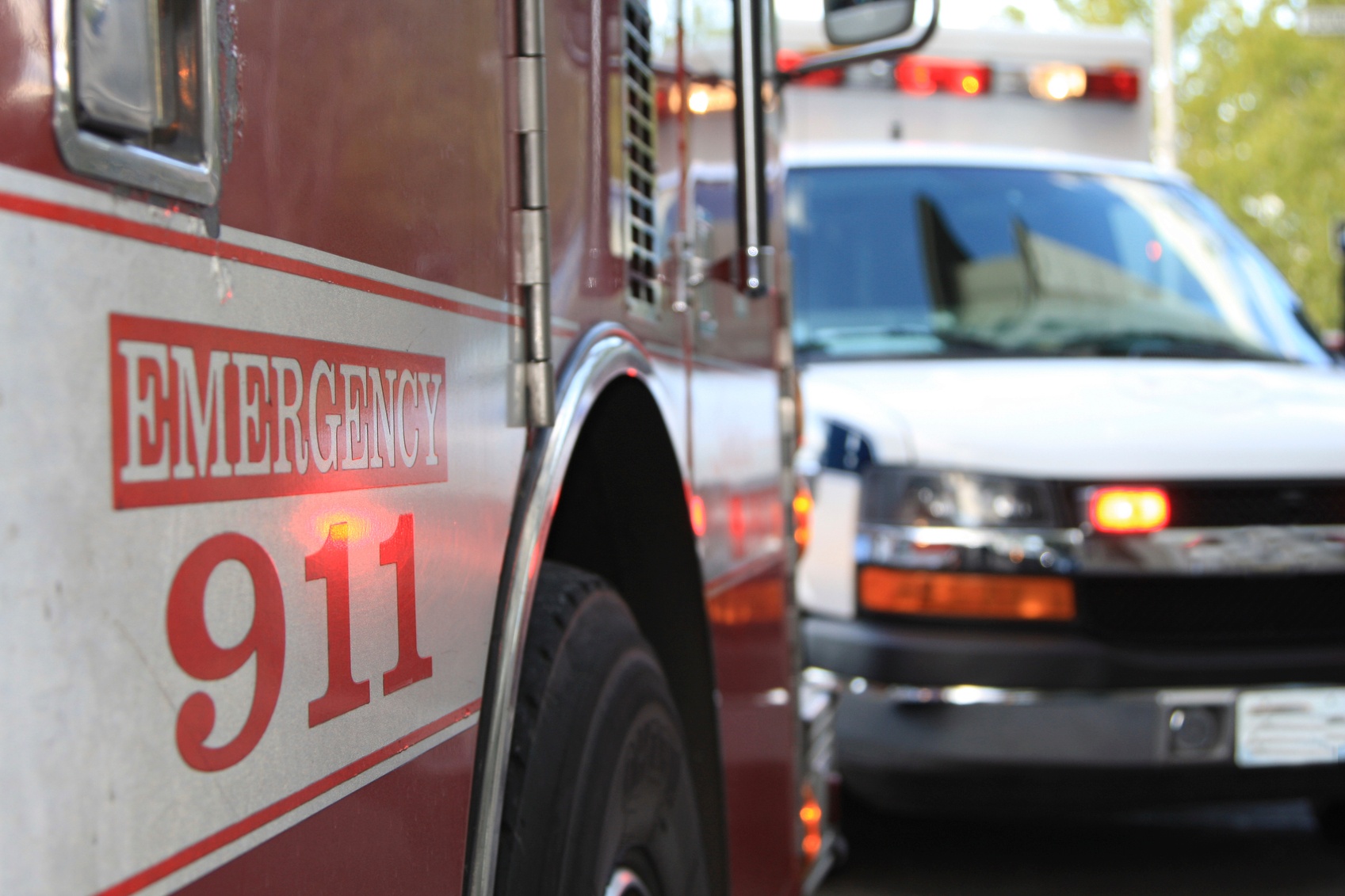
Joann Freel is the Executive Director of the National Association of EMS Educators (NAEMSE). NAEMSE is a member-focused association of EMS educators whose core mission is to inspire educational excellence.
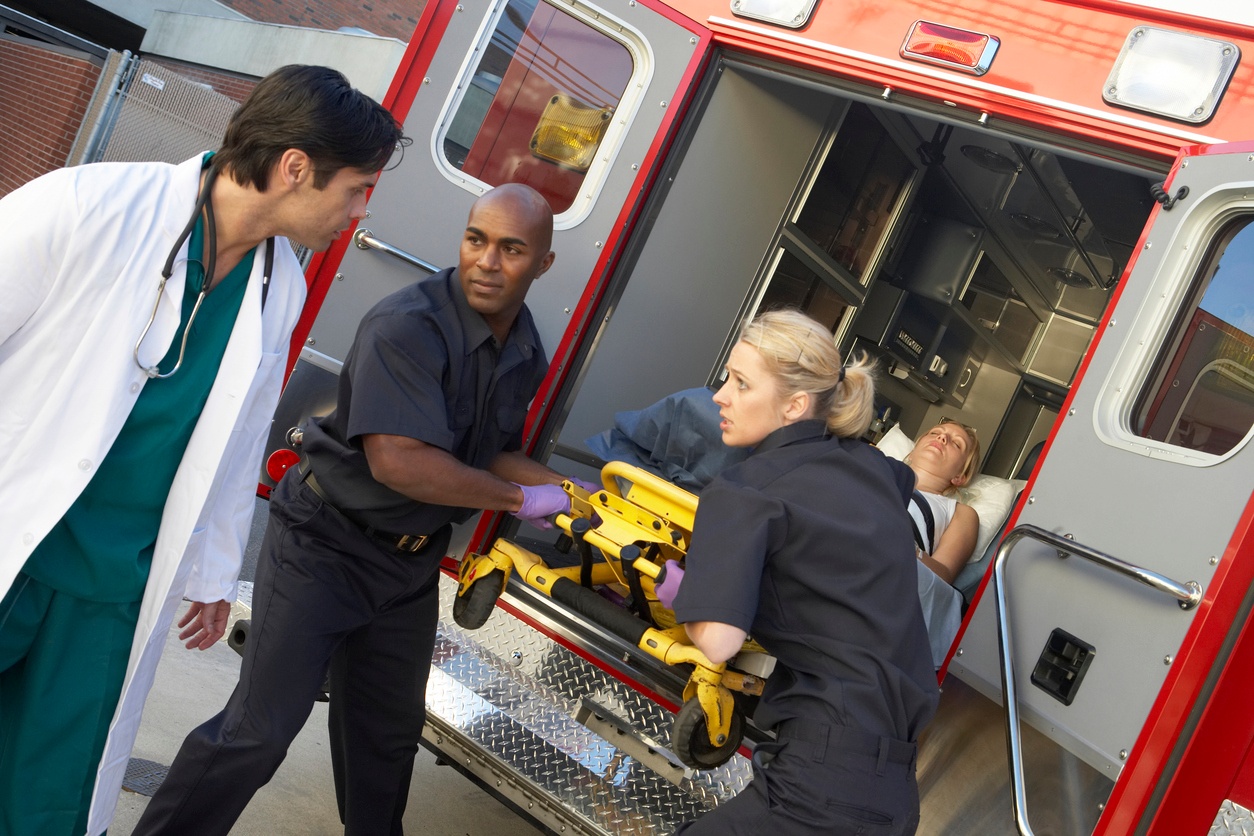
The National Institutes of Medicine reported in its well-known paper “To Err is Human: Building a Safer Health System,” that as many as 98,000 people were dying due to medication errors in hospitals – errors that the institute believed were preventable.

Emergency scene simulations, such as a mock car crash, can do more than help prepare EMS providers and other first responders. They can help high school students avoid becoming statistics.
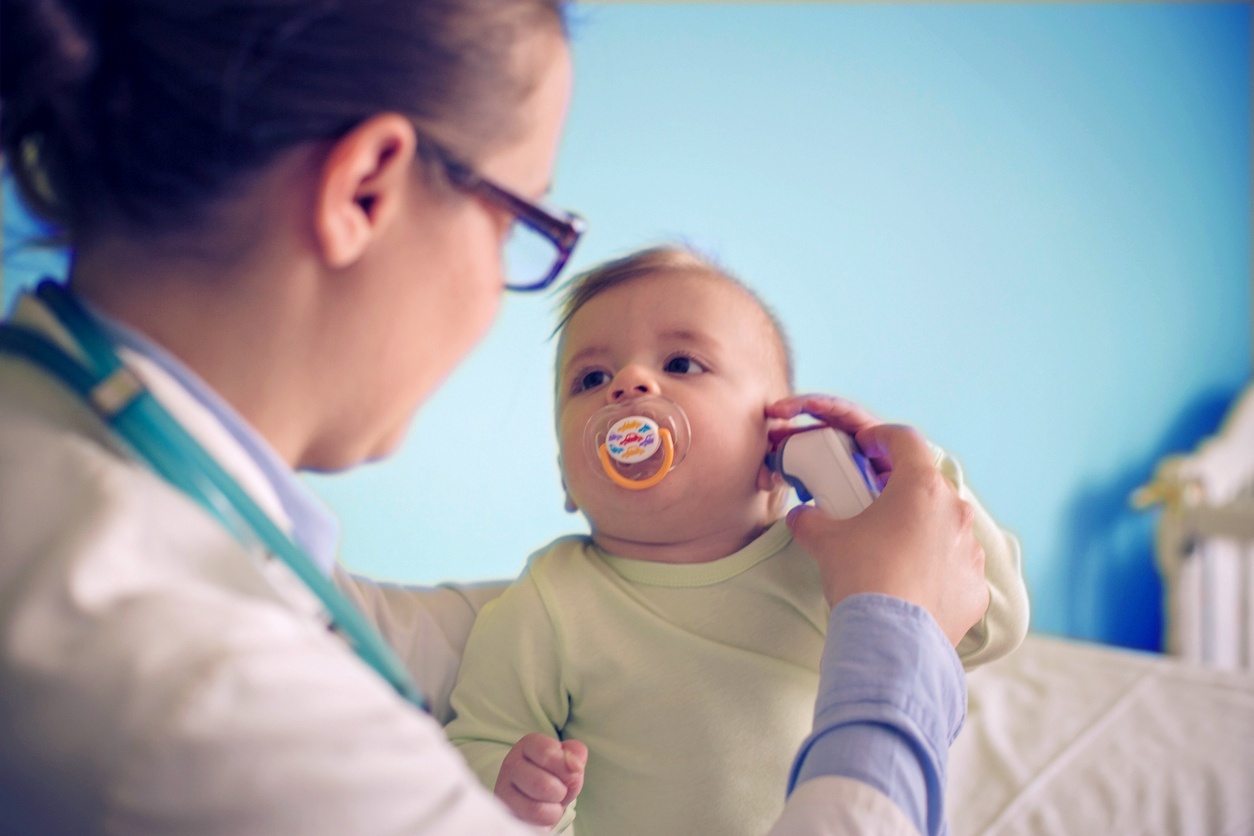
Body temperature is an important vital sign, and helps healthcare professionals quickly determine a patient’s medical situation. In pediatric care, a normal or subnormal temperature reveals a normal condition, a simple fever, or a severe infection.
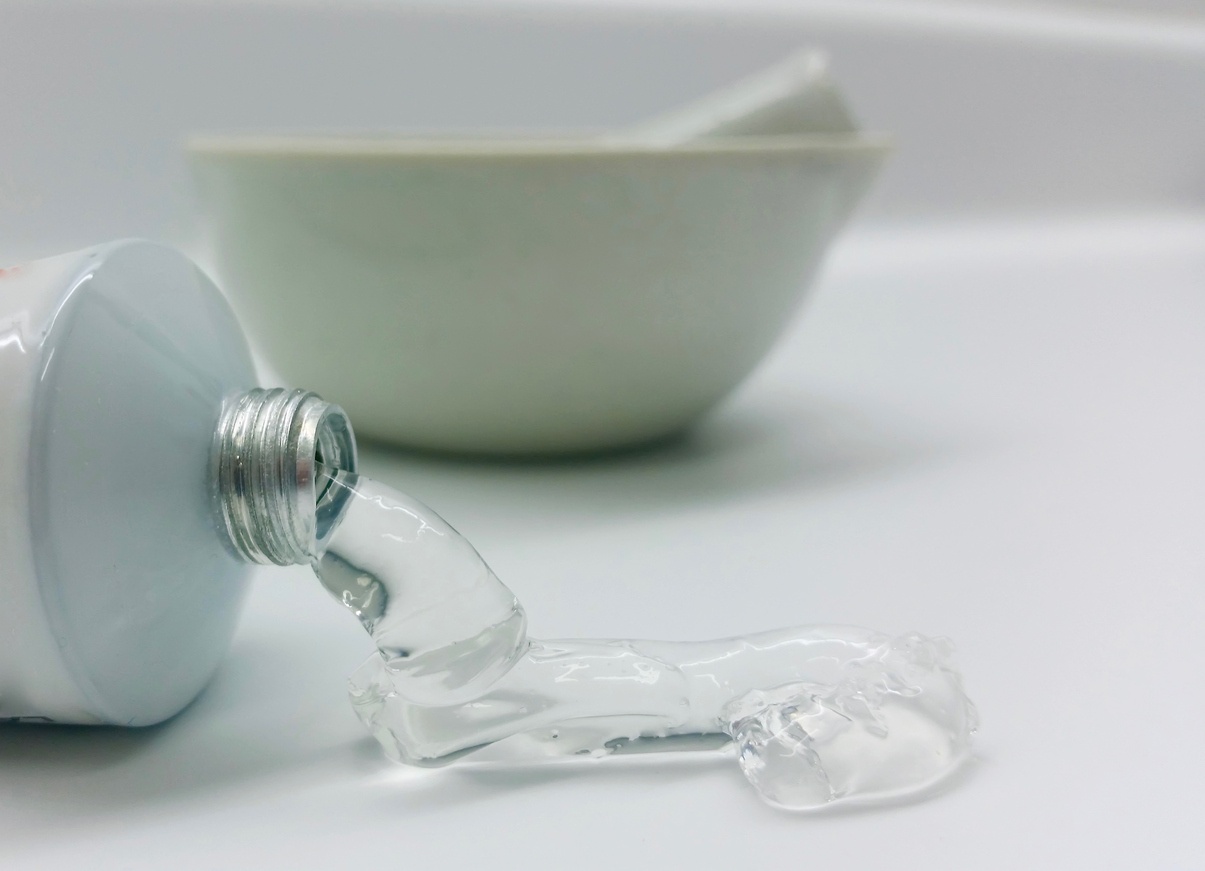
Pharmaceutical compounding is a way of creating customized medication. Compounded medications are made by combining ingredients in the exact strength and dosage formulated for an individual patient. Compounding is used when a patient is allergic to a component of a medication, or to present the medication in a different form – instead of a capsule, a ...

Nurses provide highly skilled, expert care with dignity and kindness throughout our nation’s network of hospitals and extended healthcare facilities. Nurses’ compassion extends to patients’ families and to the communities nurses serve.

Nursing is a great profession because of the many different types of opportunities nursing has to offer. Nursing specialties include nurse practitioner, nurse anesthetist, perfusionist, and my personal favorite: nurse entrepreneur.
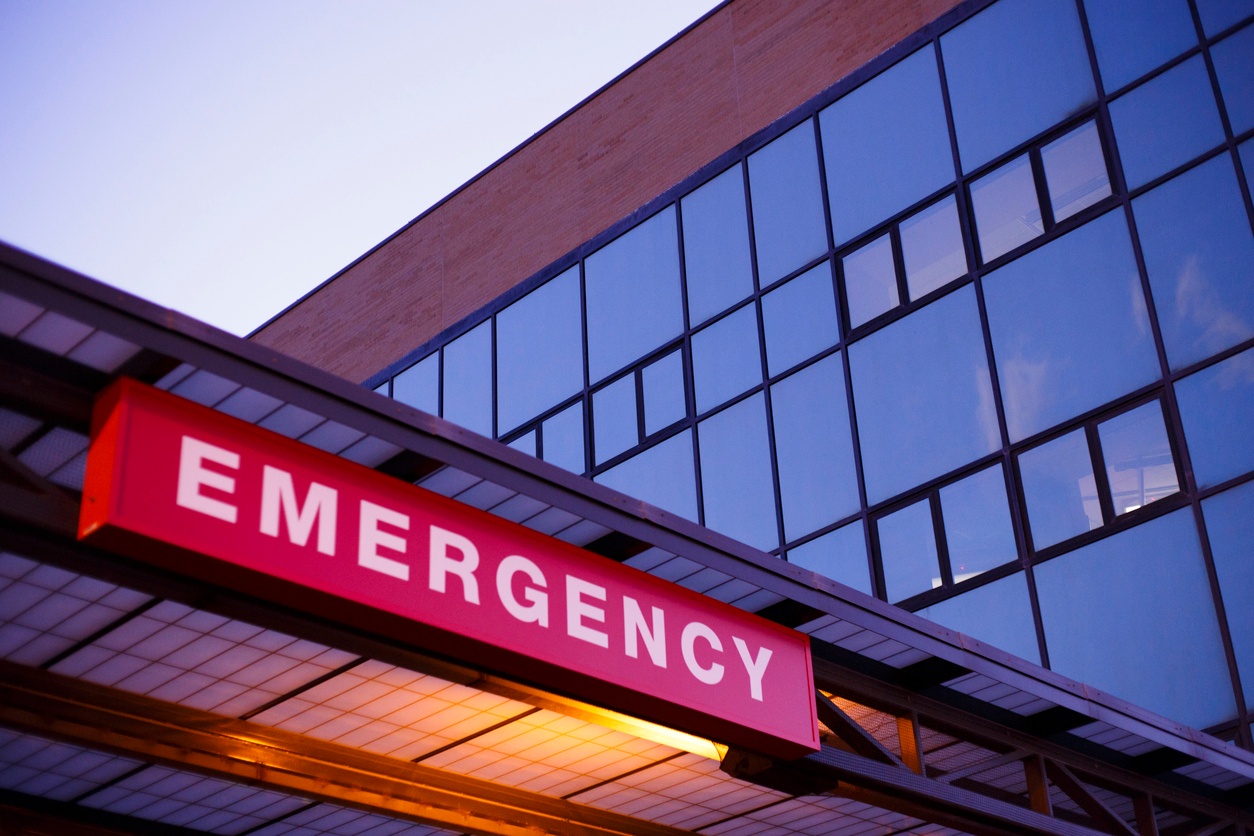
Stroke, which is a disease that affects the arteries leading to and within the brain, is the number 5 leading cause of death in the United States. A stroke occurs when a blood vessel that carries oxygen and nutrients to the brain ruptures or is blocked by a blood clot.

Asthma is a disease that affects a person’s lungs, causing wheezing, breathlessness, chest tightness, and night-time or early morning coughing. One in 13 people has asthma.
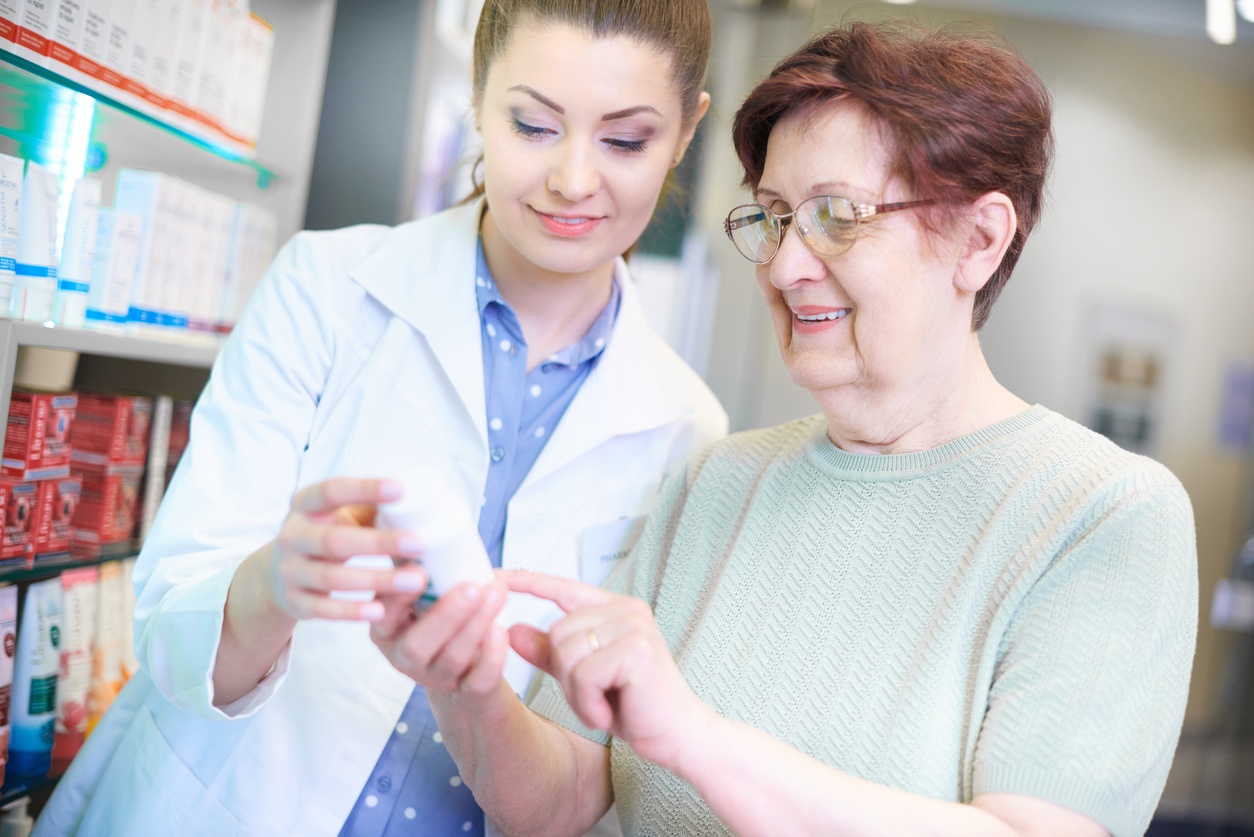
Pharmacists used to be the medication authorities in white lab coats who dispensed relief from behind high counters. They were seldom called on to interact with patients. For that matter, they seldom collaborated with other health care providers; it was a very segmented industry, with doctors handing out orders, and patients expected to follow them ...
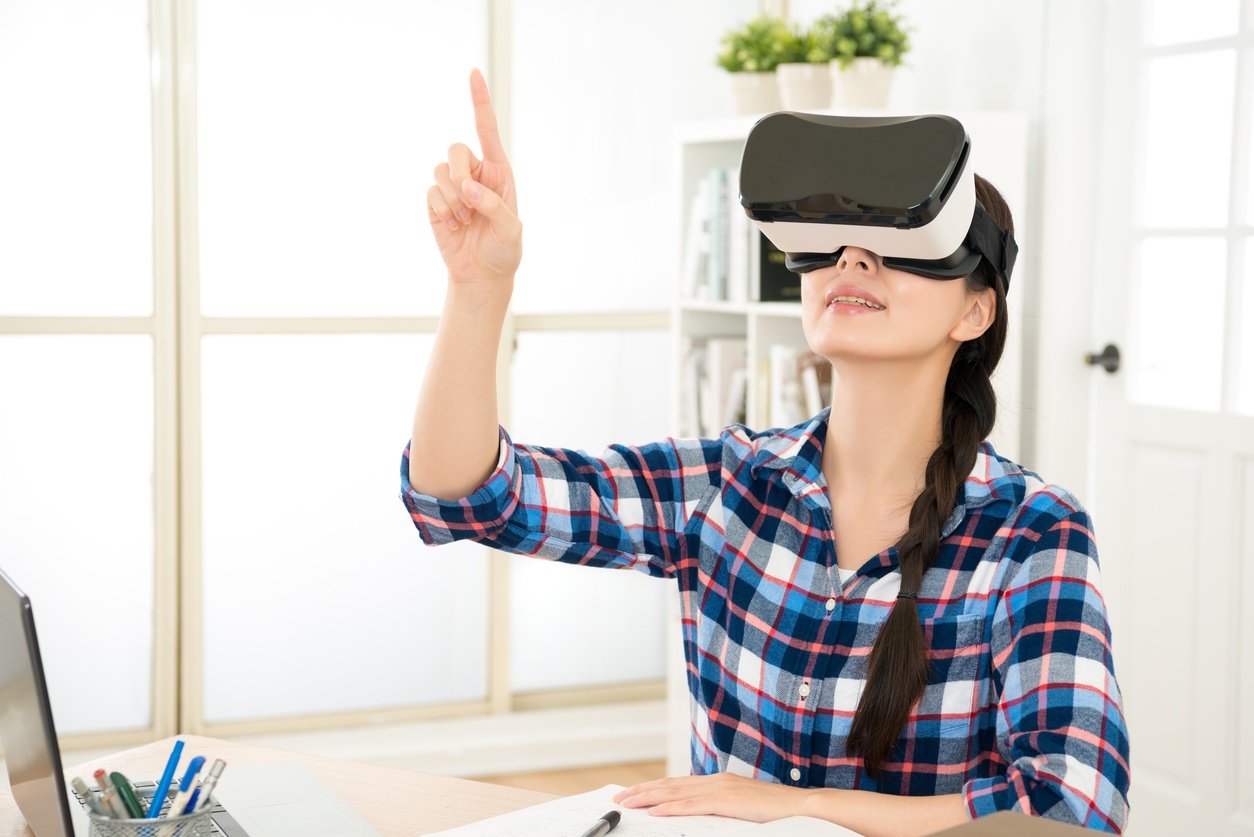
One of the newest and most exciting tools that is being introduced into nursing simulation labs is virtual reality (VR). Although VR systems differ in the details, they all offer a similar experience, enabling students to assess patients and receive feedback in a consistent and objective way.
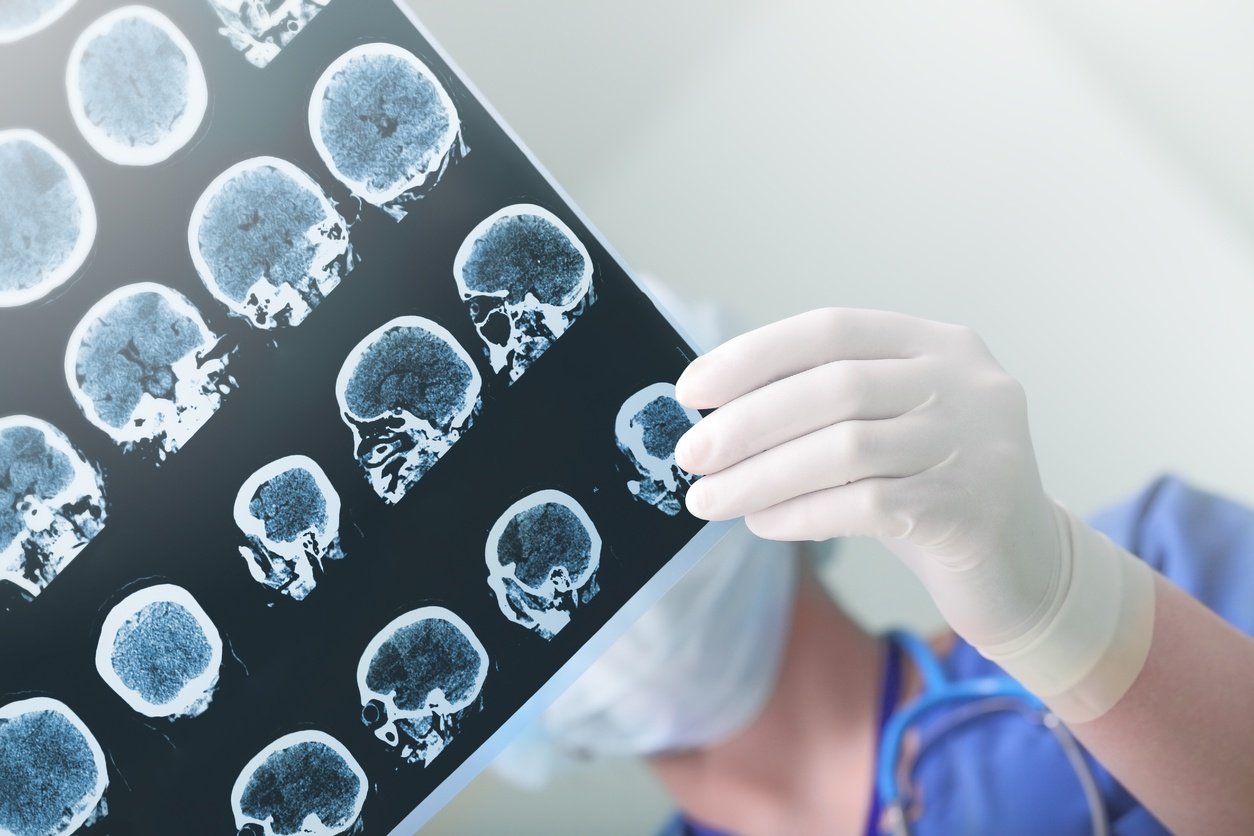
Neurodiagnostics is the analysis and monitoring of the nervous system function of patients in order to help physicians decide and perform effective treatment of neurological diseases and conditions, including:

Katy Mogg, who was Tradeshow Coordinator in 2018, had the privilege of tagging along to observe the Ross/West View EMS Division on one of their quarterly training weekends. During the exercise, she learned what it takes for an educator to create teachable moments in the midst of simulated chaos. Below are a few tips for making a mock ...

This is more information from the white paper Challenges of Implementing Healthcare Simulation in Community Colleges. For our first summary of this white paper, see our article on funding challenges for community ...
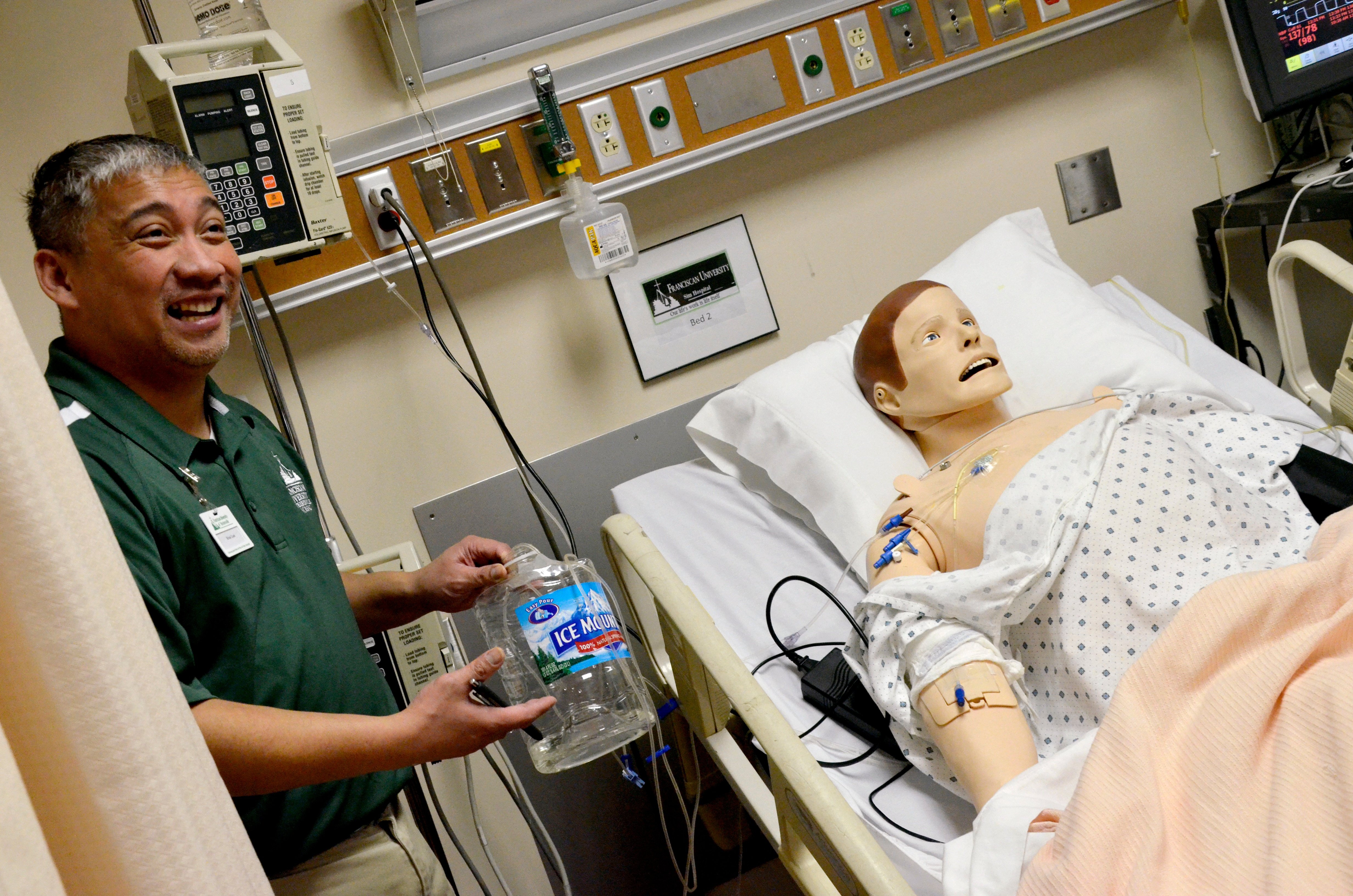
As we have seen, setting up and maintaining a simulation program comes with a steep price tag. However, most schools with nursing, pharmacy, and allied healthcare programs are coming to realize that medical simulation is ...

How can simulation-based training accelerate student learning?
Medicine traditionally relies on a "see one, do one" approach to learning and experience. In this context, didactic learning tends to be limited to the process of imparting knowledge.

Social media is an invaluable tool for contemporary emergency medical service (EMS) agencies. With it, first responders can provide real-time information on community emergencies to their local populace.

Leaugeay Barnes, educator, writer, and experienced paramedic, was kind enough to talk to us about her career in Emergency Medical Services for Women’s History Month. Thanks for taking some time!

Mary Elizabeth Carnegie (April 19, 1916, to February 20, 2008) was a nursing educator and author who worked tirelessly for the cause of African American nurses. She was the first black nurse to serve on the board of a state nursing association (Florida State Nurses Association).

Diabetes is a disease that can affect anyone at any time. Our bodies need and use glucose to fuel our cells, but certain conditions reduce cell access or ability to use glucose properly. If the body can’t convert glucose into insulin, a person will develop diabetes, which can become a life-long health condition.

This information is from the white paper Challenges of Implementing Healthcare Simulation in Community Colleges. Any quoted percentages are from the surveyed institutions. For more information, or to view the white paper, see the link at the end of the article.

Simulation in education is still a young field, although it’s been rapidly adopted in nursing programs, EMS training programs, and other allied health educational programs over the past 10 years. As a result of this rapid adoption, many instructors end up having questions about how to deploy simulation tools in the most efficient, cost-effective way.

Human resource (HR) teams play important roles in the success of healthcare organizations. HR enhances the delivery of excellent patient care through the management of an organization’s most valuable resource – its employees.

A current and on-going challenge in the area of patient safety is the transport and treatment of bariatric patients. EMS providers are on the front lines of this issue, and EMS education should create a comprehensive curriculum for bariatric patient scenarios.

Autism Spectrum Disorder (ASD) is a developmental disability that is estimated to currently affect 1 in 68 children. Children and adults with ASD do not have a visible disability, which can make assessing and treating them challenging.
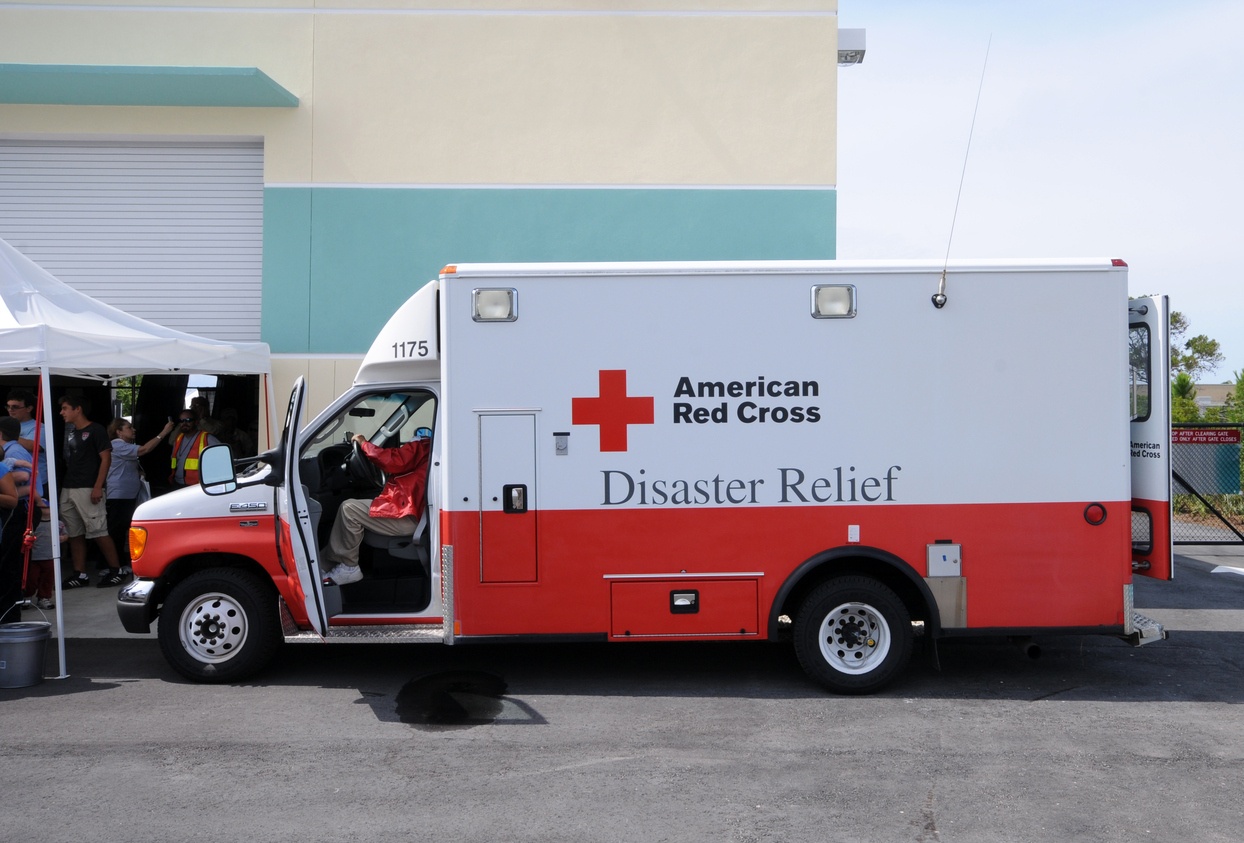
Born in 1821 in North Oxford, Massachusetts, Clara Barton became an educator before discovering her calling during the American Civil War. The start of the war found Barton in Washington, D.C., and acting on a desire to serve her country, she quickly volunteered to nurse Union soldiers injured in the Baltimore Riot.
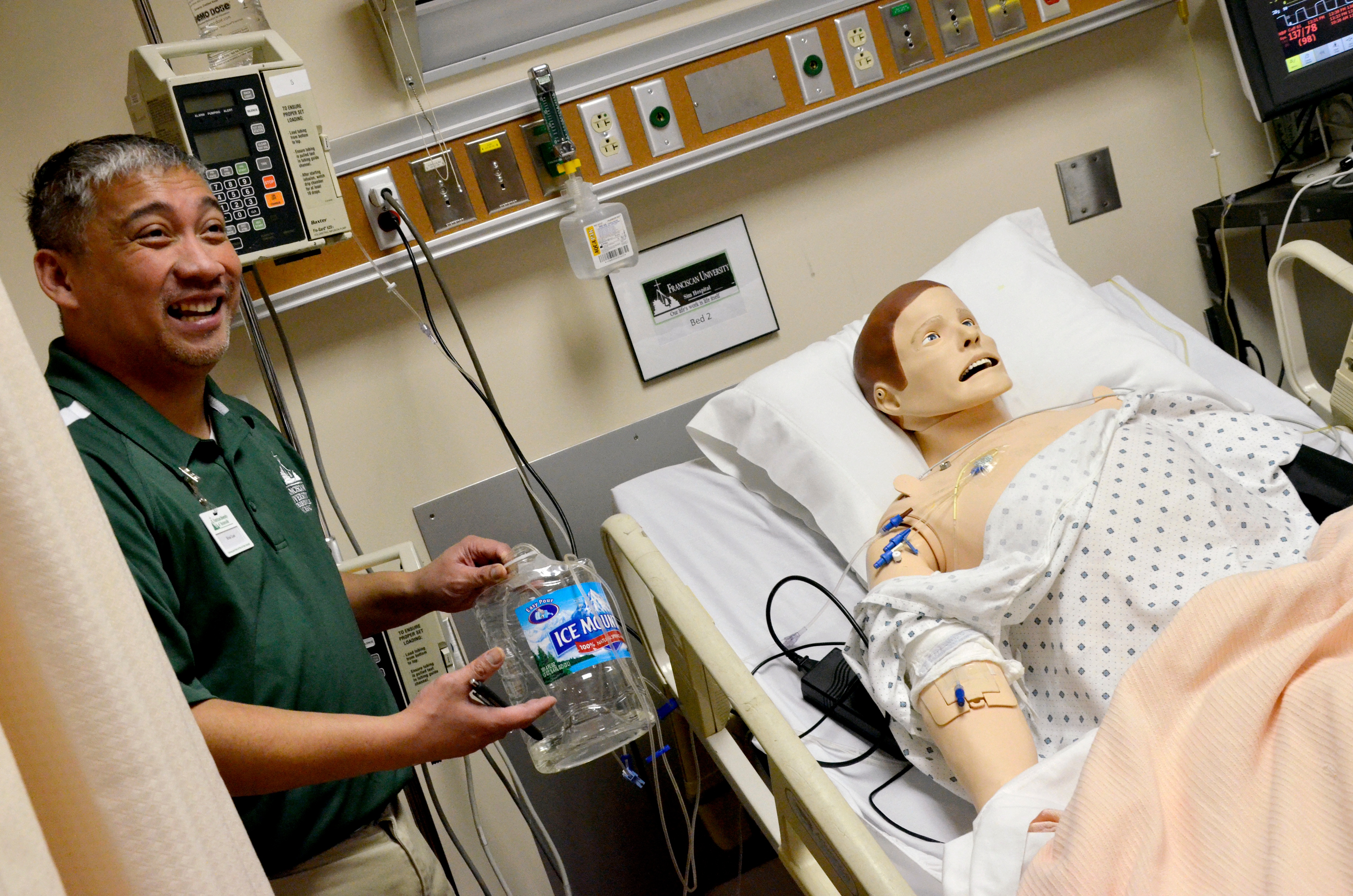
Designing a nursing curriculum that integrates simulation comes with a fair number of challenges, not the least of which is simply obtaining the needed room and equipment to set up a functional simulation lab. But once those first purchases are out of the way, and you have some manikins to put in beds, what’s next?
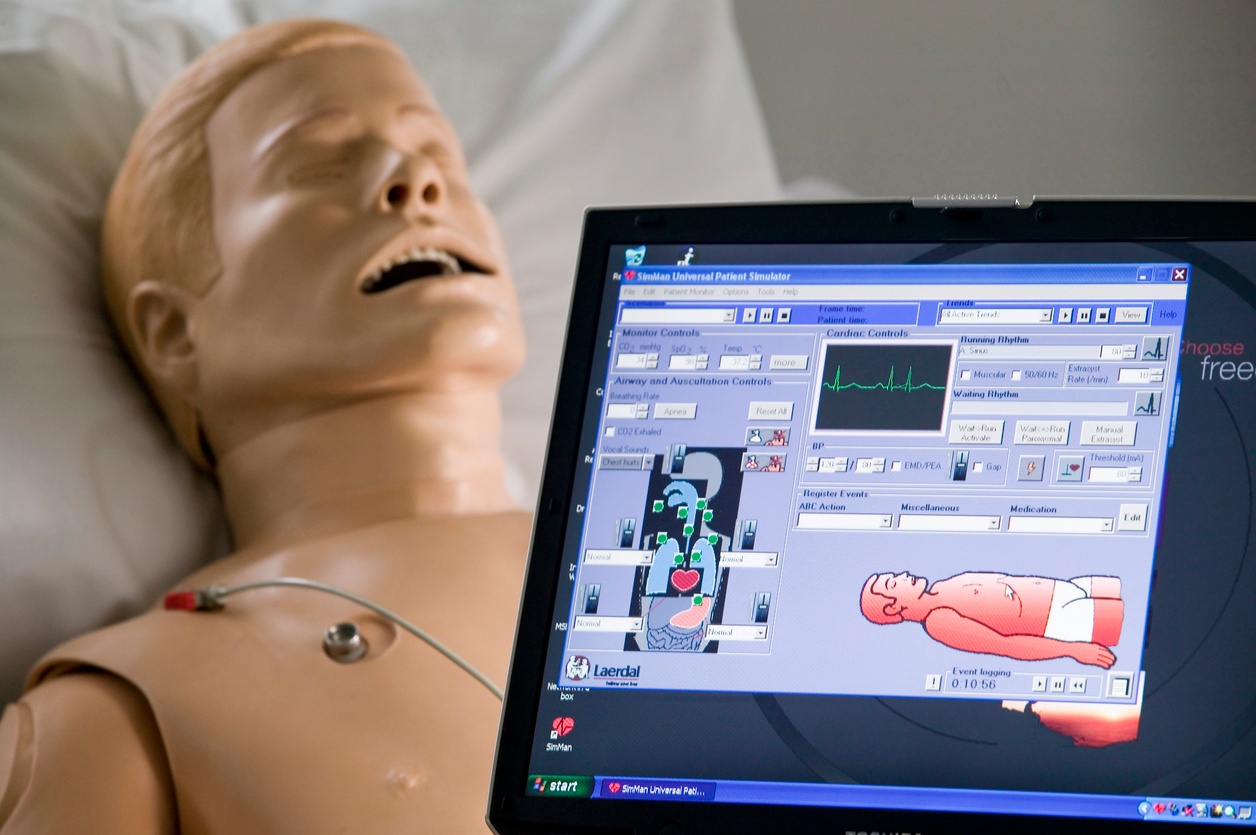
The decision to complete an RN-MSN program led me to Robert Morris University, in Pittsburgh, Pennsylvania, and into healthcare simulation at the Research and Innovation in Simulation Education (RISE) Center. I was part of an initial expansion where part-time instructors were hired to supplement a growing simulation schedule, even though at the time, I ...
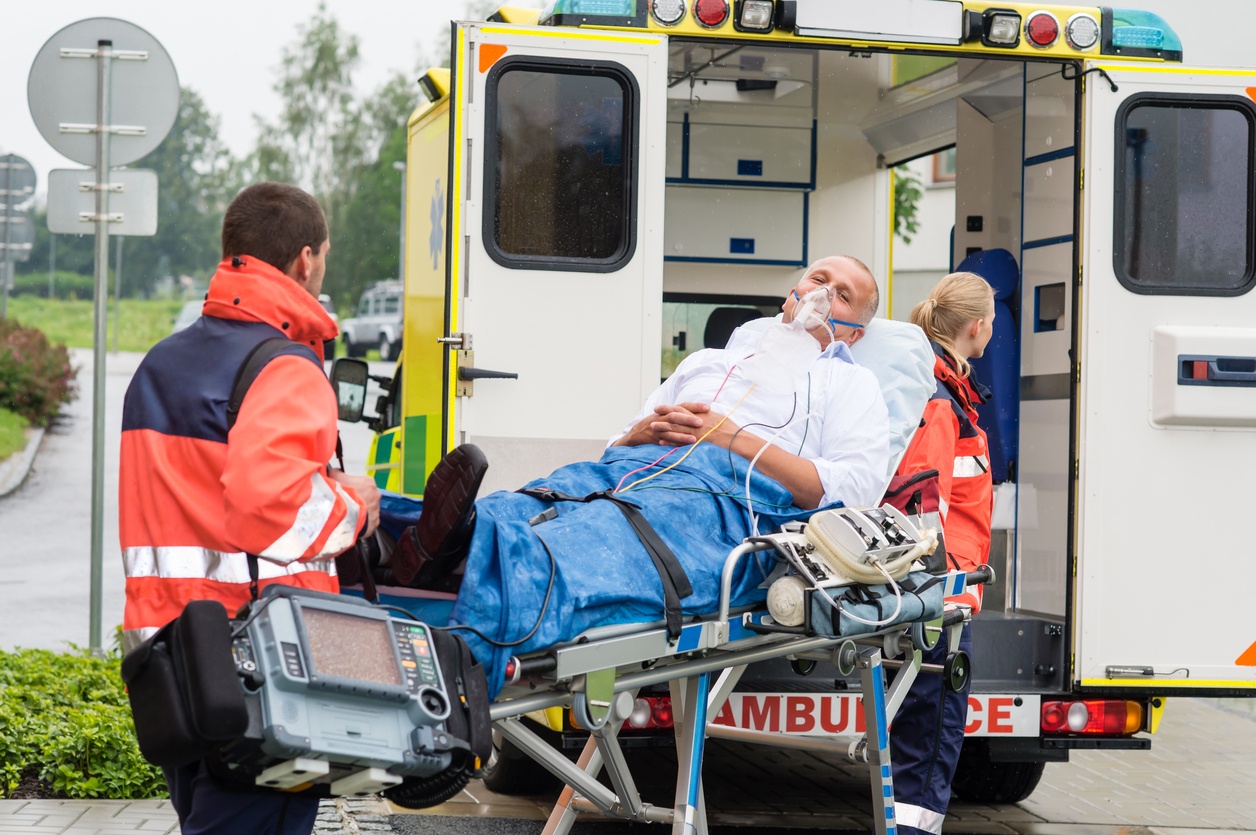
Airway management in healthcare is defined as procedures or use of devices that ensure an open pathway for air exchange between a patient’s lungs and the atmosphere. In the simplest of terms, whatever a healthcare provider needs to do to make sure his or her patient is breathing effectively or receiving enough oxygen to preserve life should be done ...

Realistic formative and summative scenarios are how we in EMS education fulfill the mantra, “Train like we fight.” Formative scenarios reinforce the learning process with perfect practice by providing frequent and accurate feedback to ensure automatic delivery of the skills (NREMT, 2015). Summative scenarios are used to evaluate a student’s ability to ...
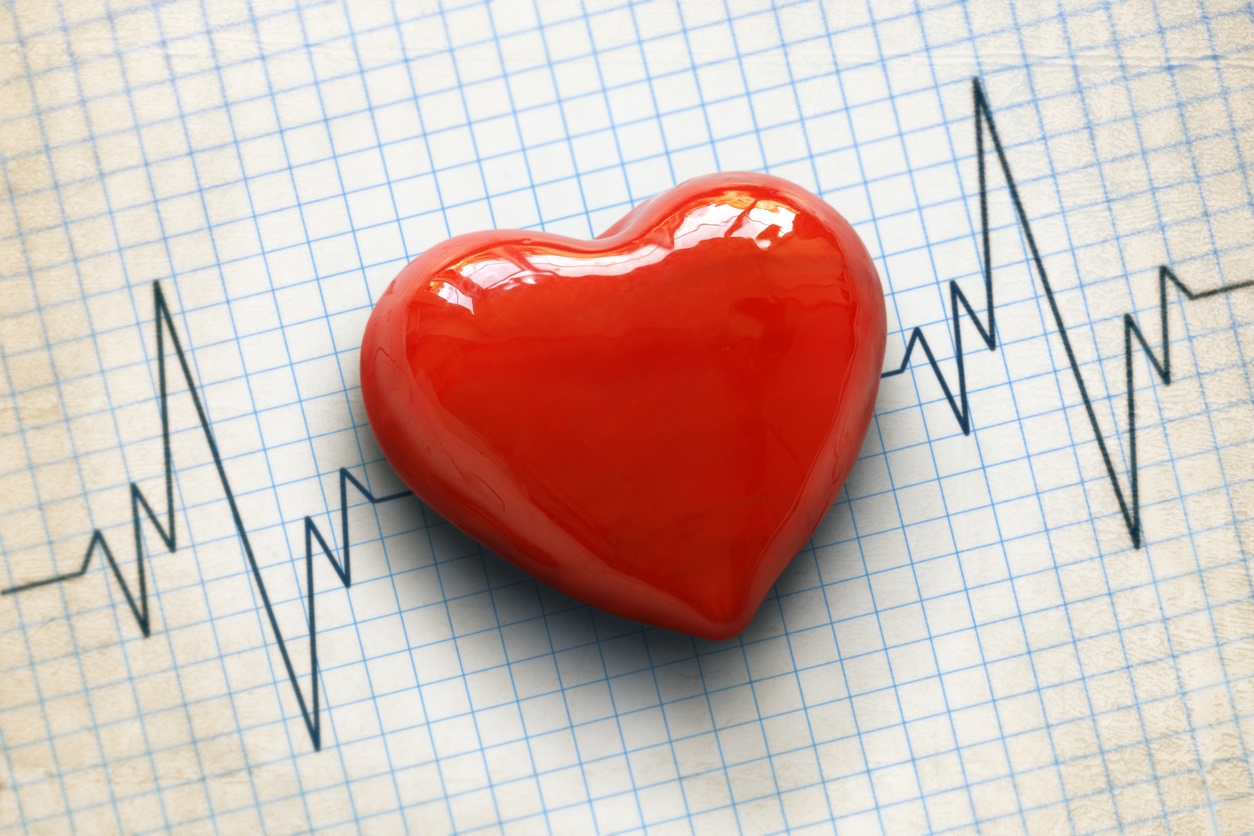
Every year, about 735,000 Americans have a heart attack, with about 525,000 of those being a first heart attack. More alarmingly, 210,000 heart attacks annually happen in a person who has already suffered a previous heart attack.

The face of healthcare changes continually. New technology, advancements, and clinical processes all support the goals of creating a better patient experience, improving patients’ health, and promoting lifestyle habits that sustain good health and/or help maintain a chronic condition.

Once the tool of assassins and murderers, cyanide is now a highly regulated drug. However, while cyanide is hard to obtain for any type of political intrigue or anonymous poisoning (think of the still-unsolved 1983 Tylenol murders in Chicago), it is a toxic by-product of burning building materials. As such, EMS professionals and other first responders ...
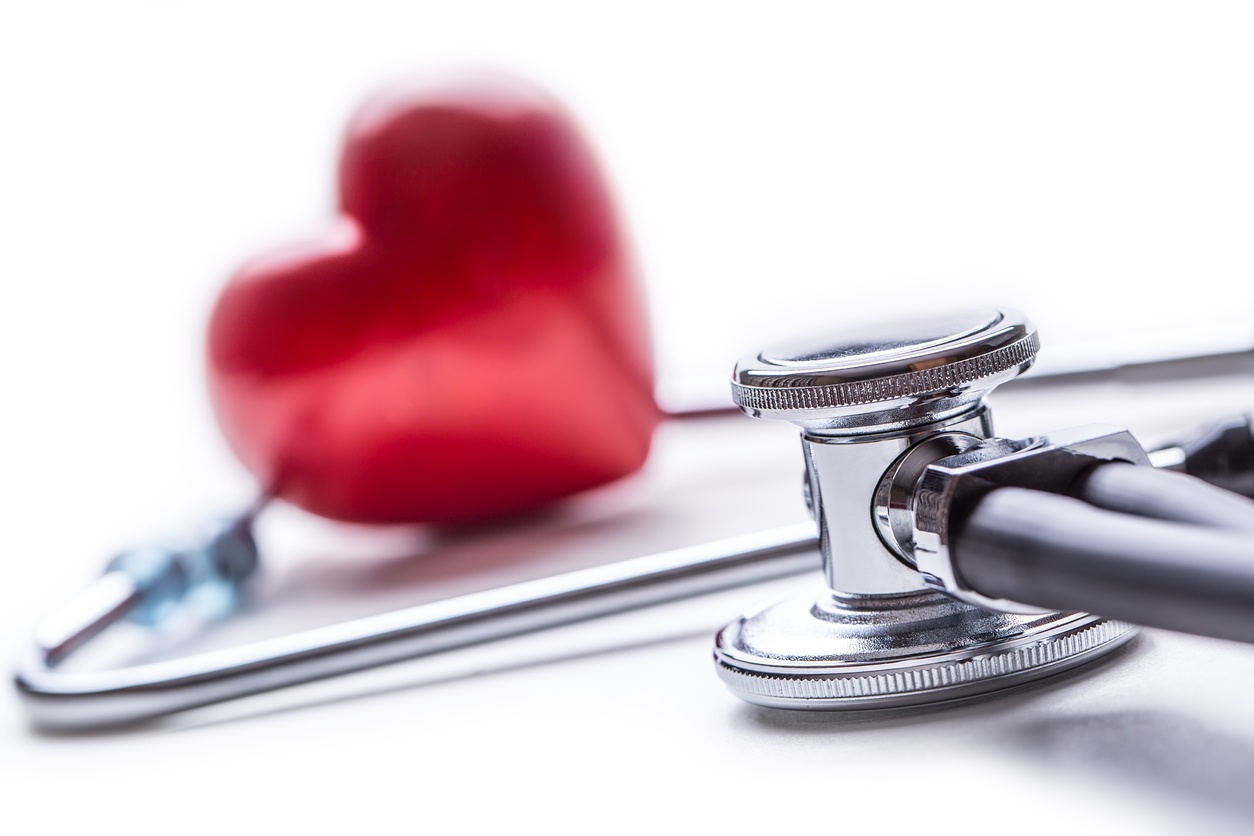
Accurate auscultation – or listening to heart sounds, and sounds from other organs including the lungs, with a stethoscope – is a basic skill, yet also comes with challenges. Auscultation helps healthcare professionals, including nurses, physicians, EMTs and paramedics, assess and diagnose patients.

Although patient safety hasn’t been studied as much in EMS as in nursing and pharmacy (for example), it is becoming a focus in EMS and EMS education now. Educational challenges that exist can be overcome by incorporating simulation into the EMS curriculum.

Conferences are a wonderful opportunity to meet and talk with colleagues and industry experts. The International Meeting for Simulation in Healthcare (IMSH) collects the expertise of healthcare education and simulation leaders globally.
IMSH hosted dozens of interactive sessions on a broad range of topics. Here were a few of the most common topics ...
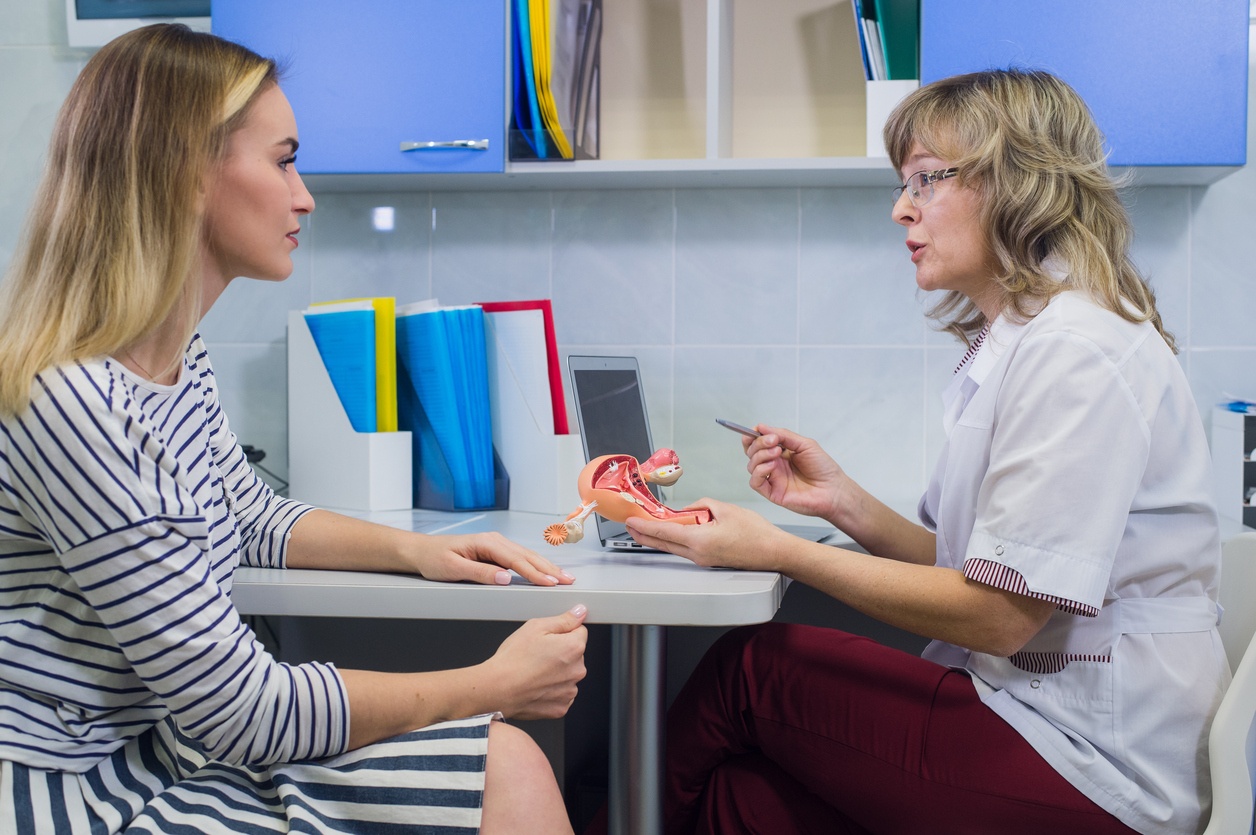
Each year, more than 12,000 women in the United States are diagnosed with cervical cancer. Teaching students, educators, healthcare providers, and women how to prevent and treat it, and promote cervical health, is more vital than ever.
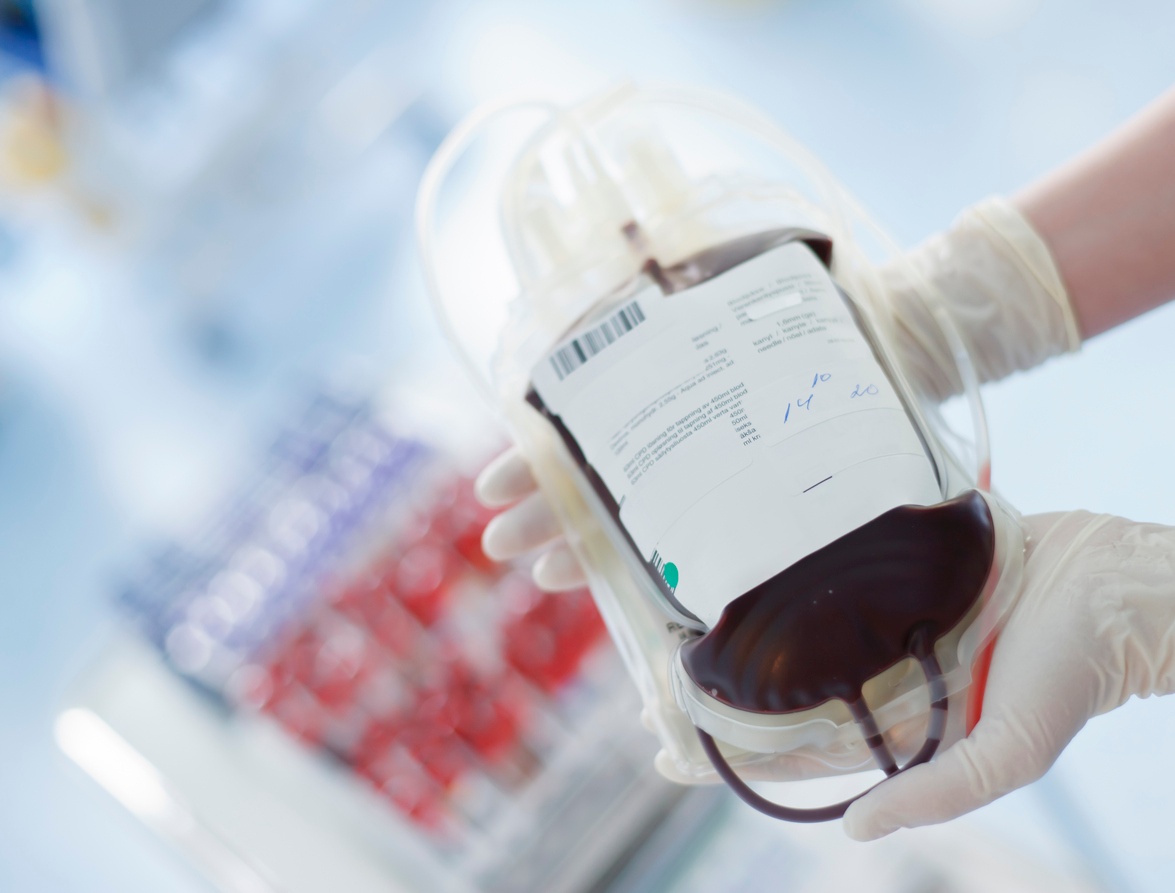
The only source of blood for patients who need a transfusion is a generous blood donor. Blood cannot be made or manufactured outside of the body.

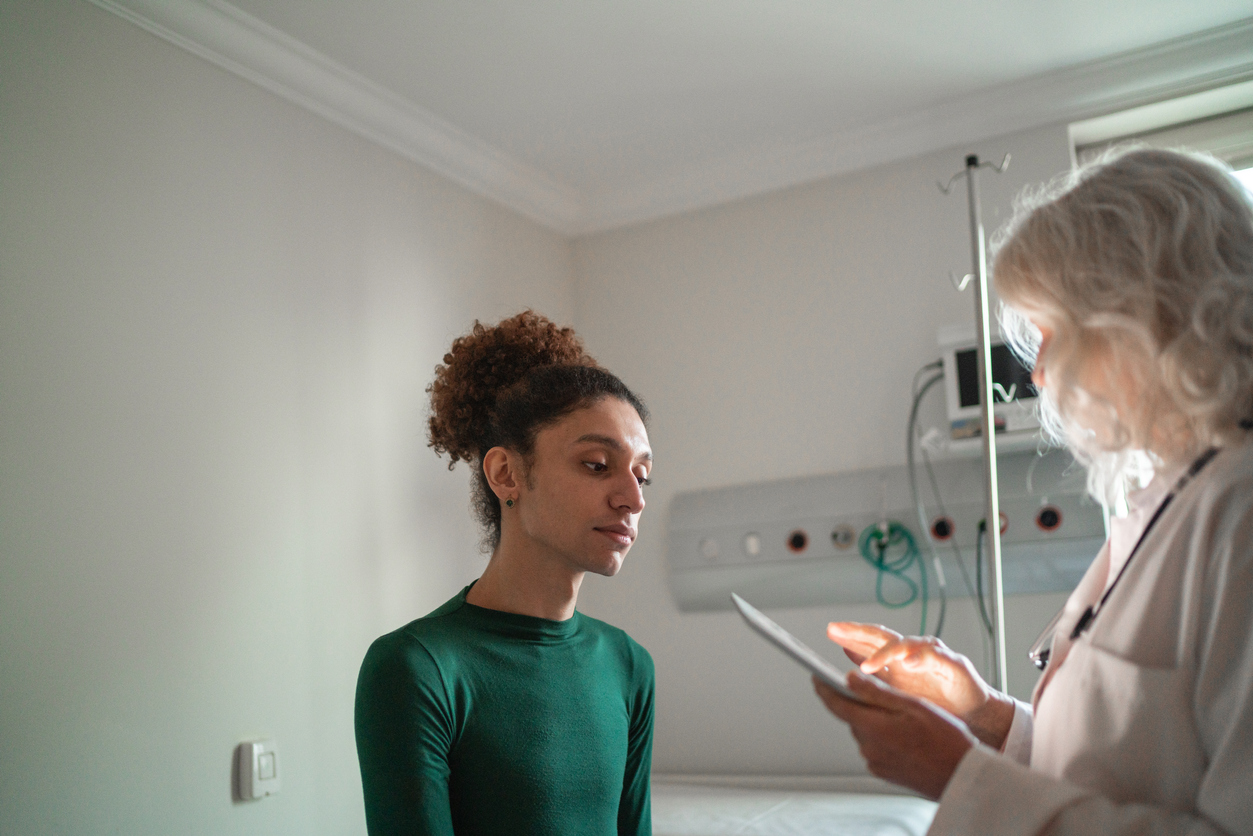


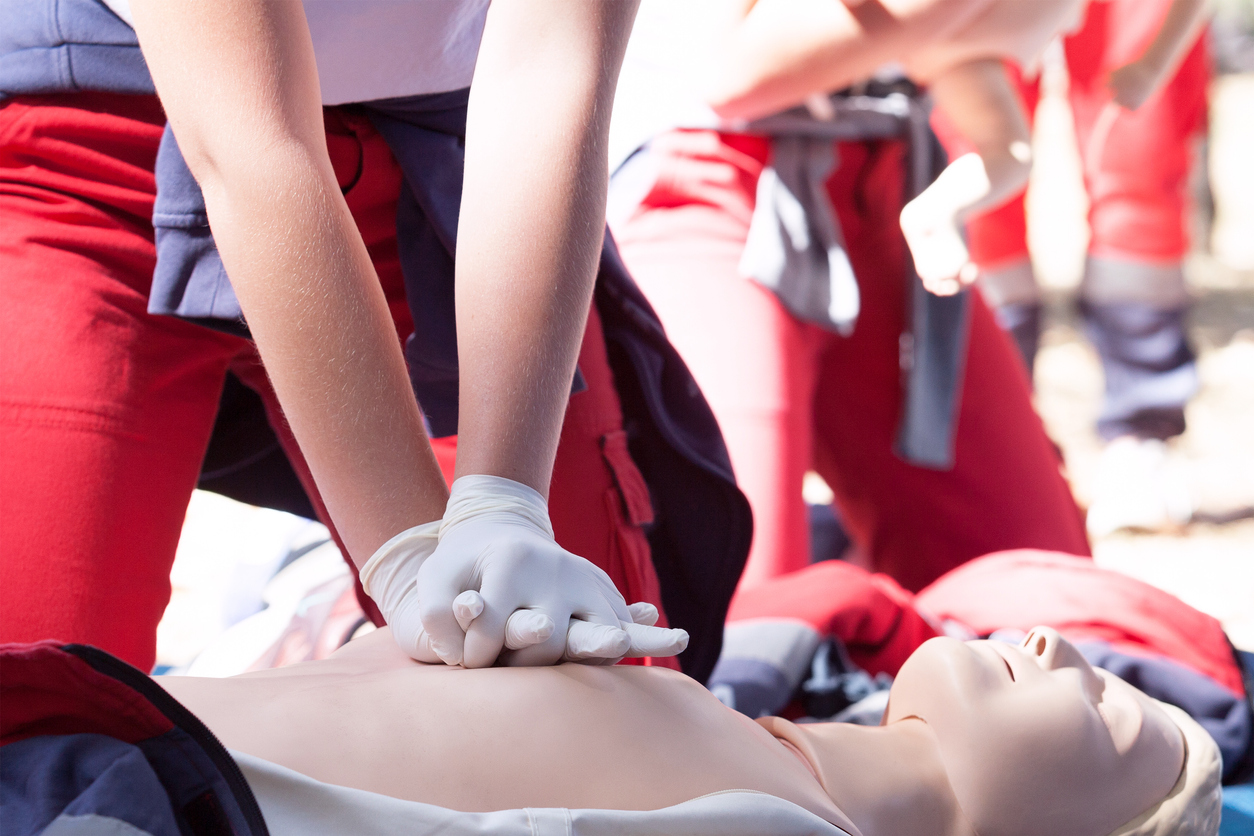



































.jpg)











-1.jpg)







-1.jpg)





















.jpg)

















%20(1).jpg)

-2.jpg)






.jpg)

.jpg)






.jpg)
.jpg)
.jpg)

.jpg)





























































